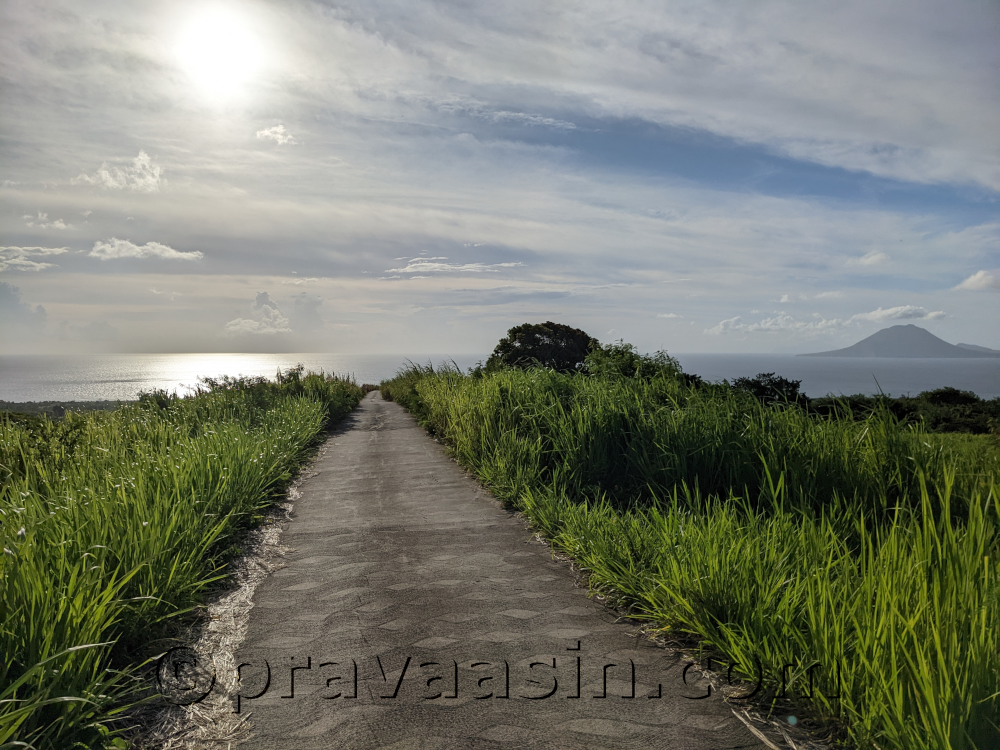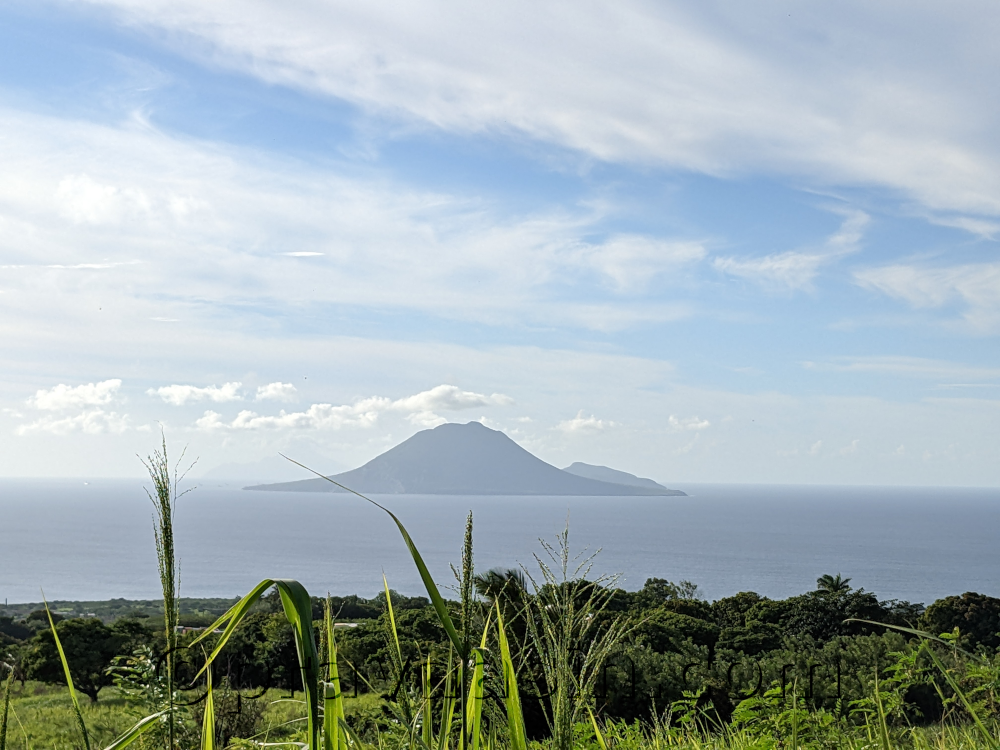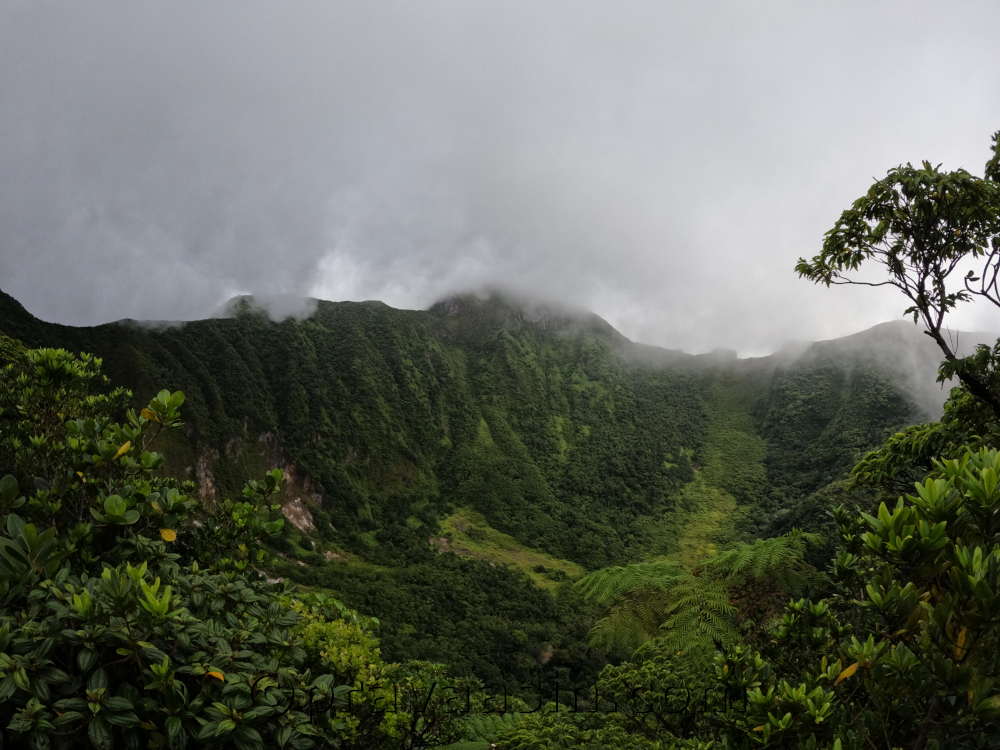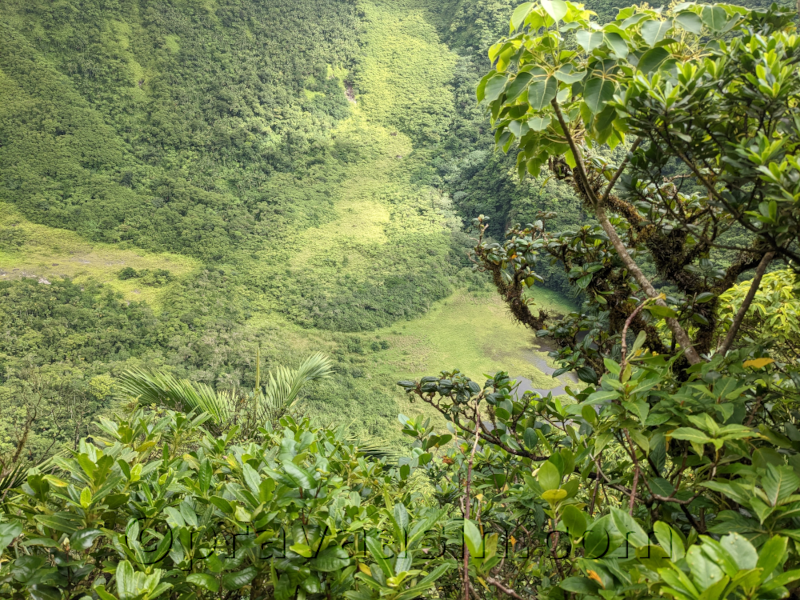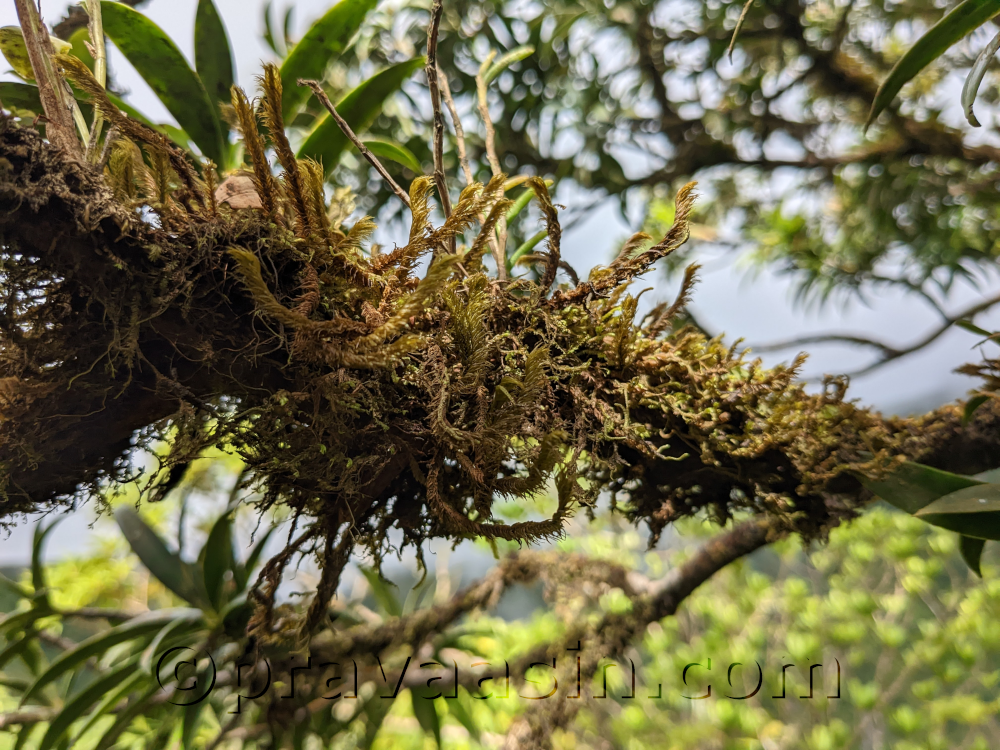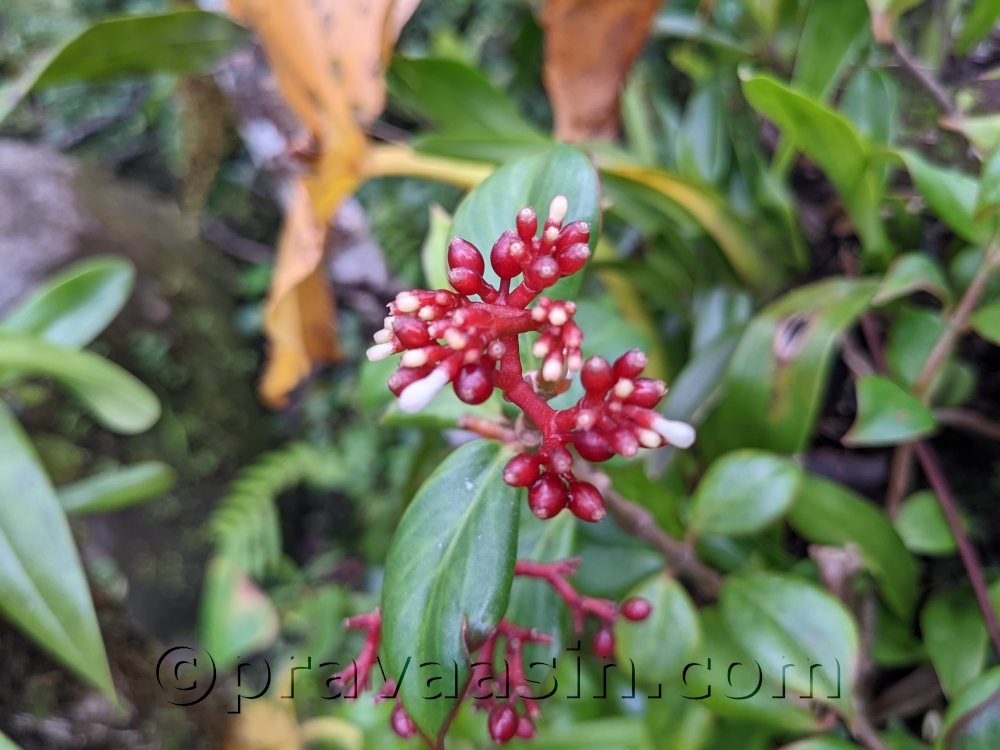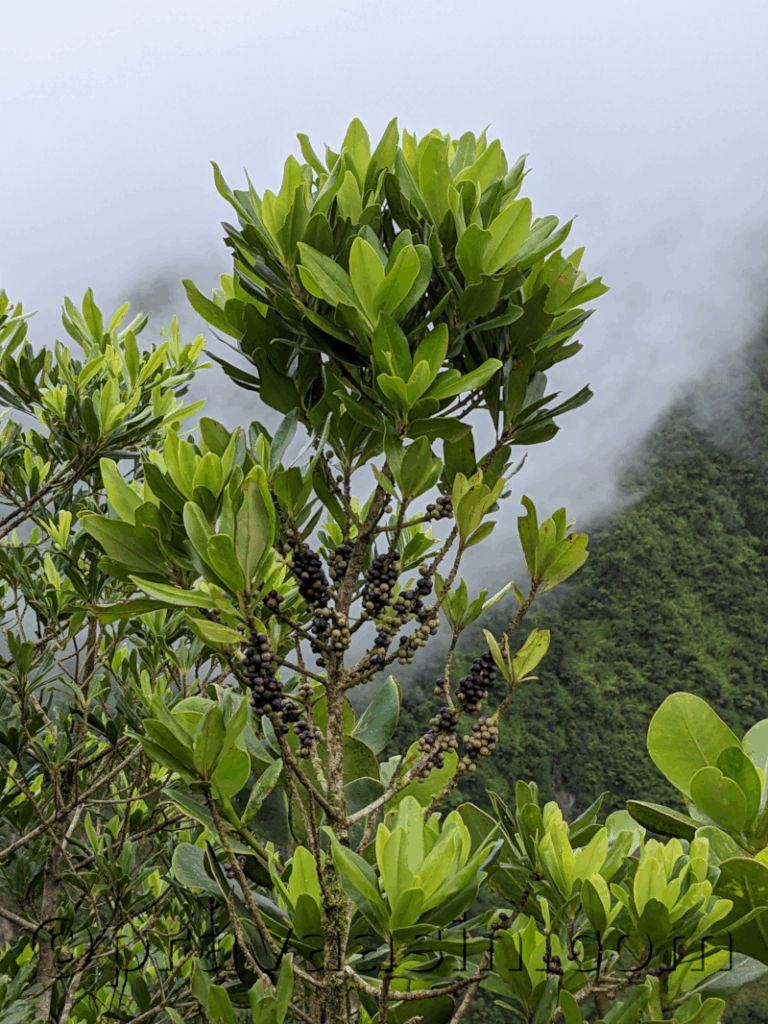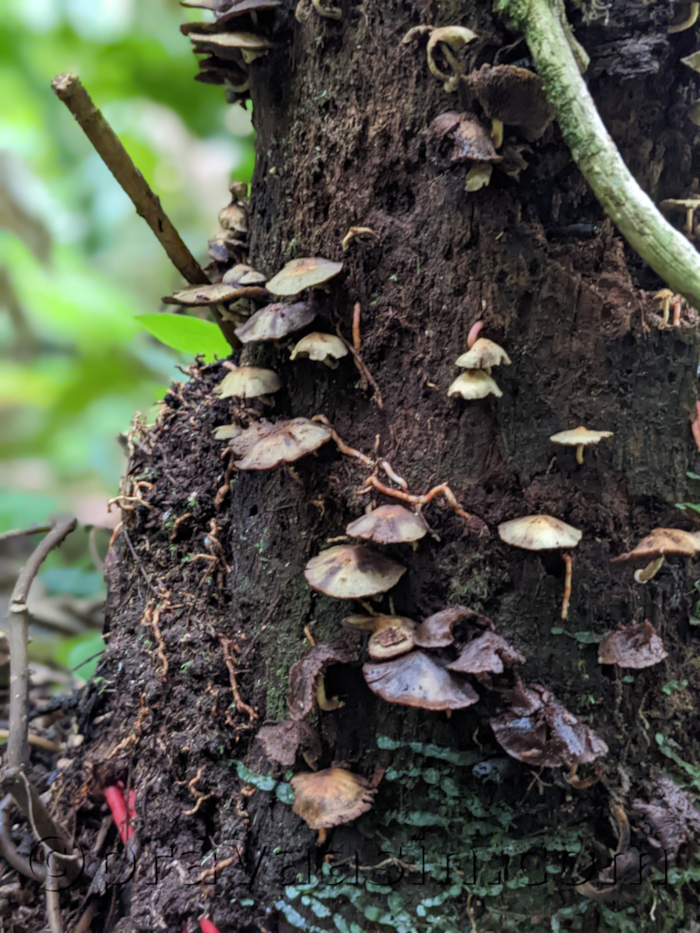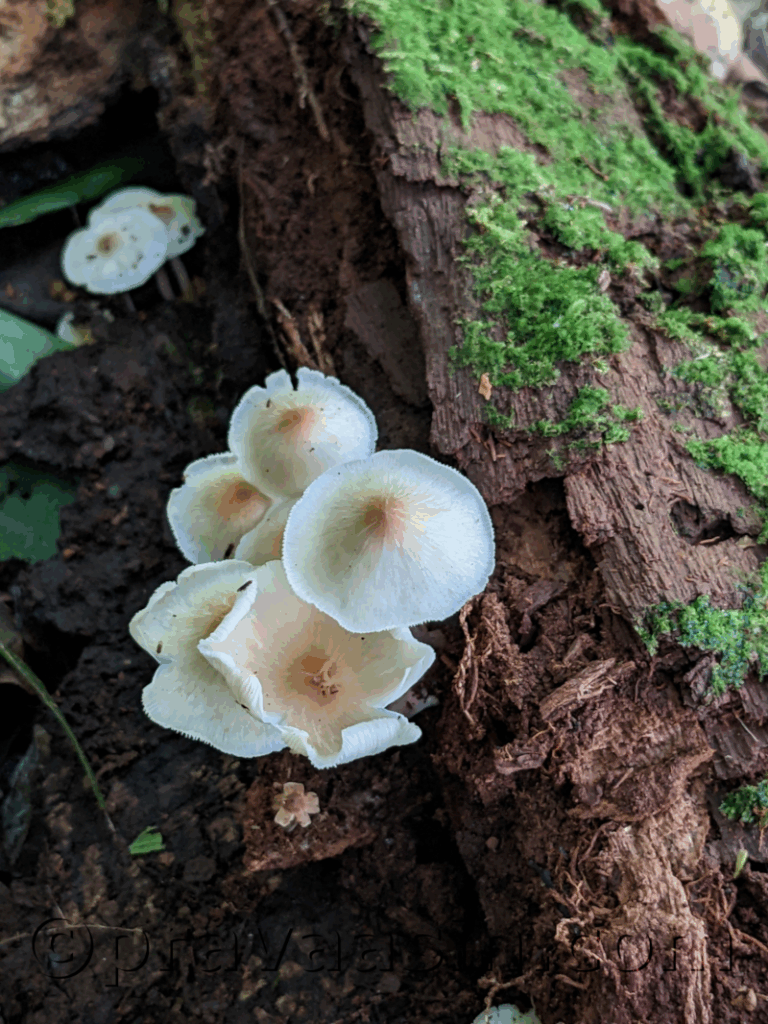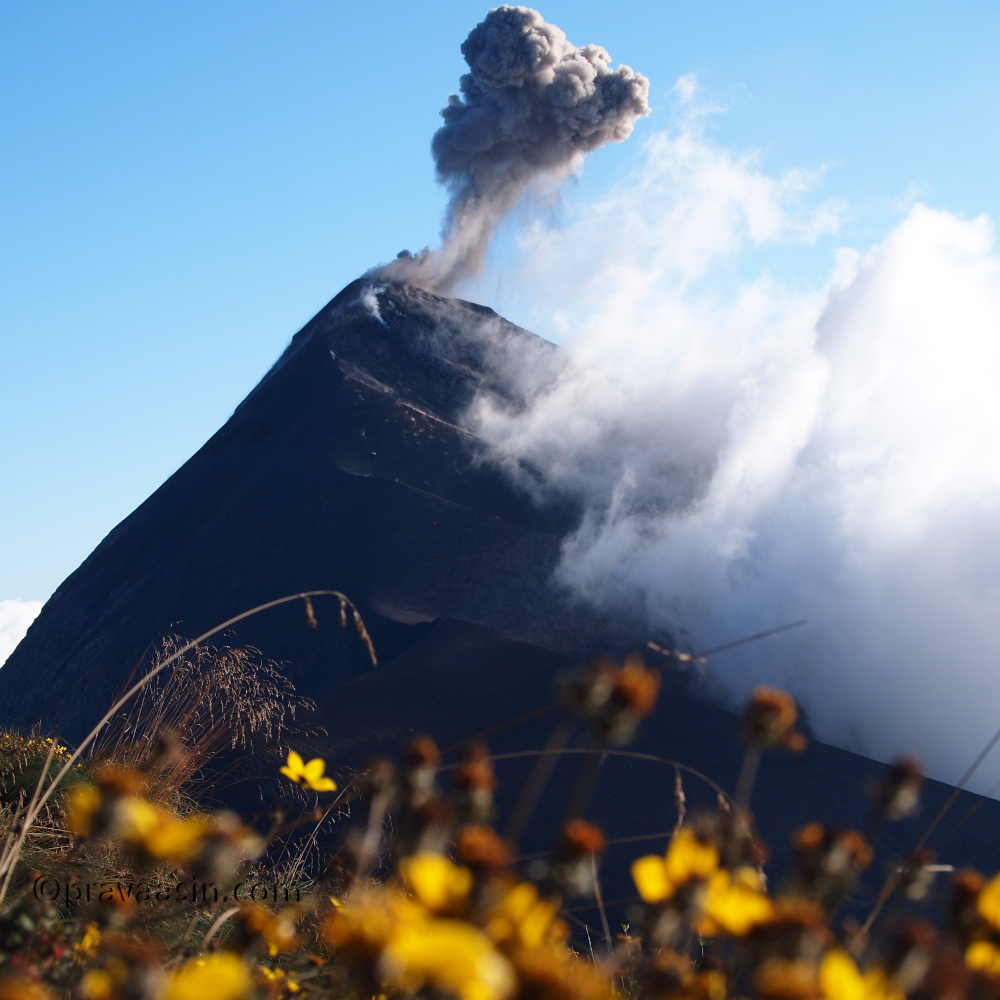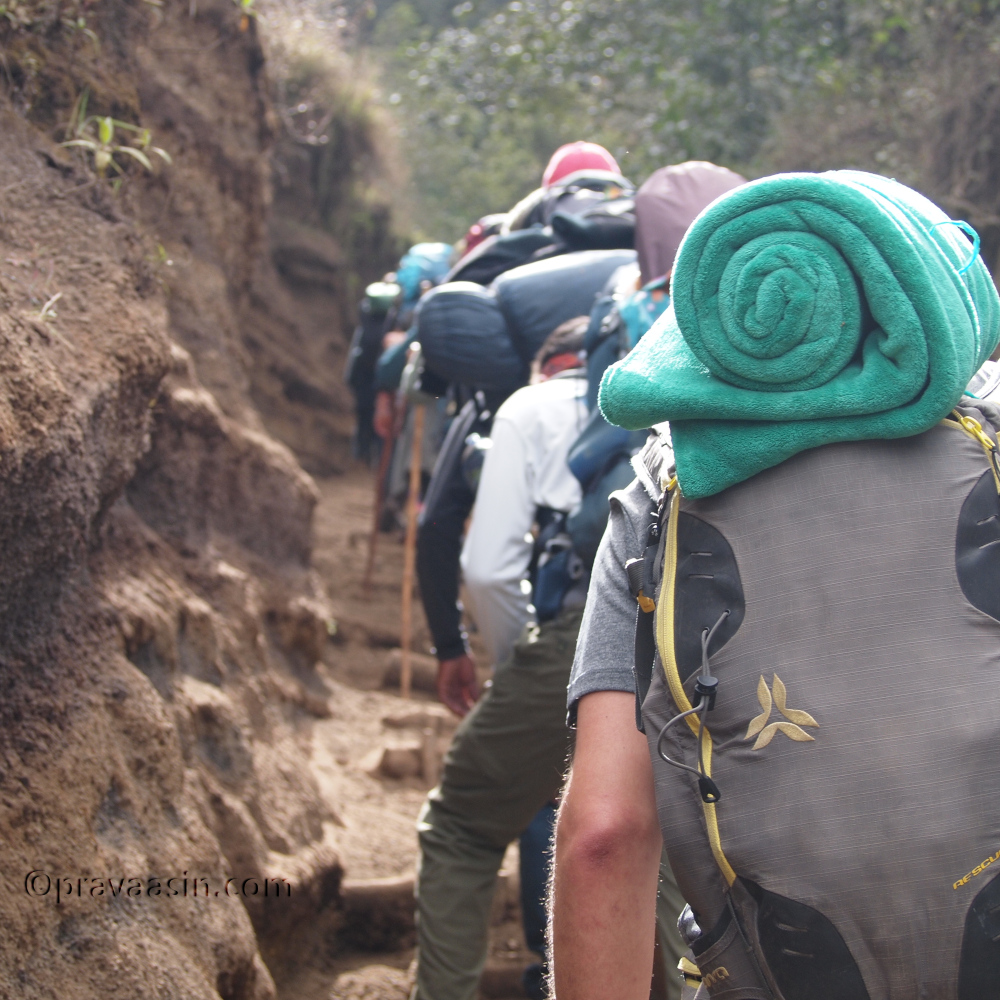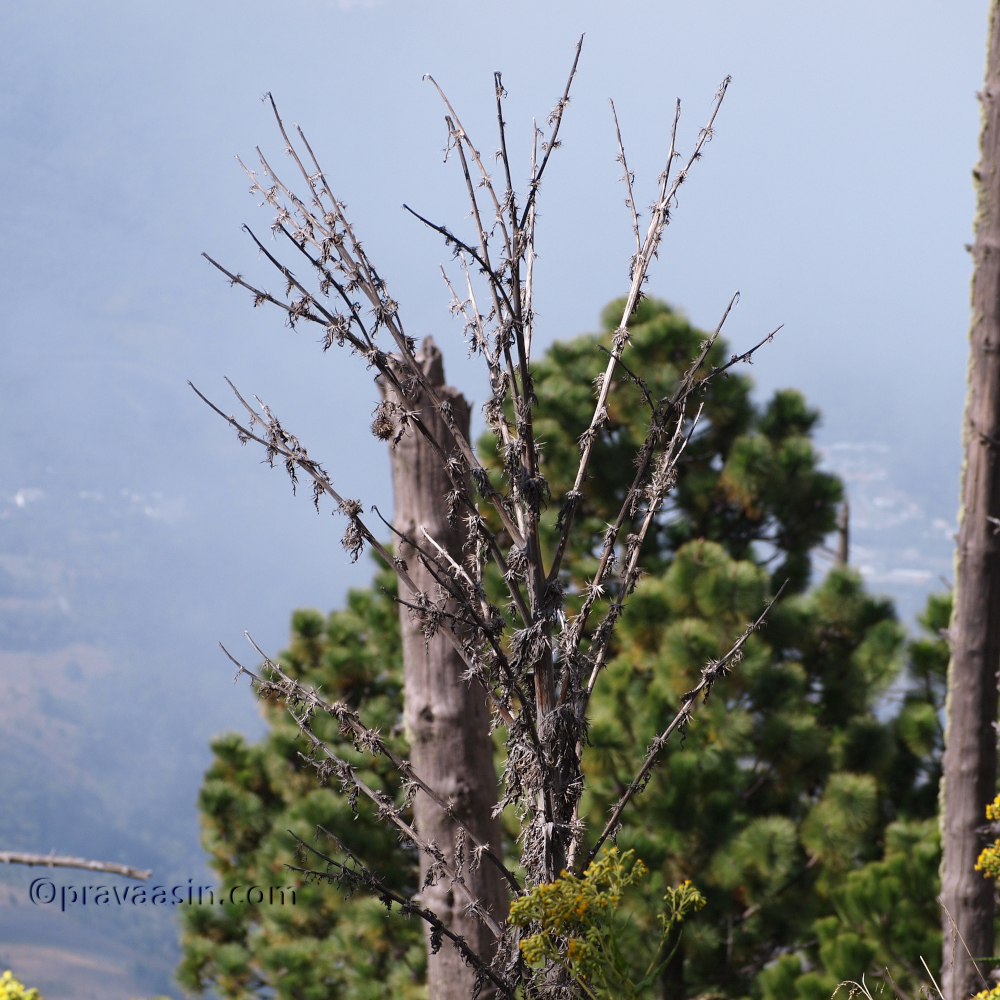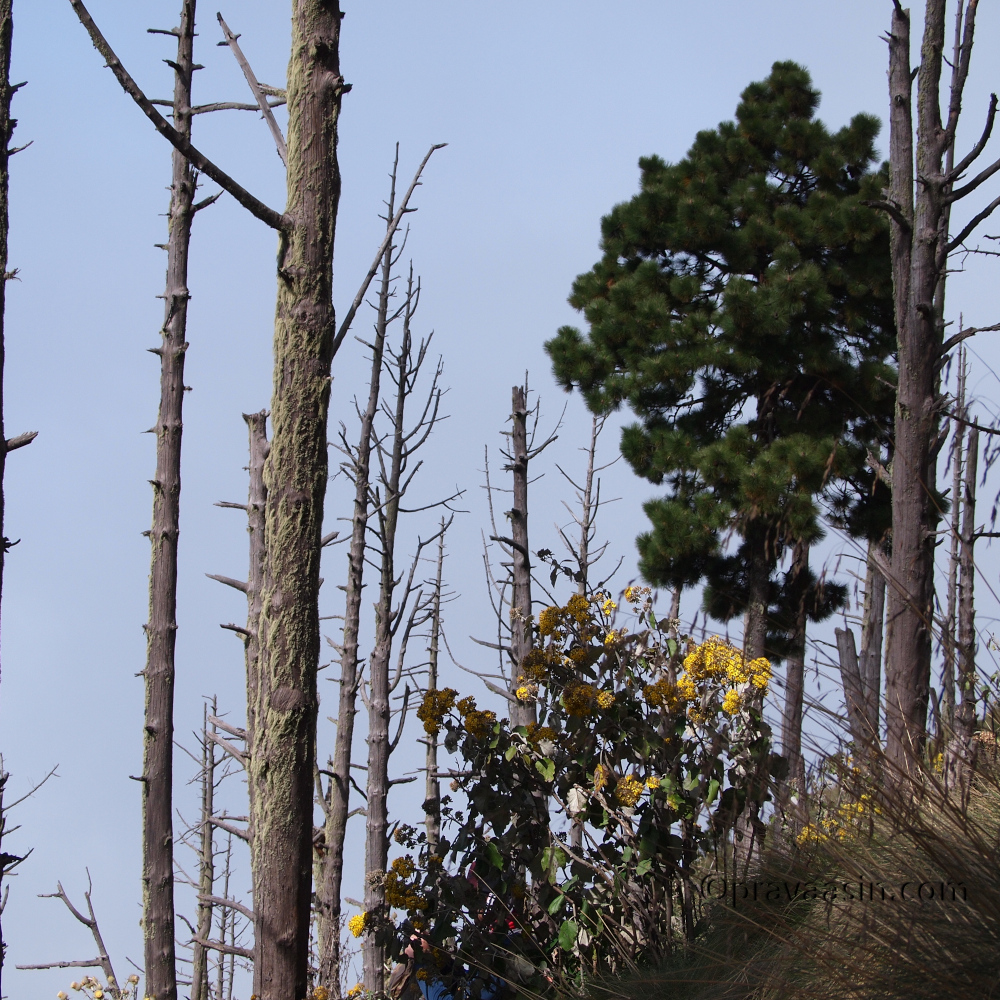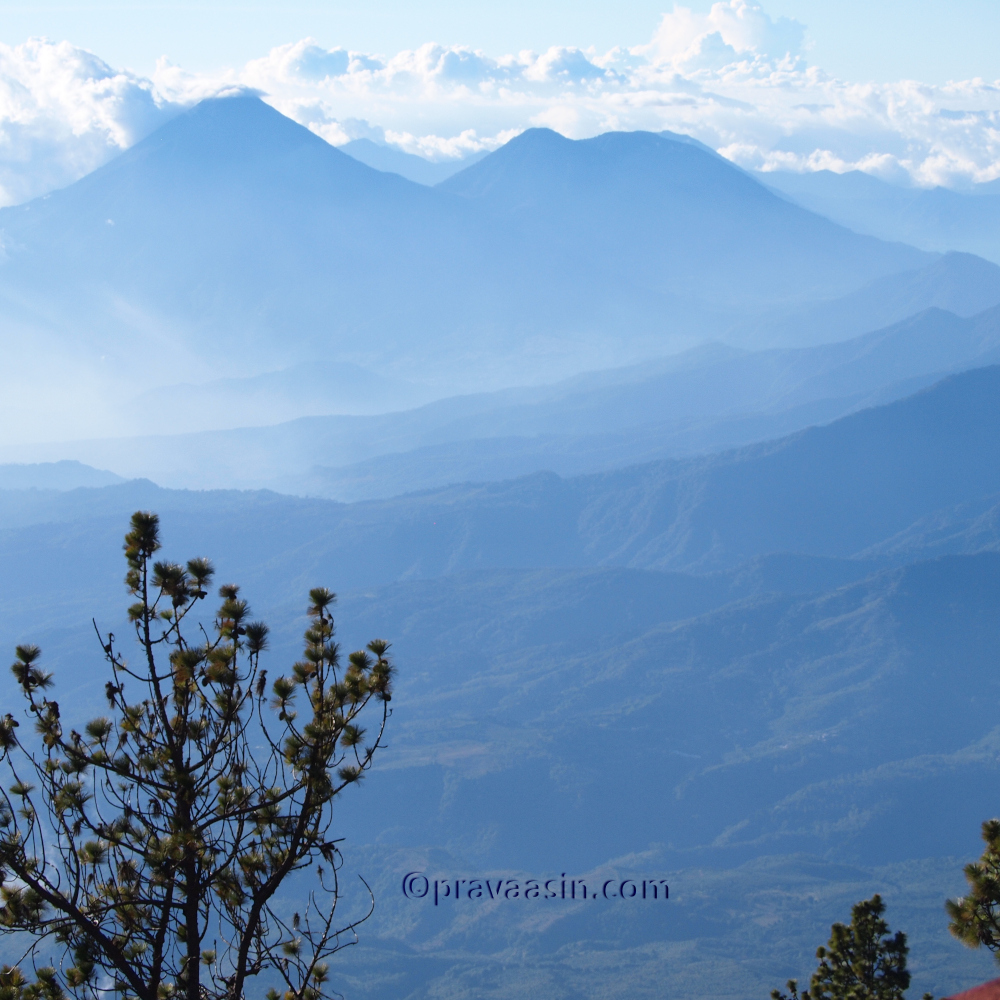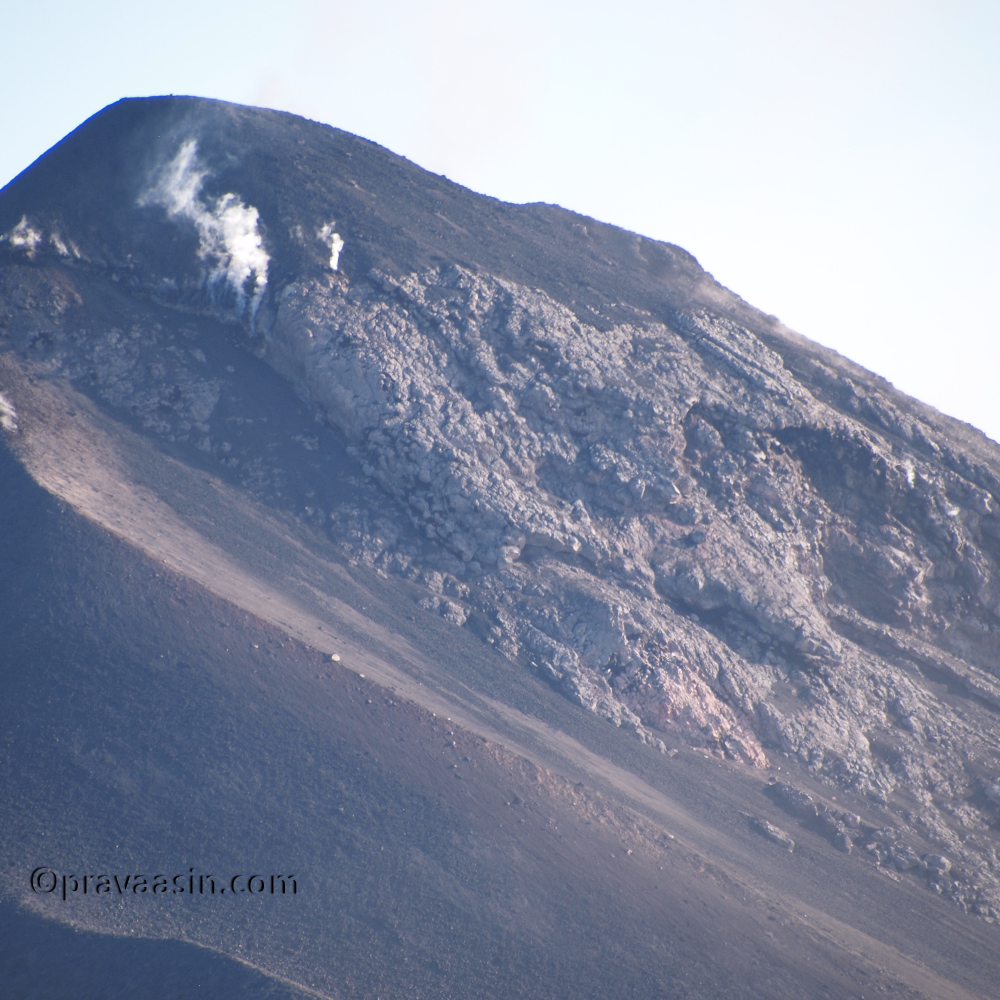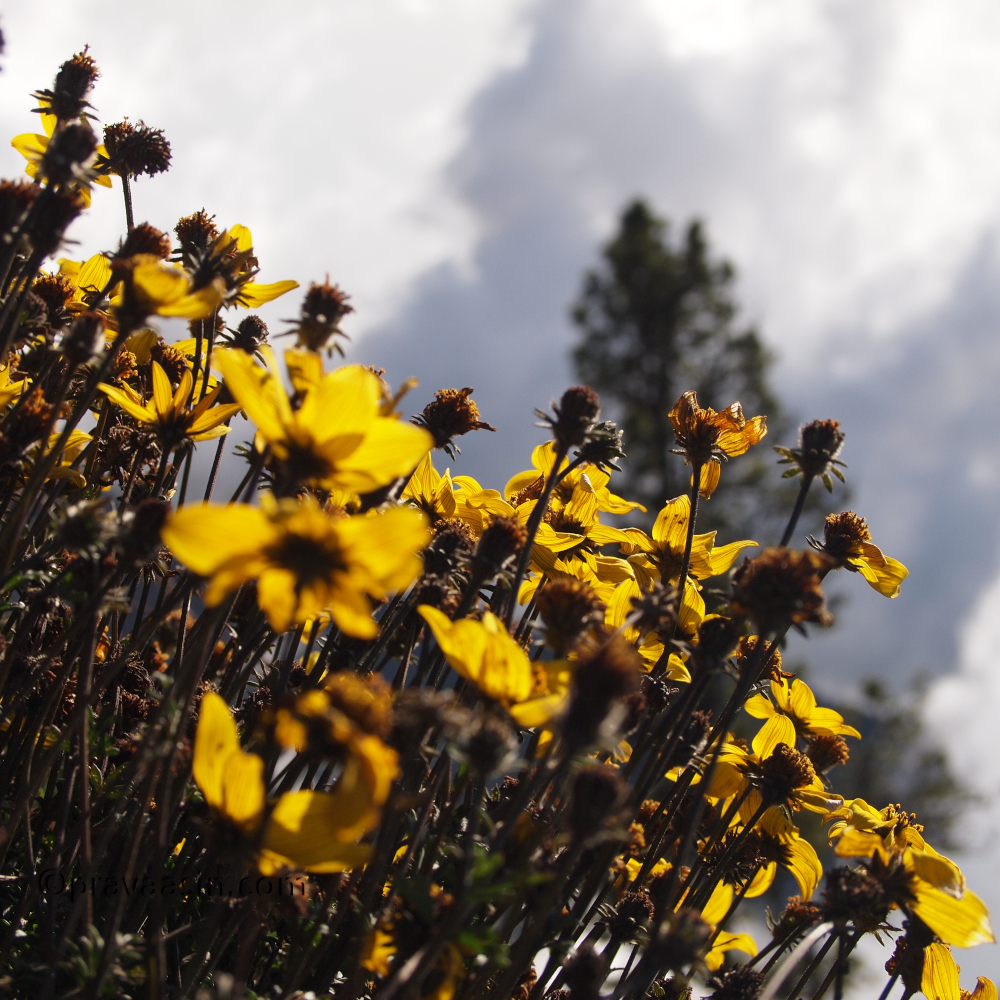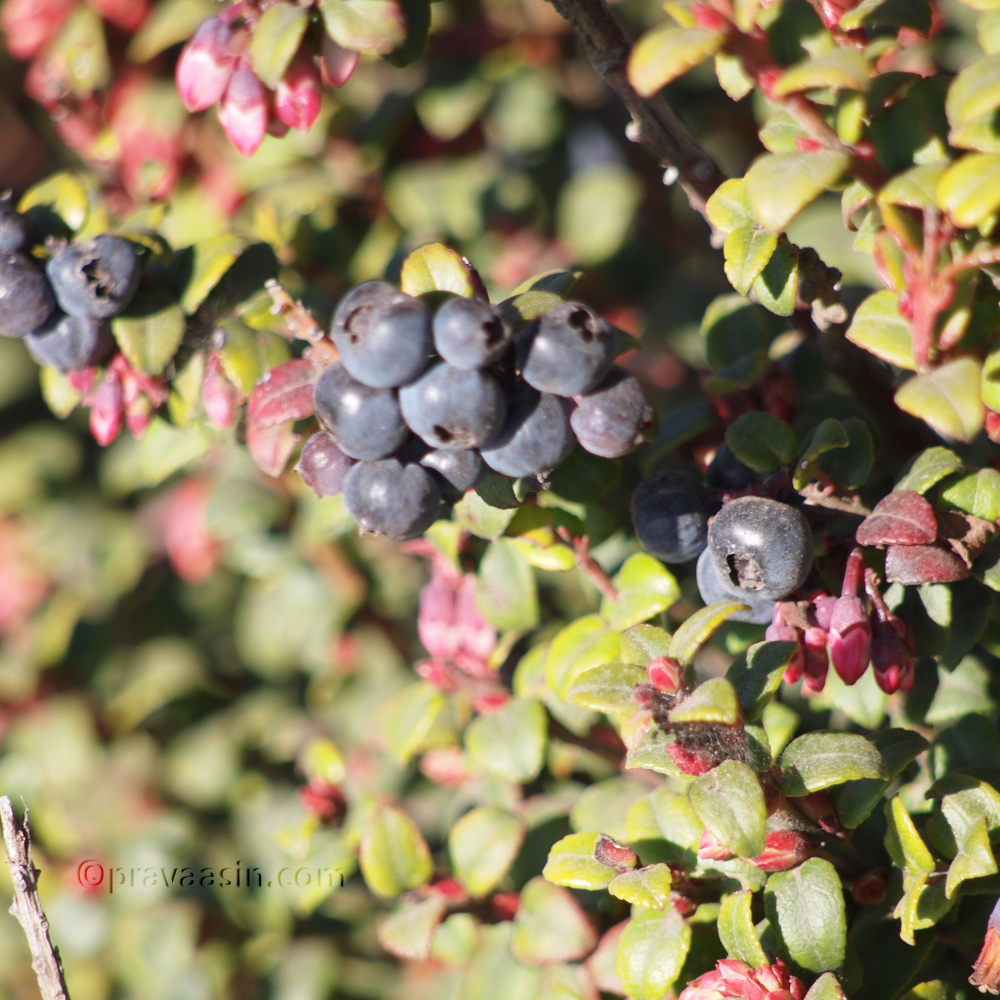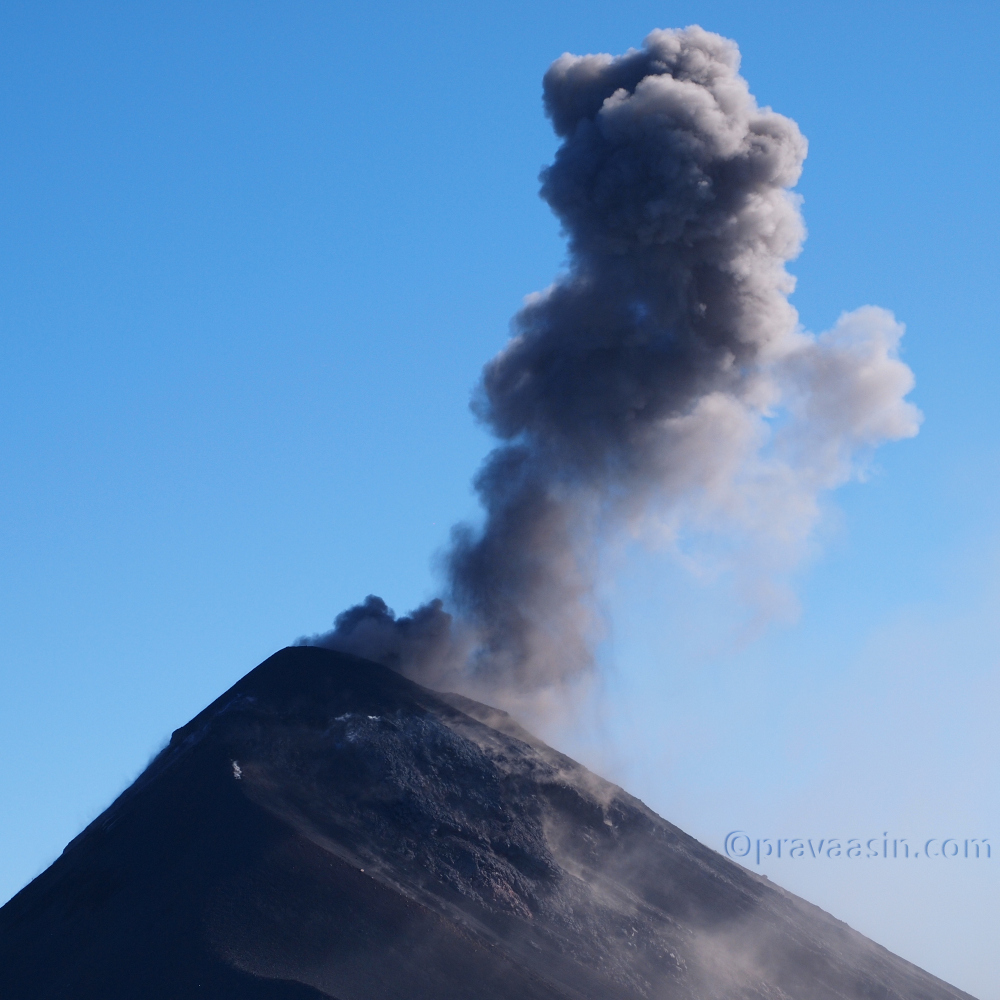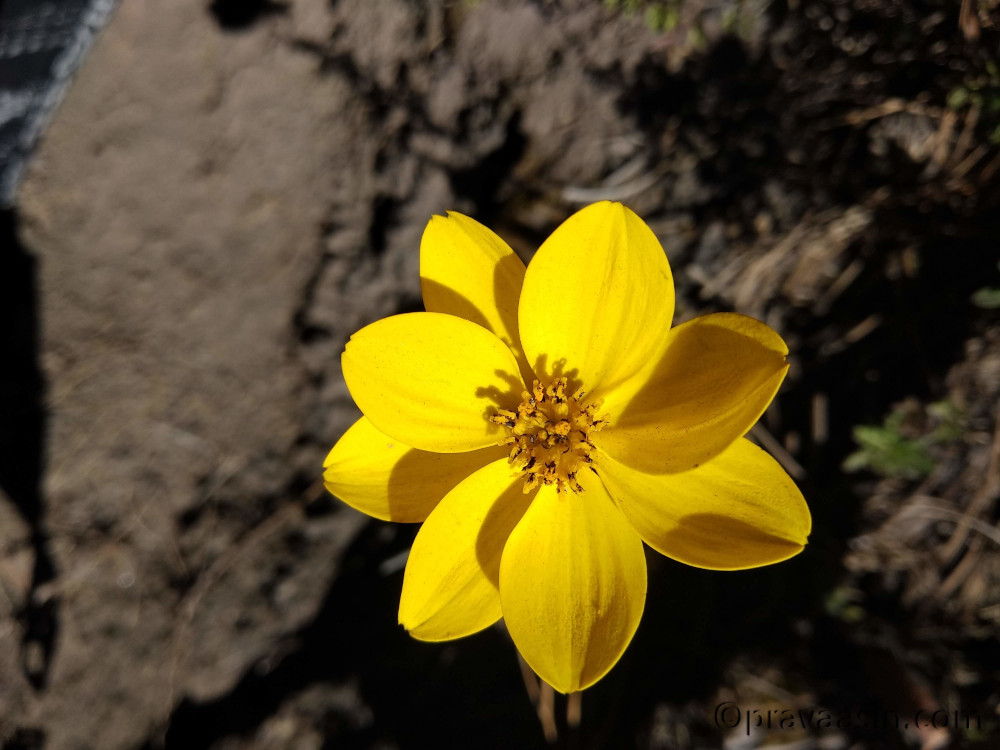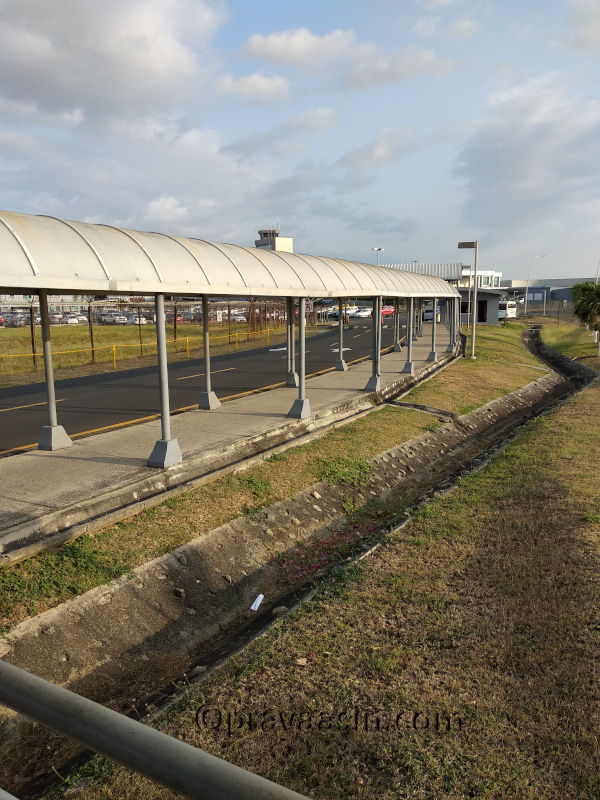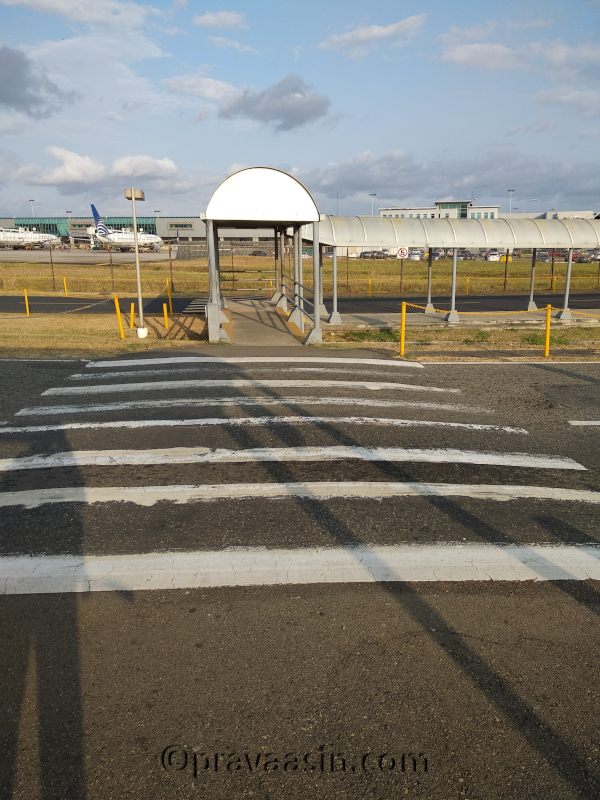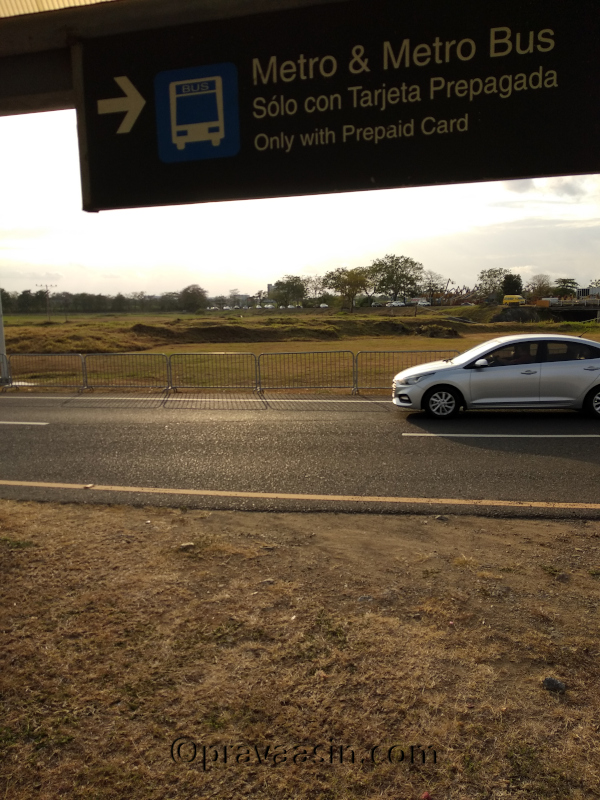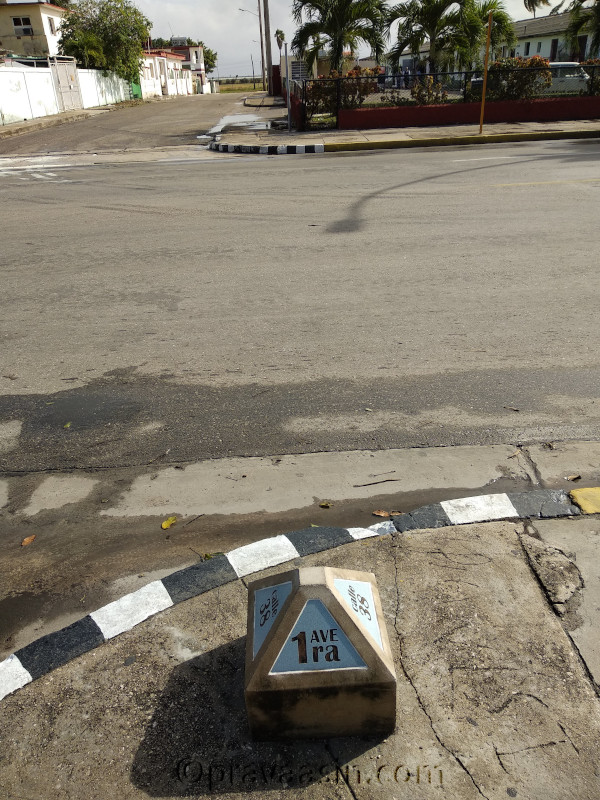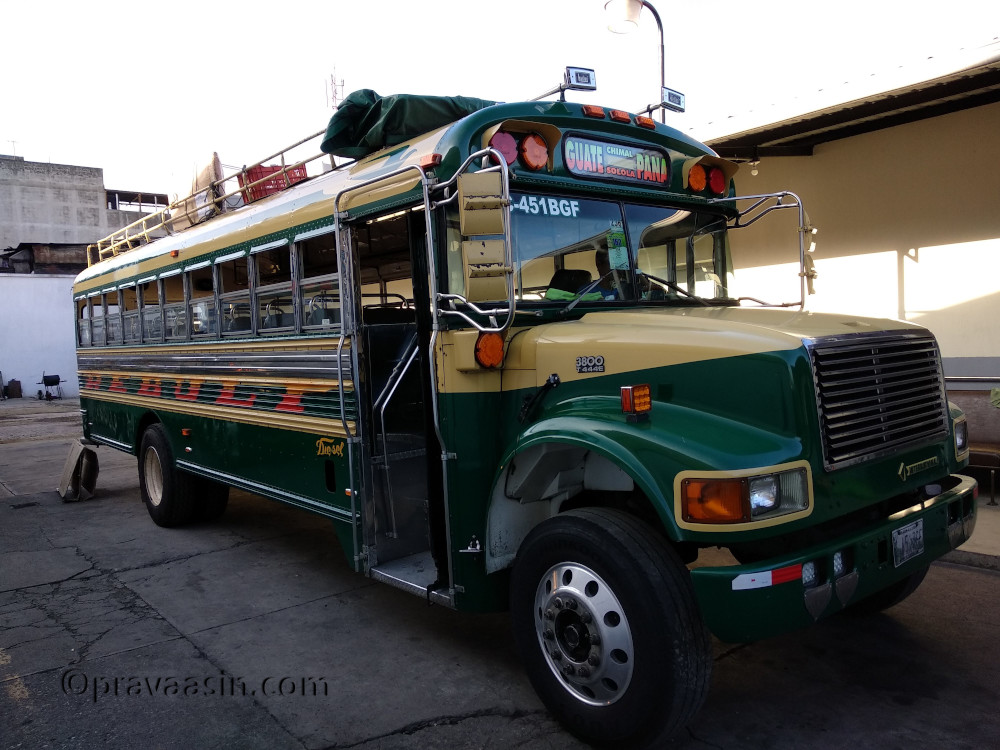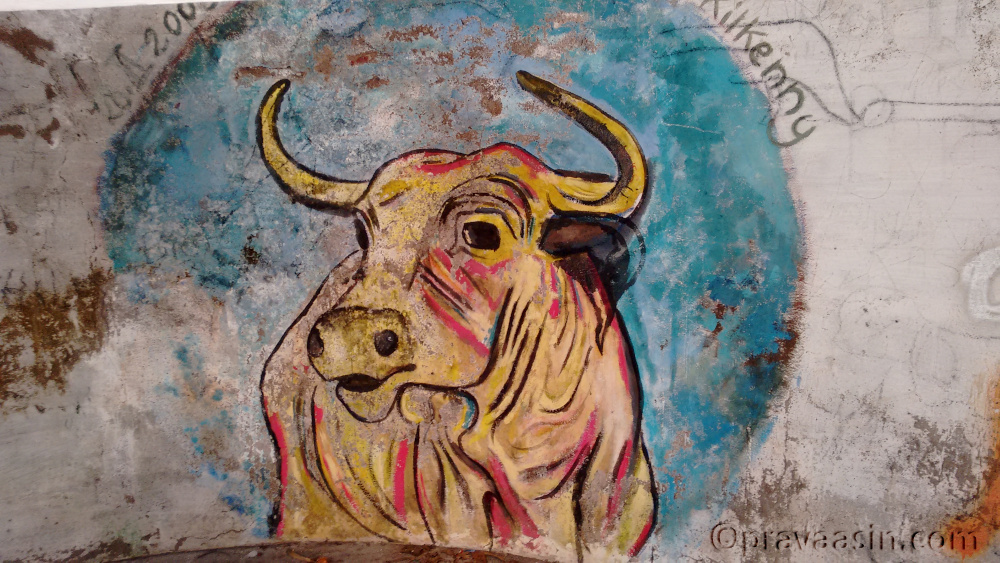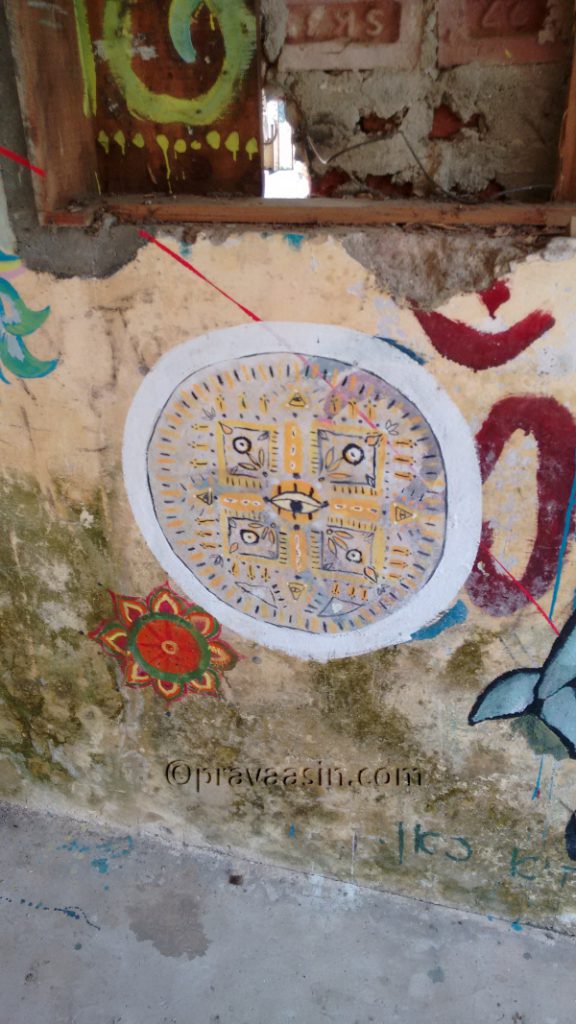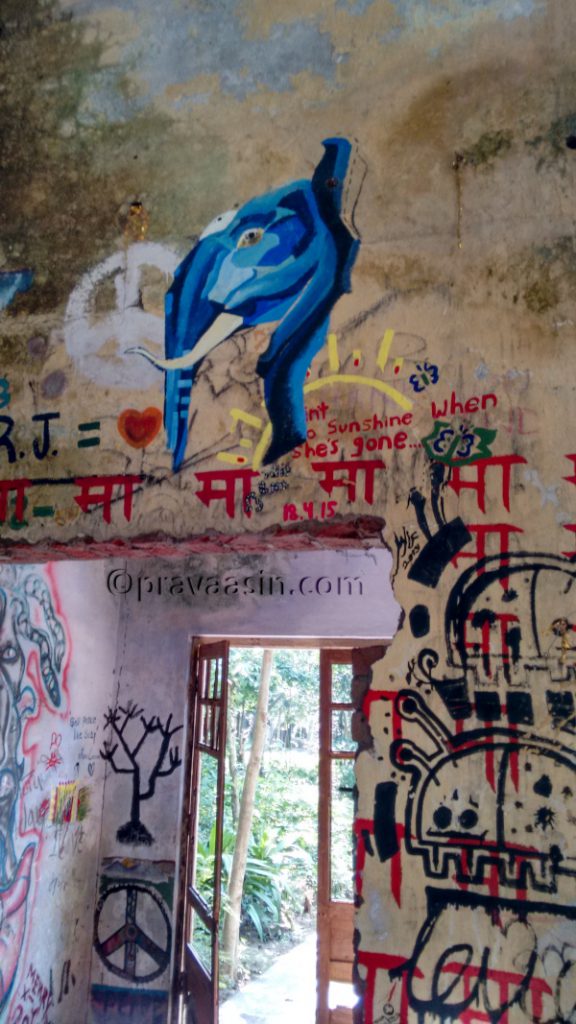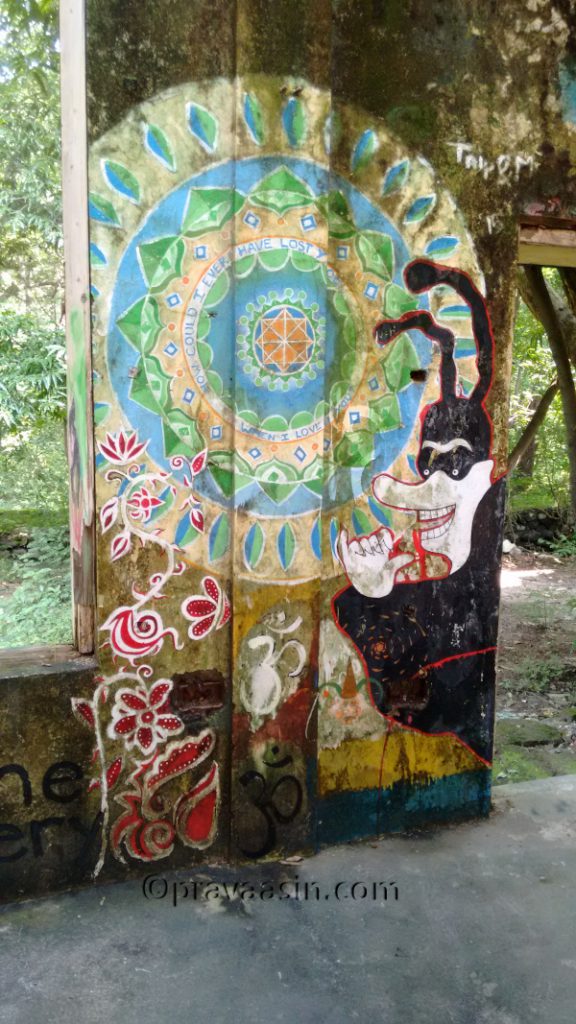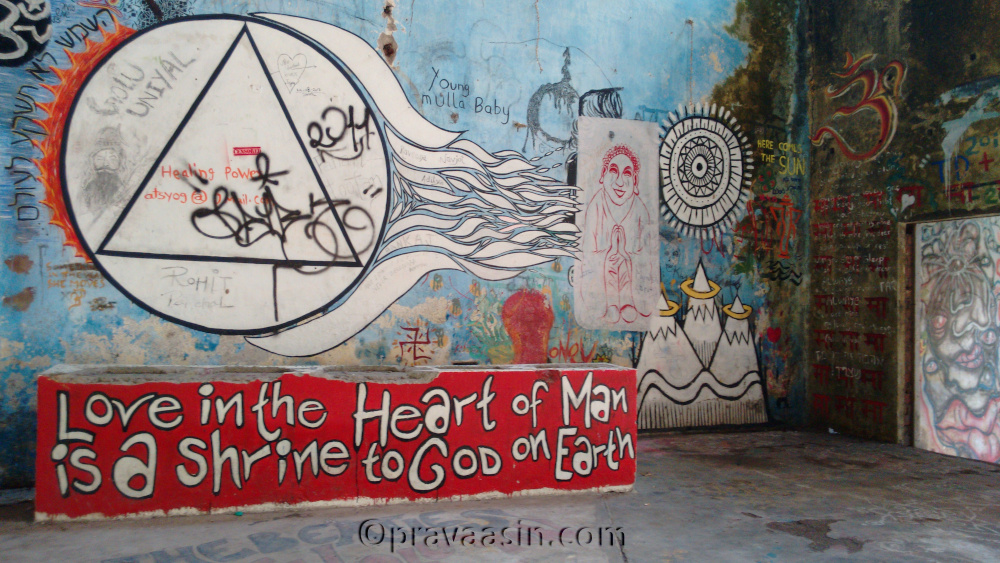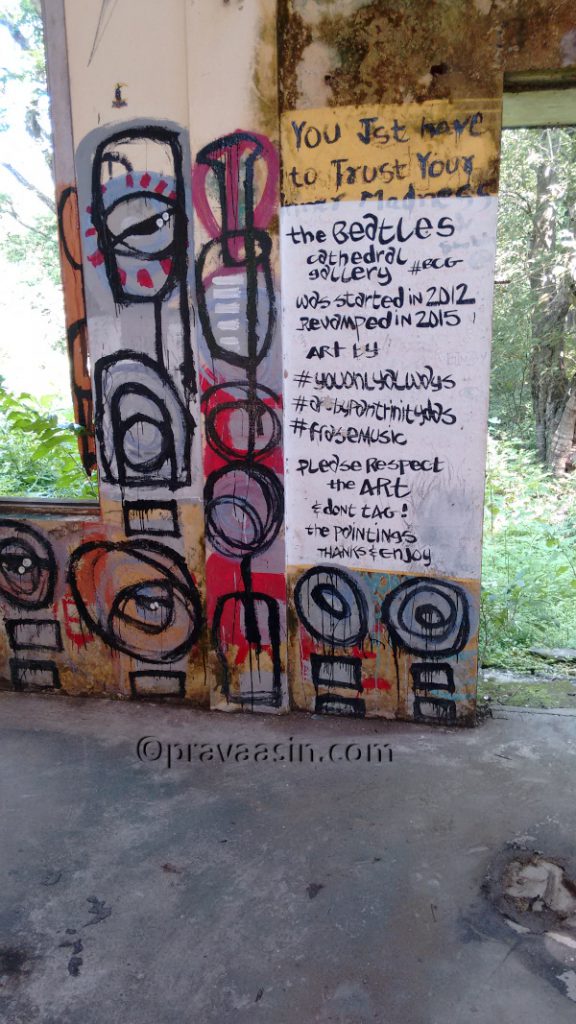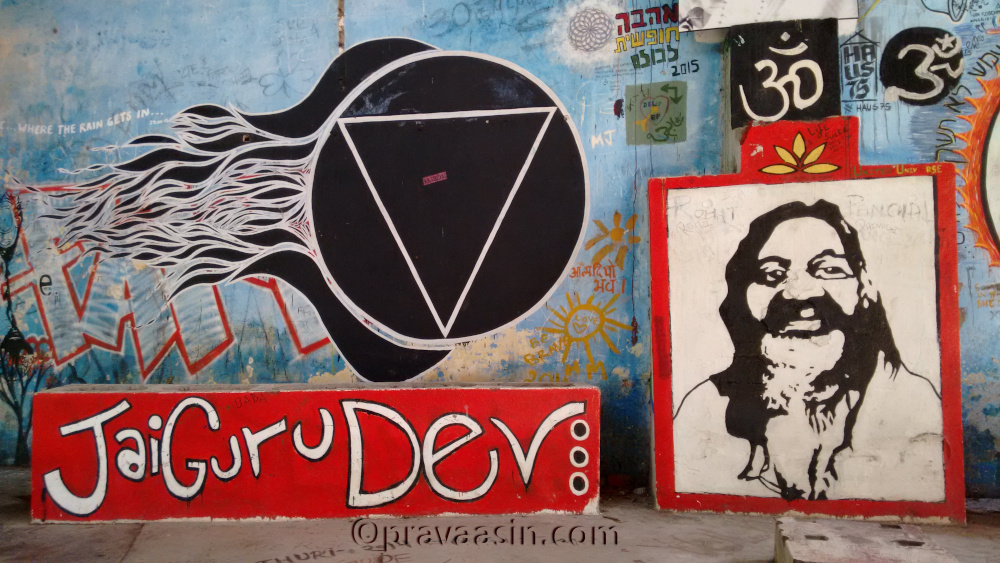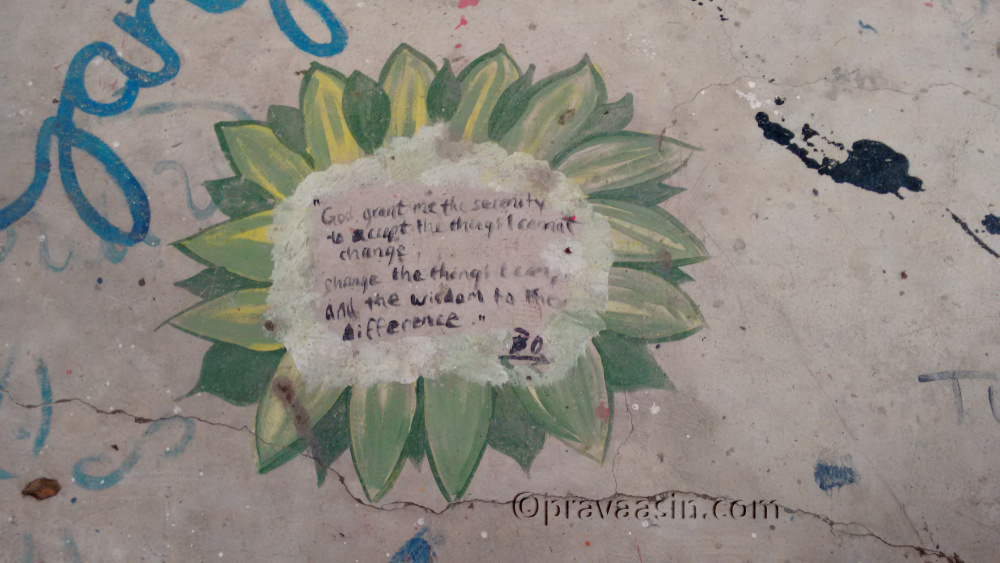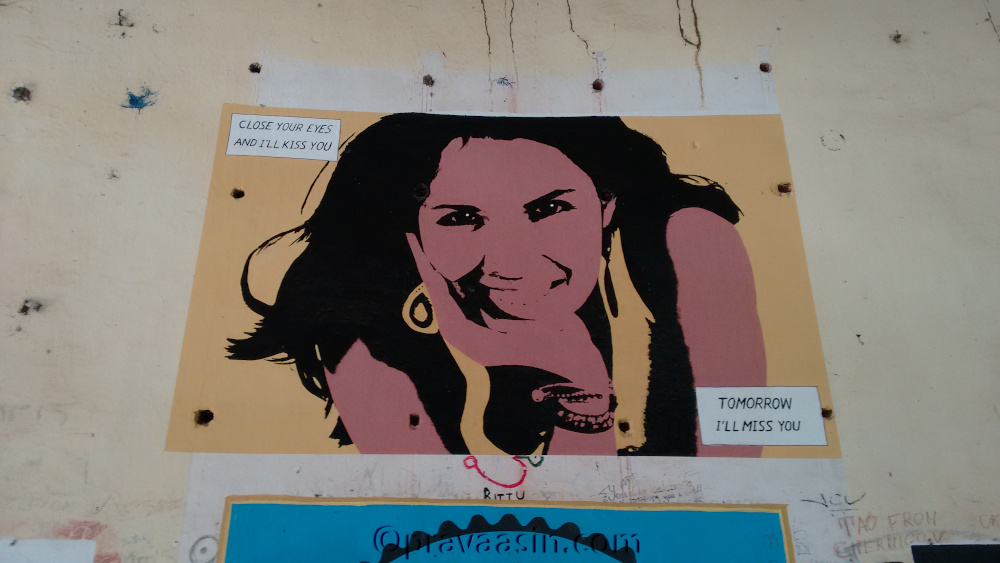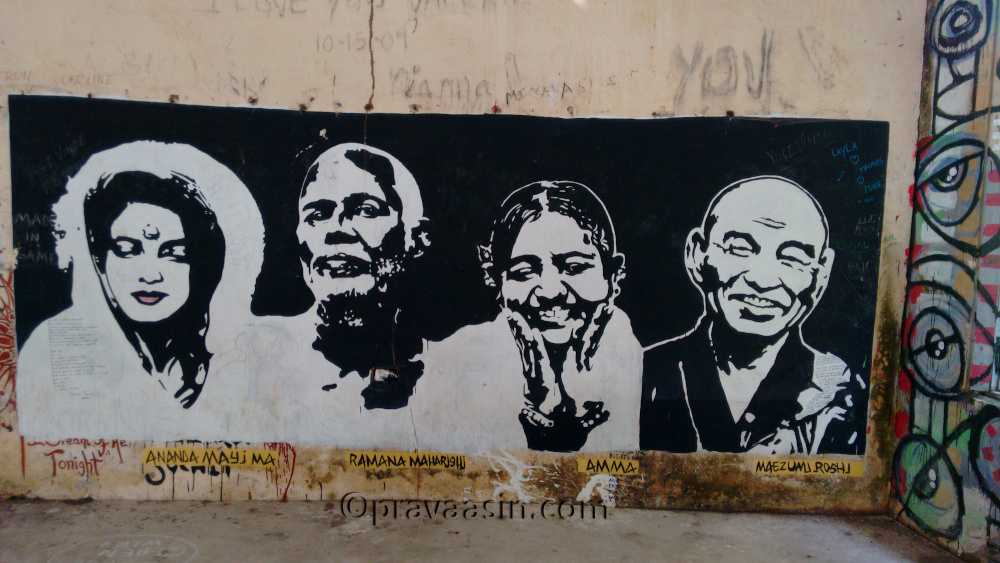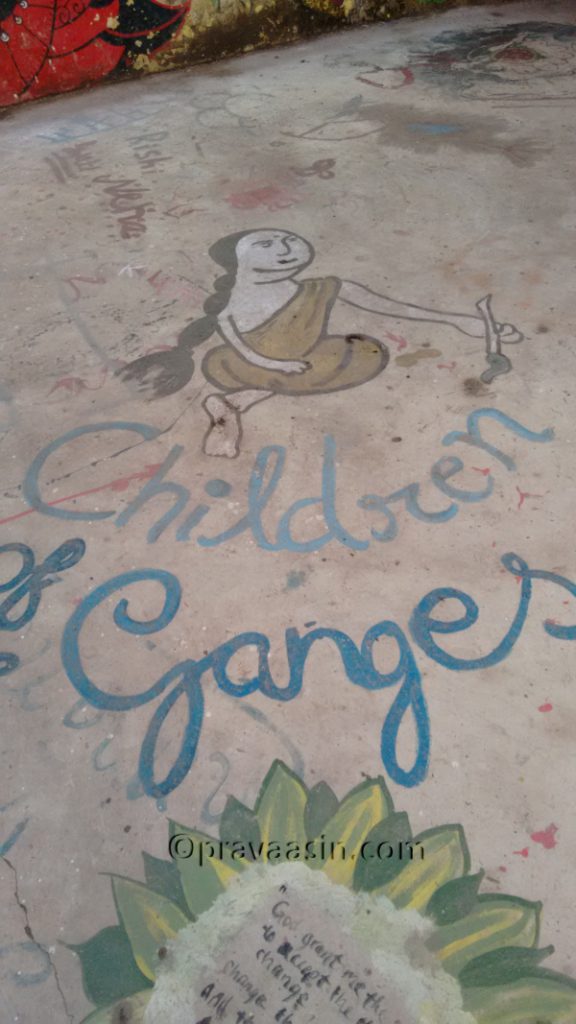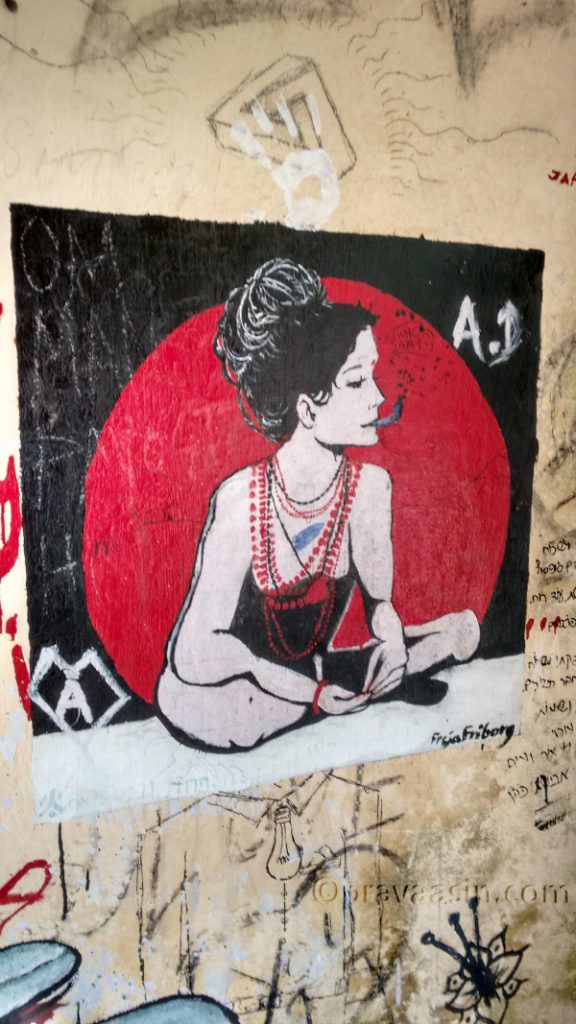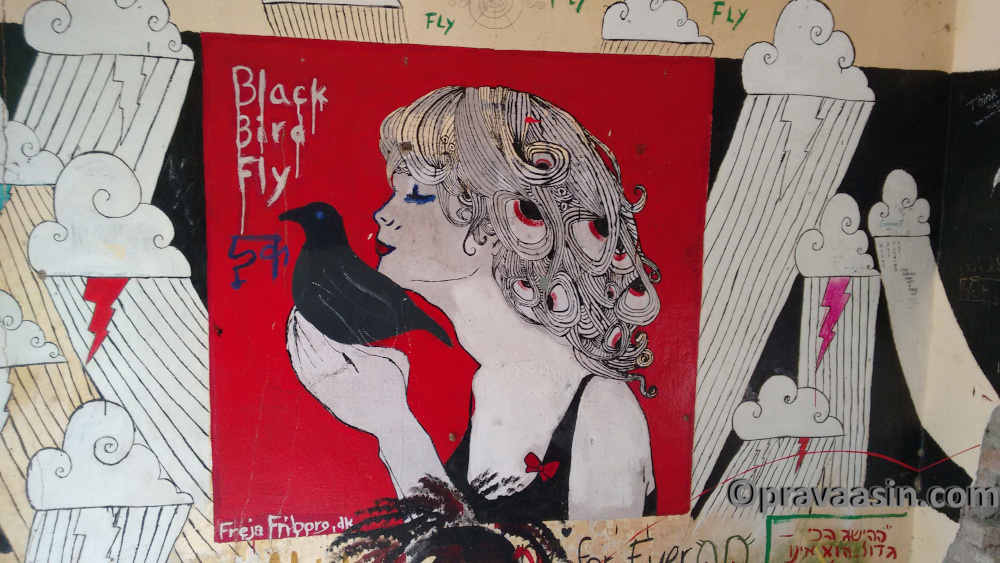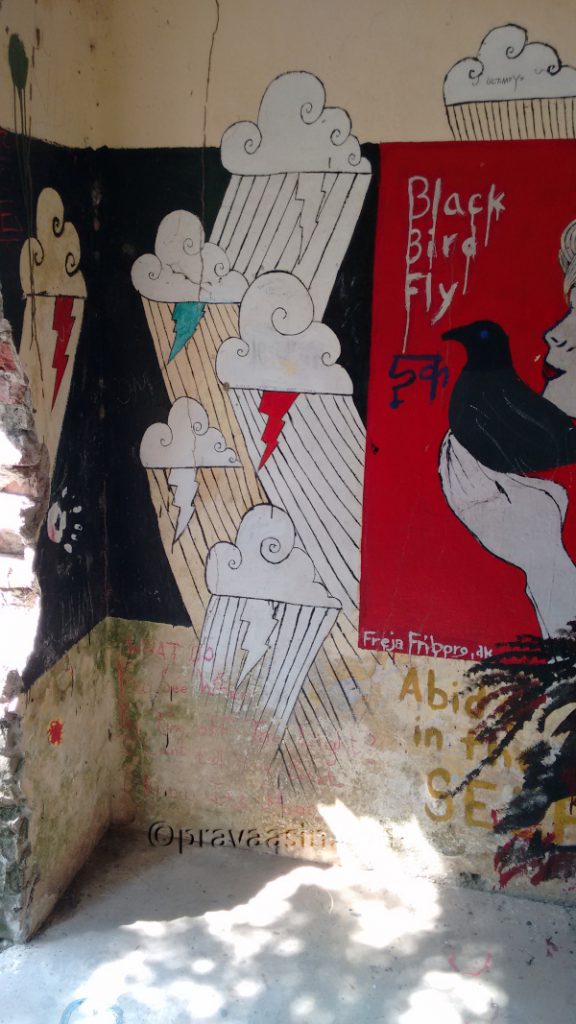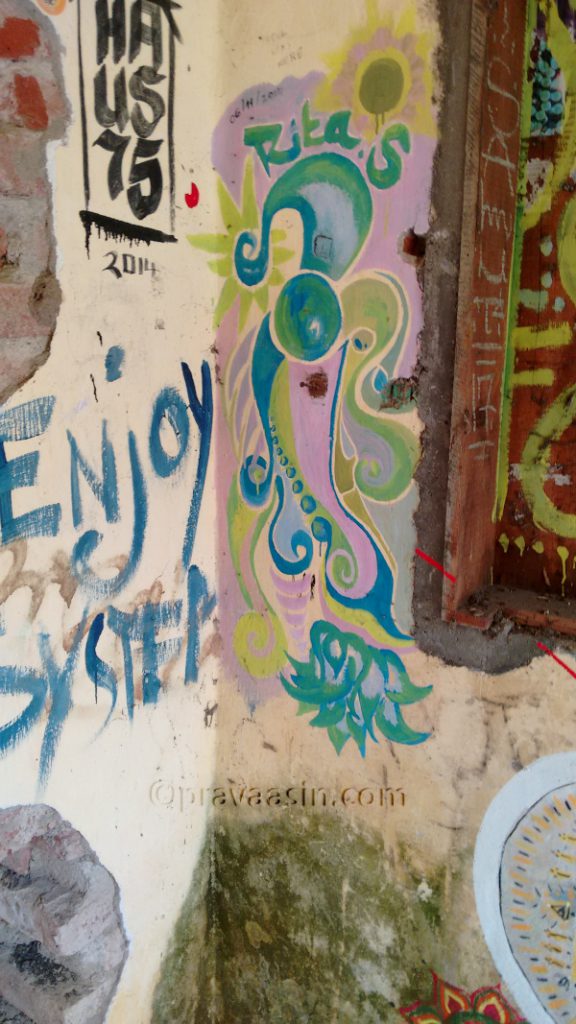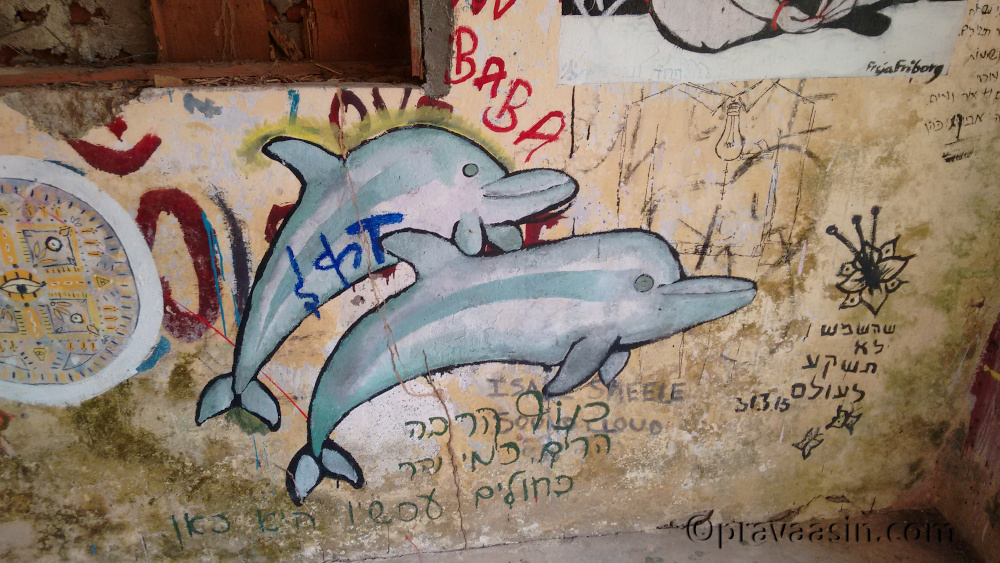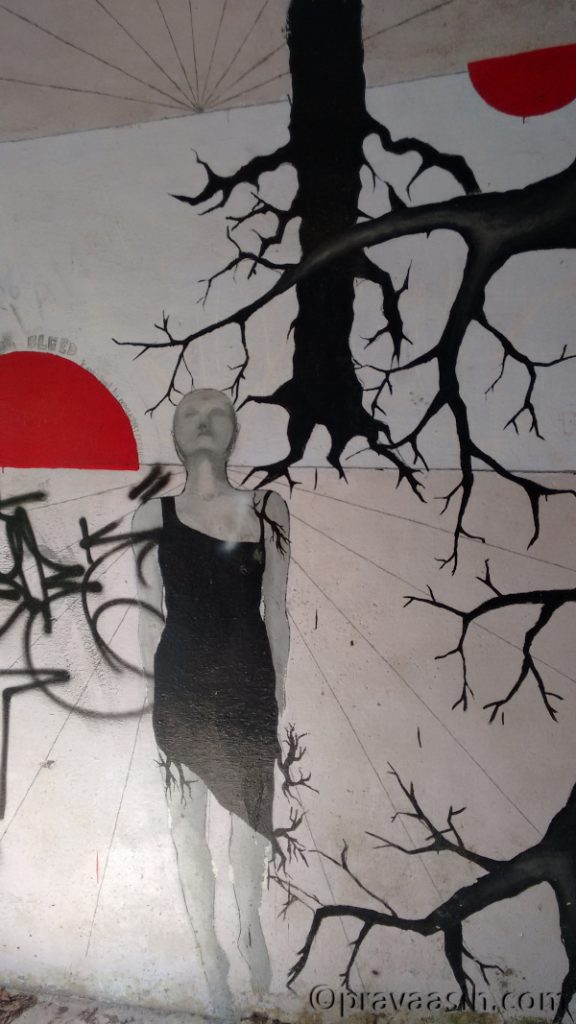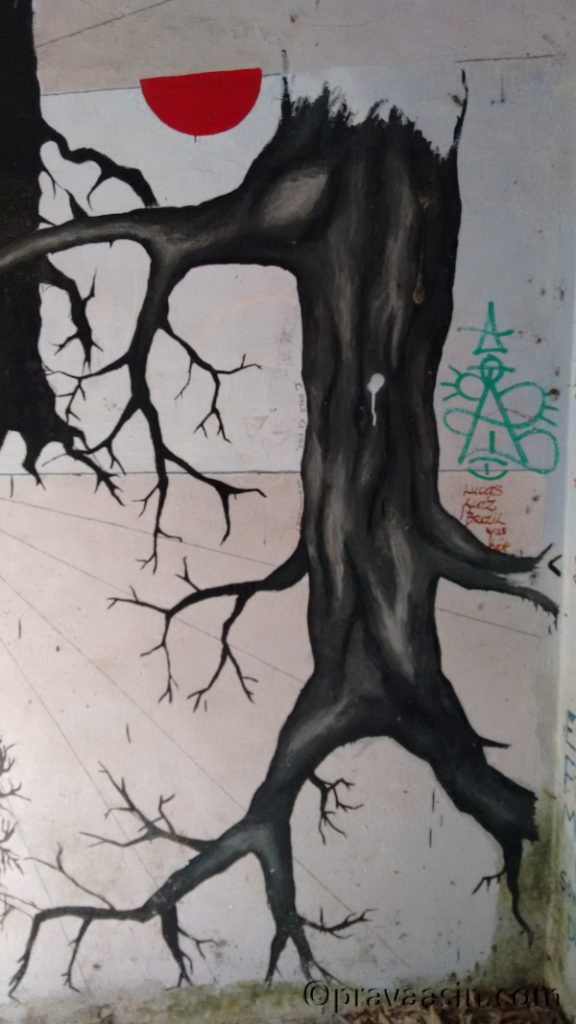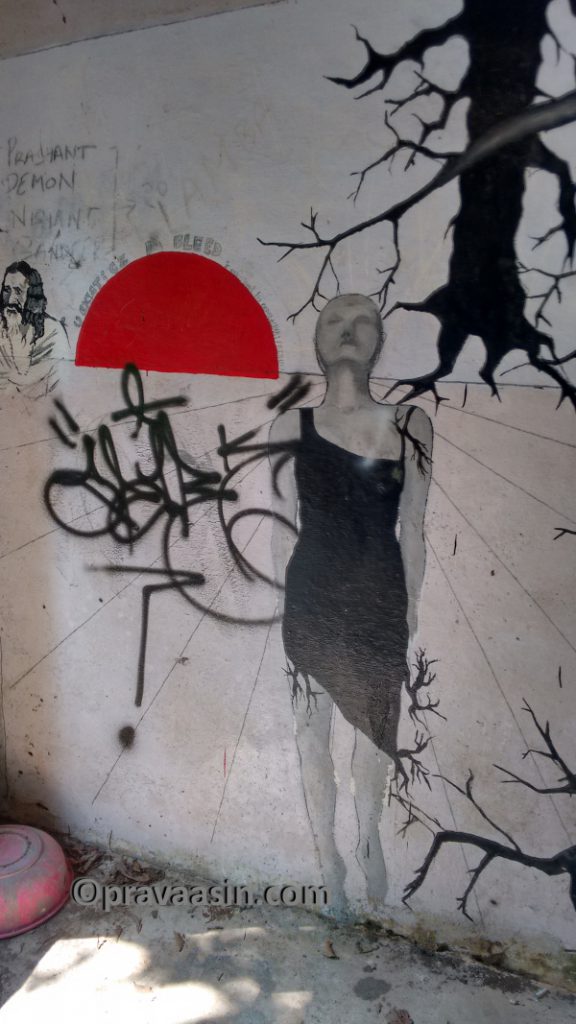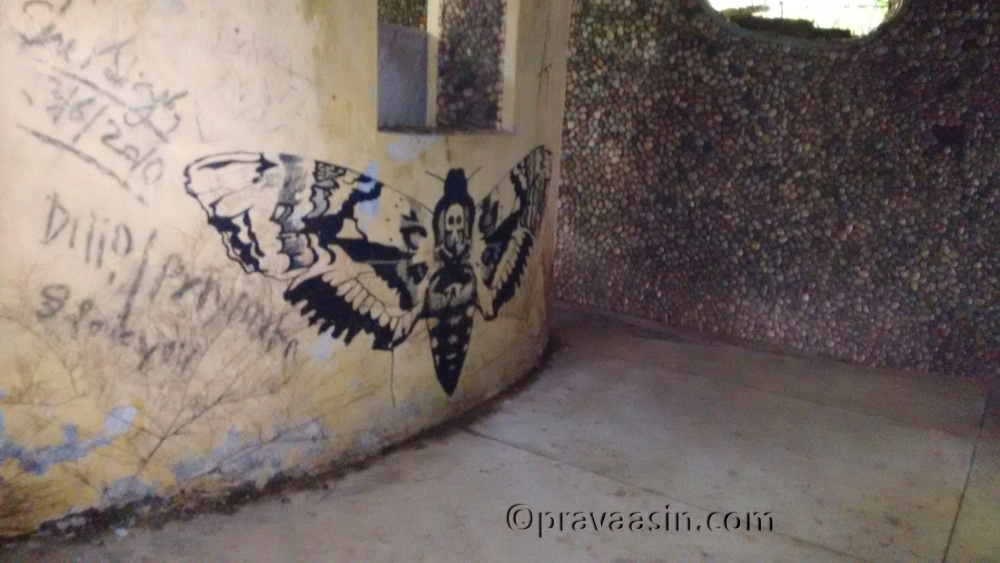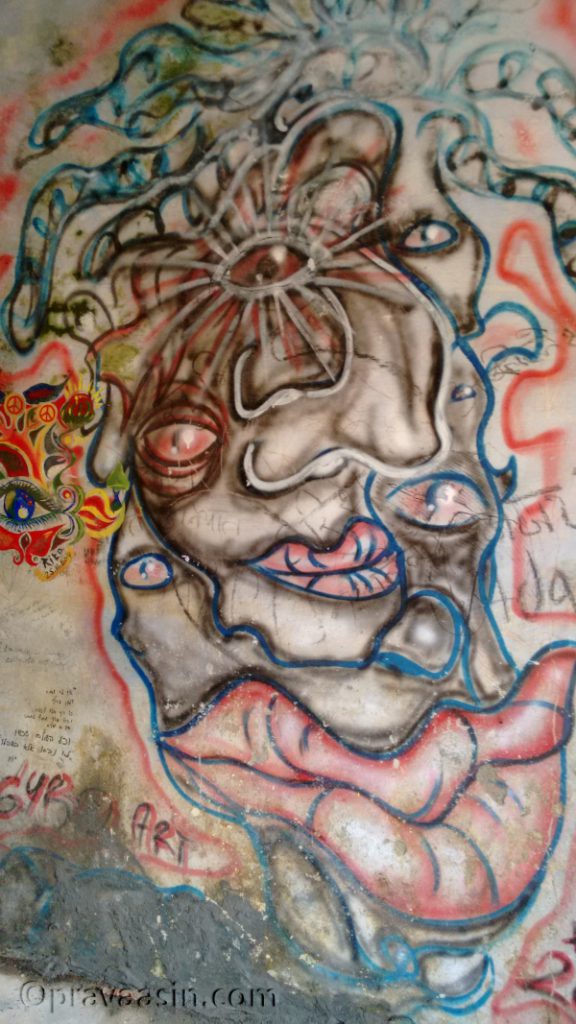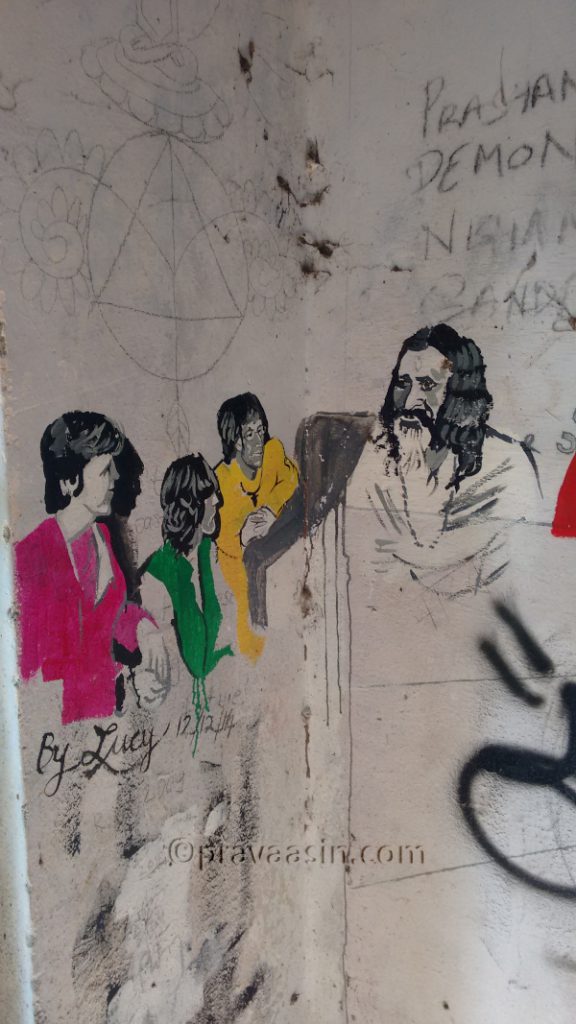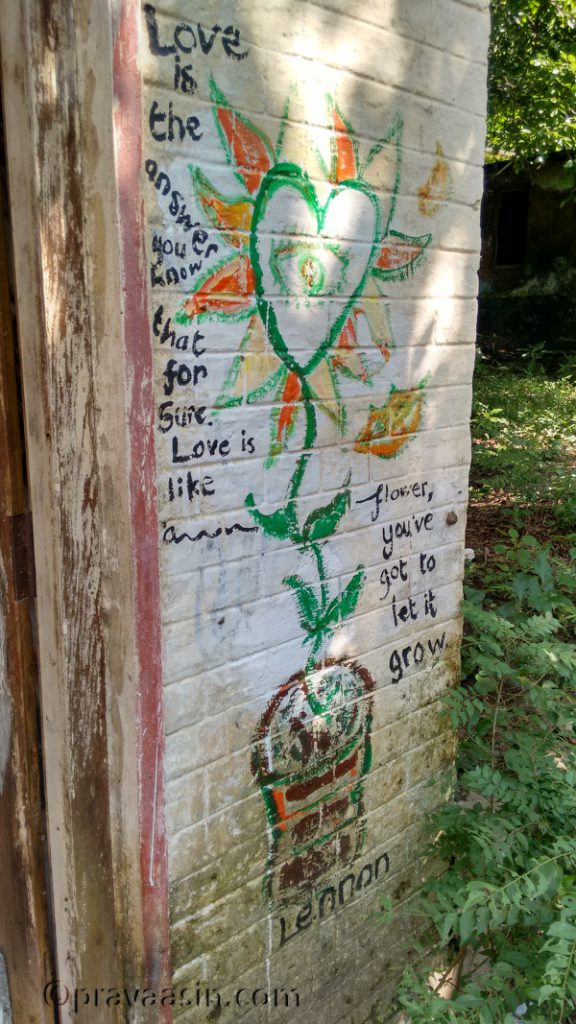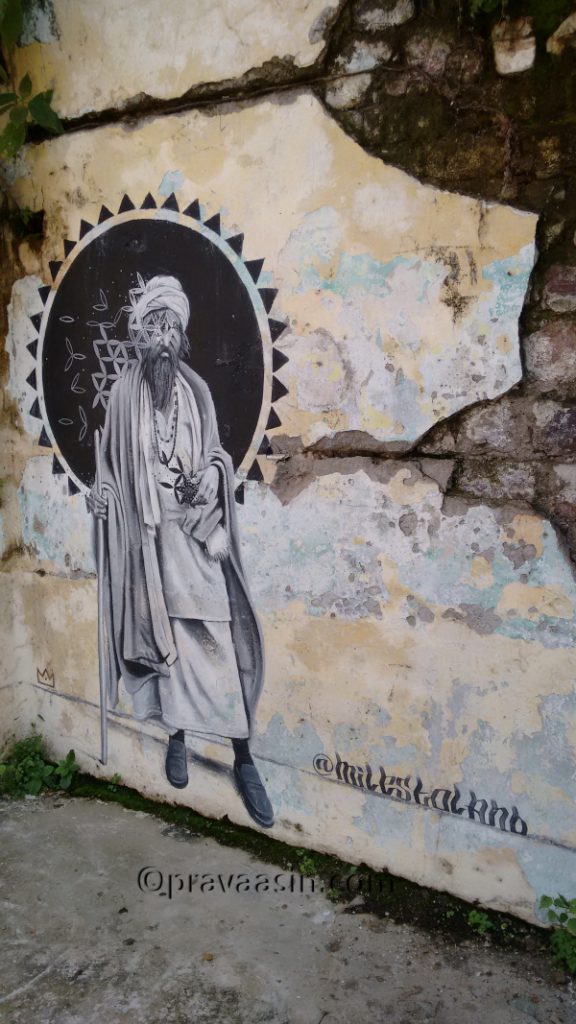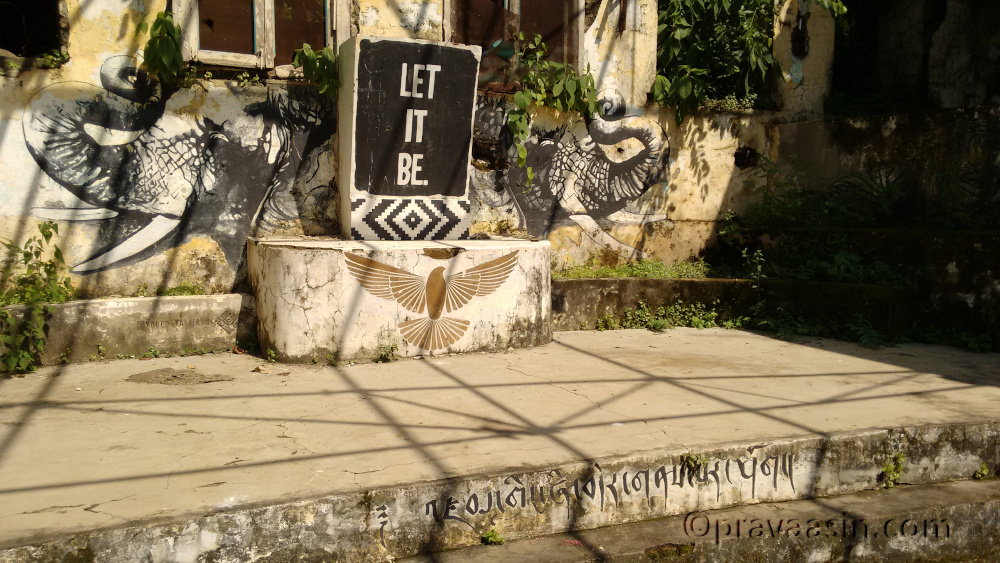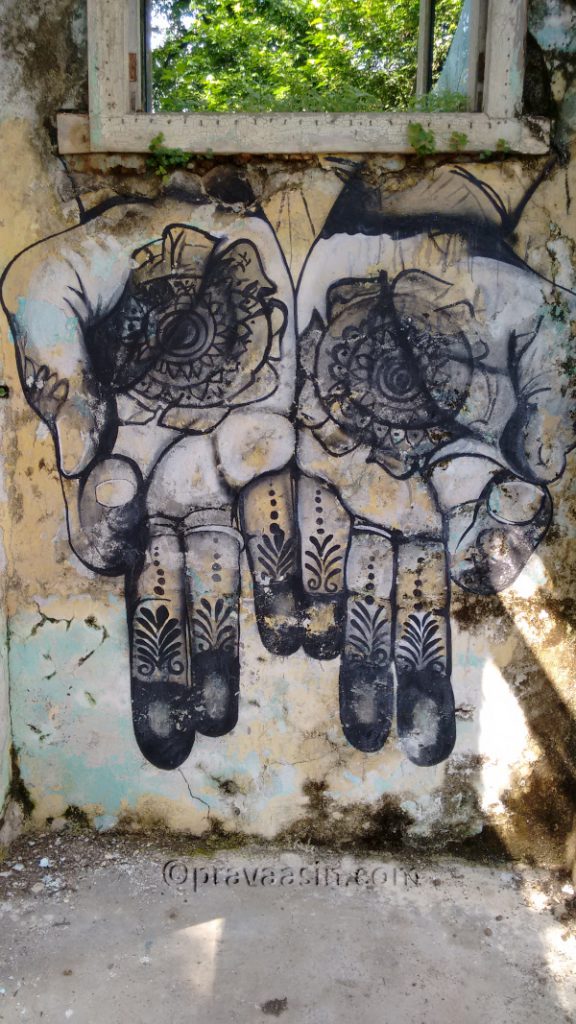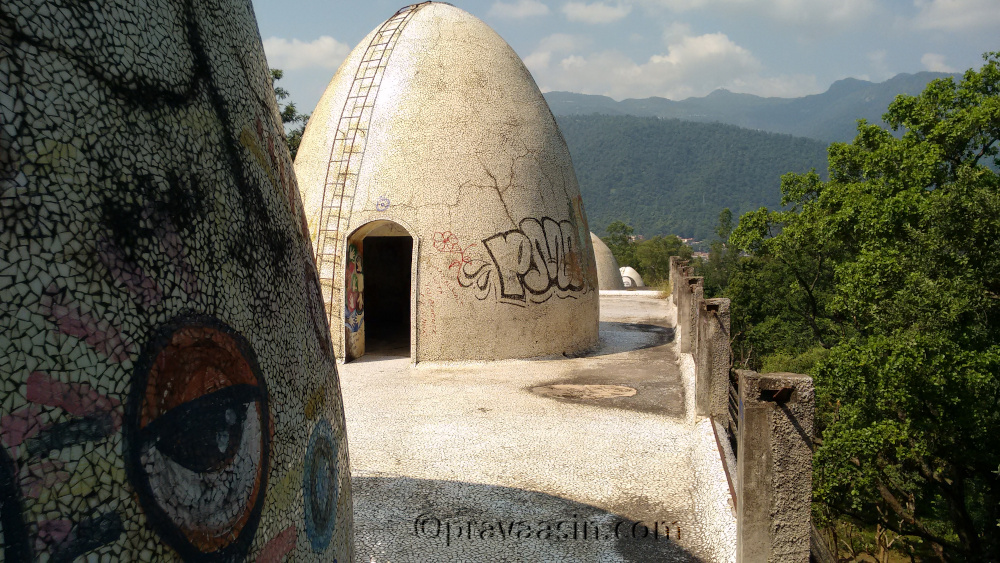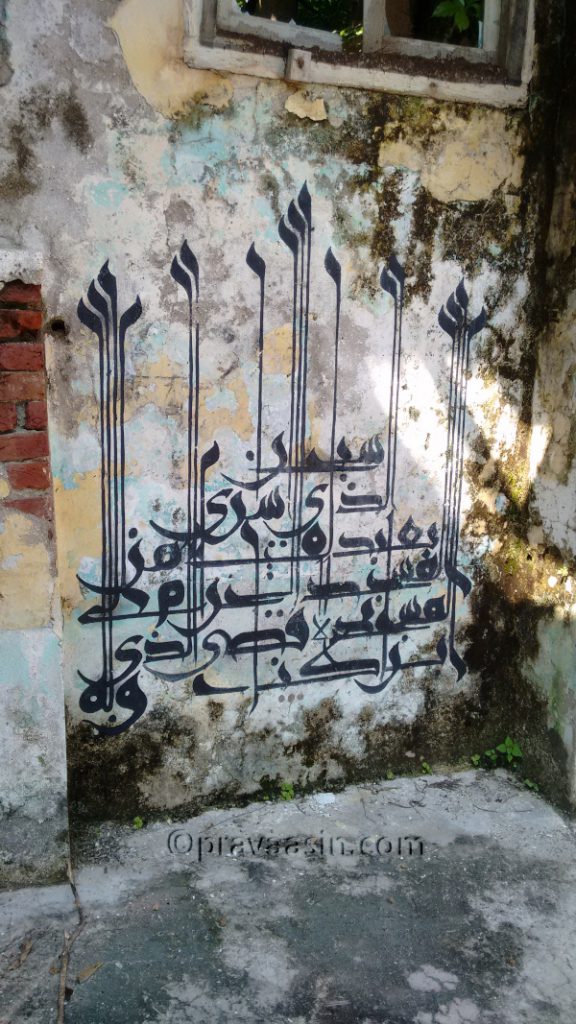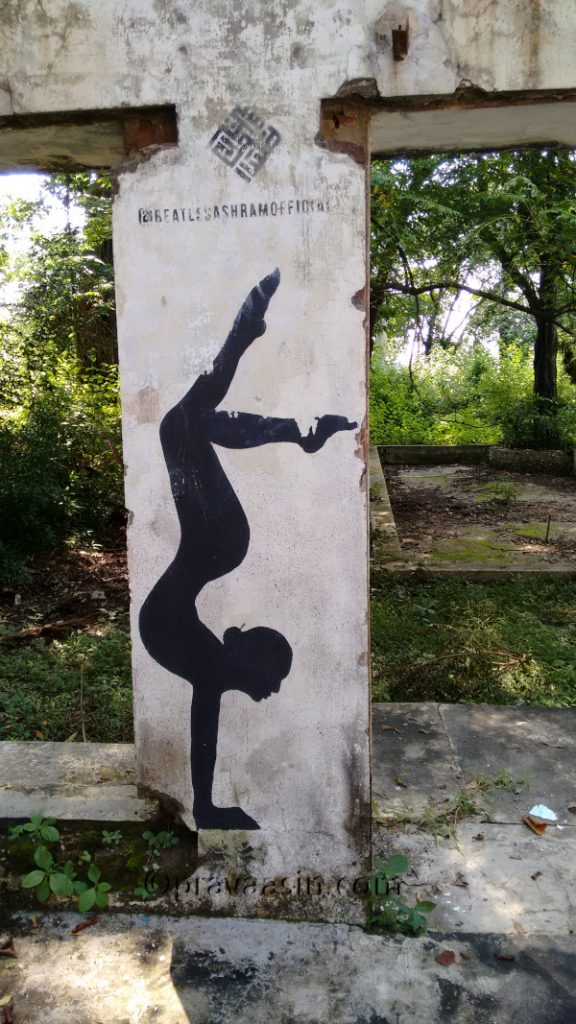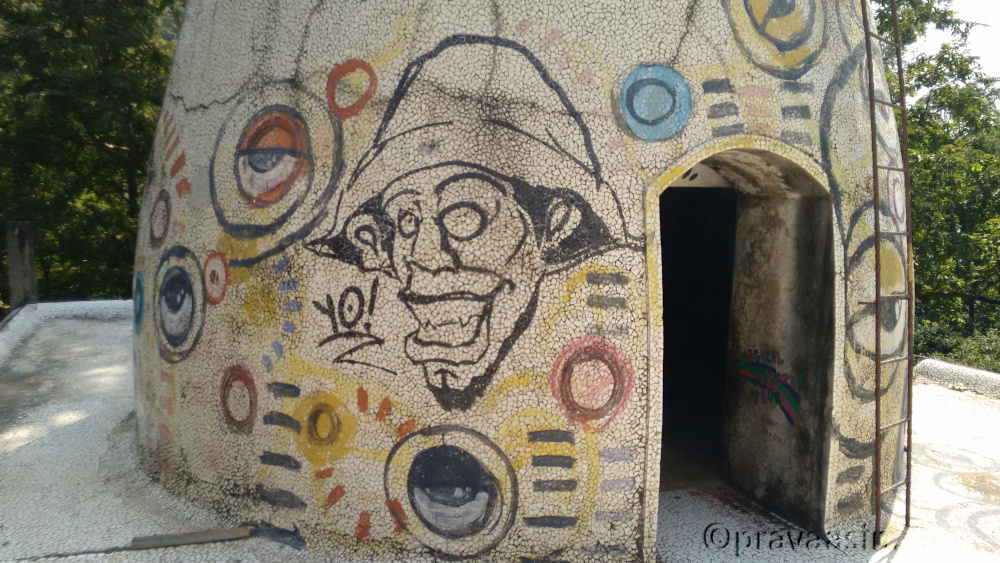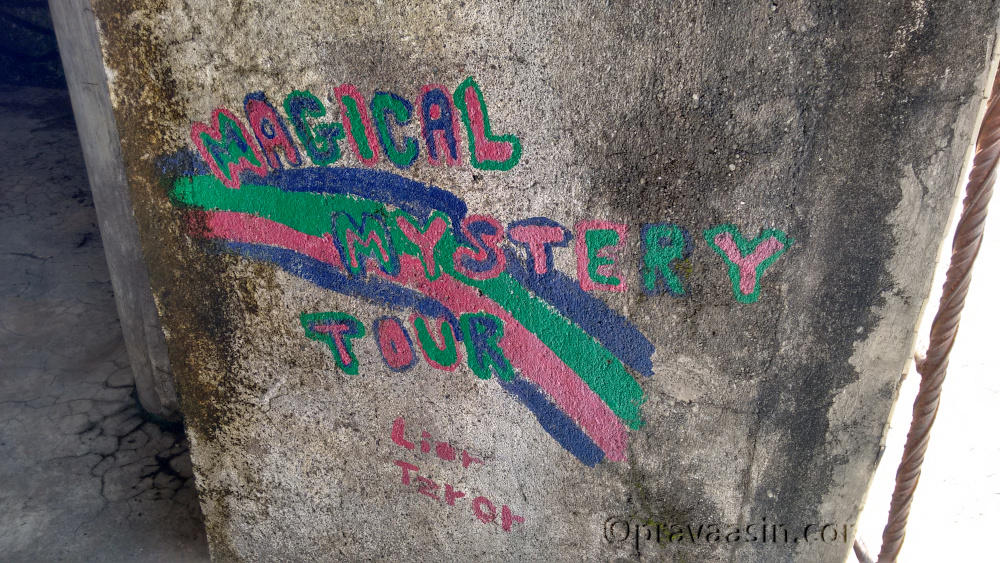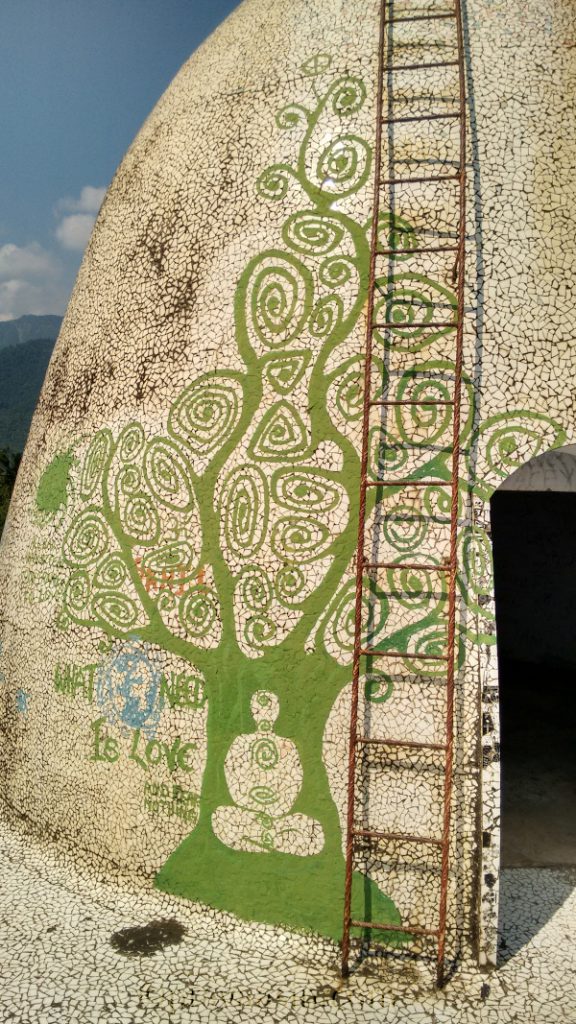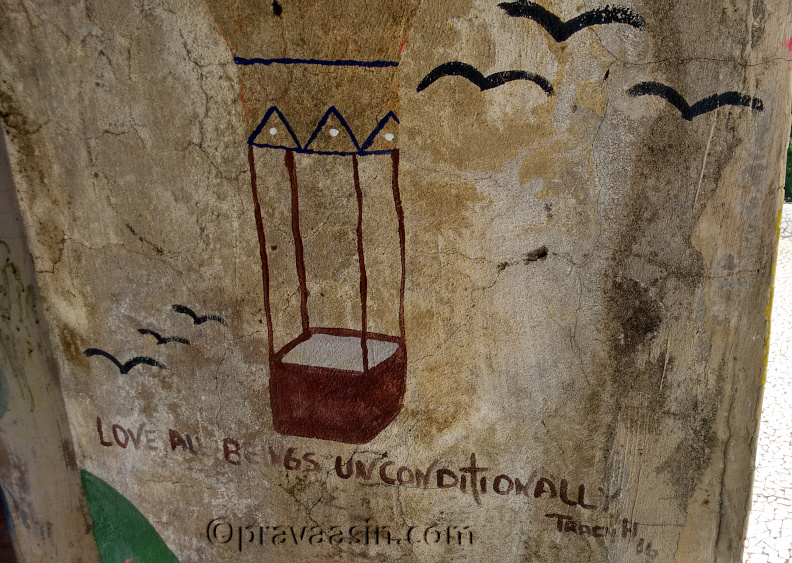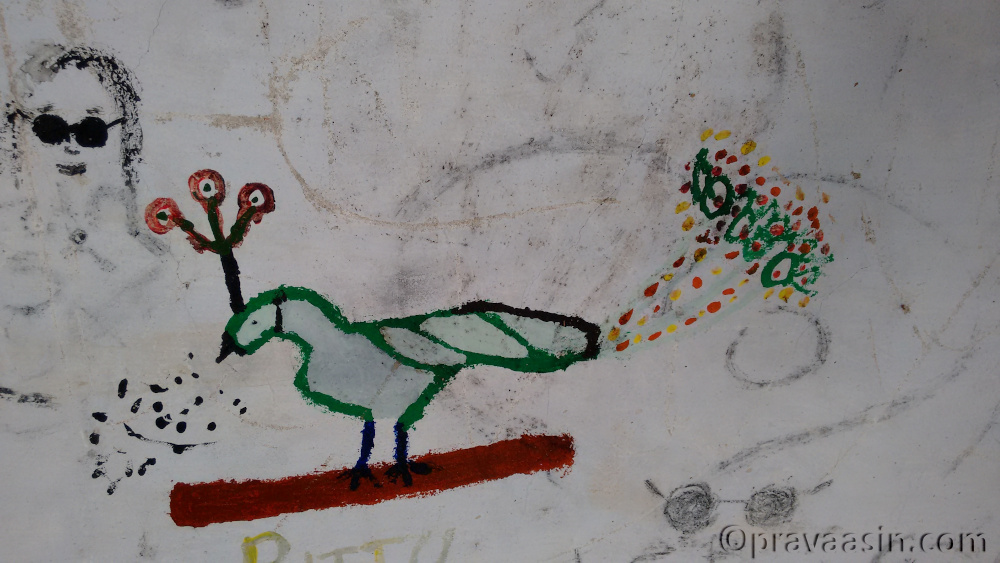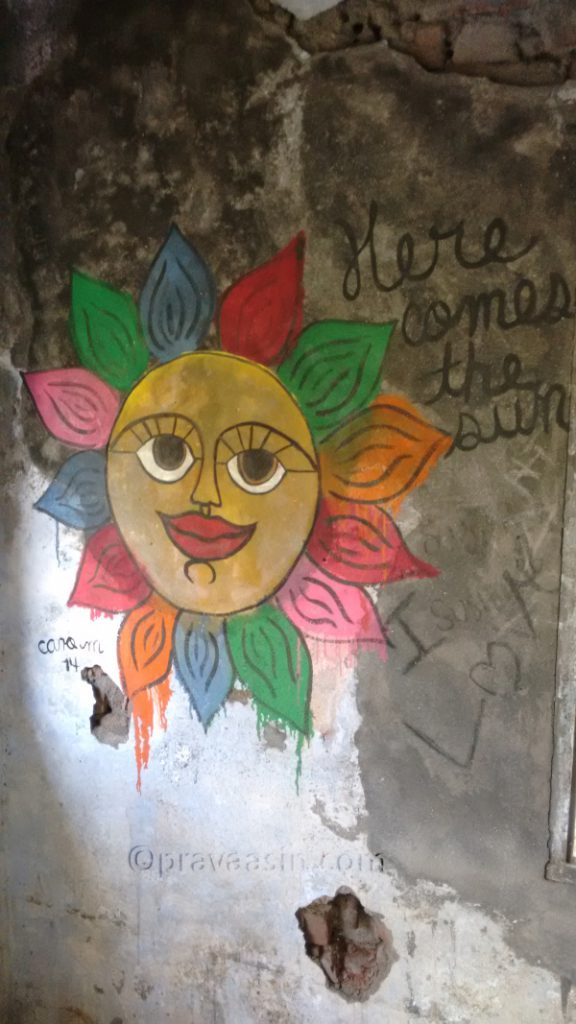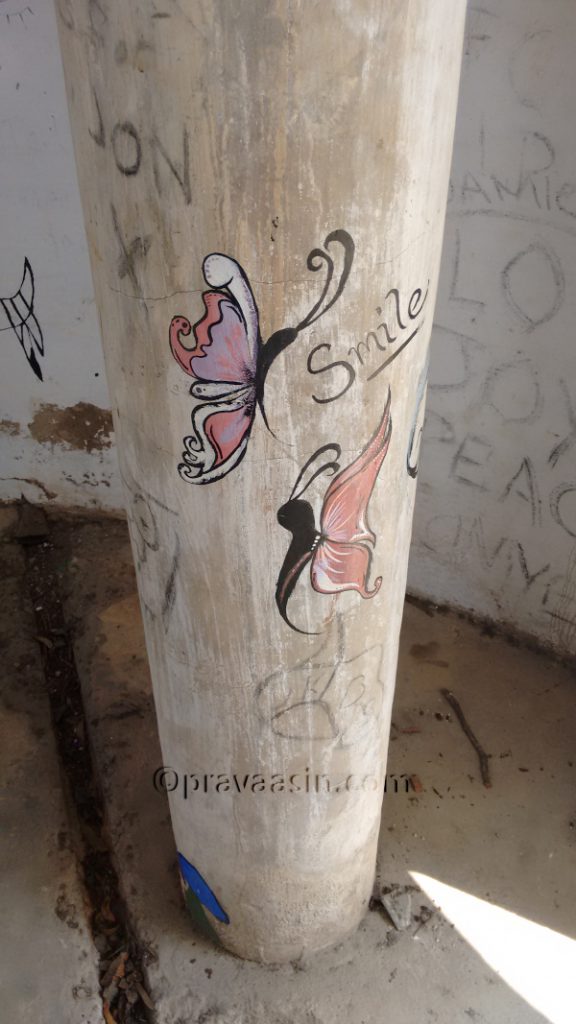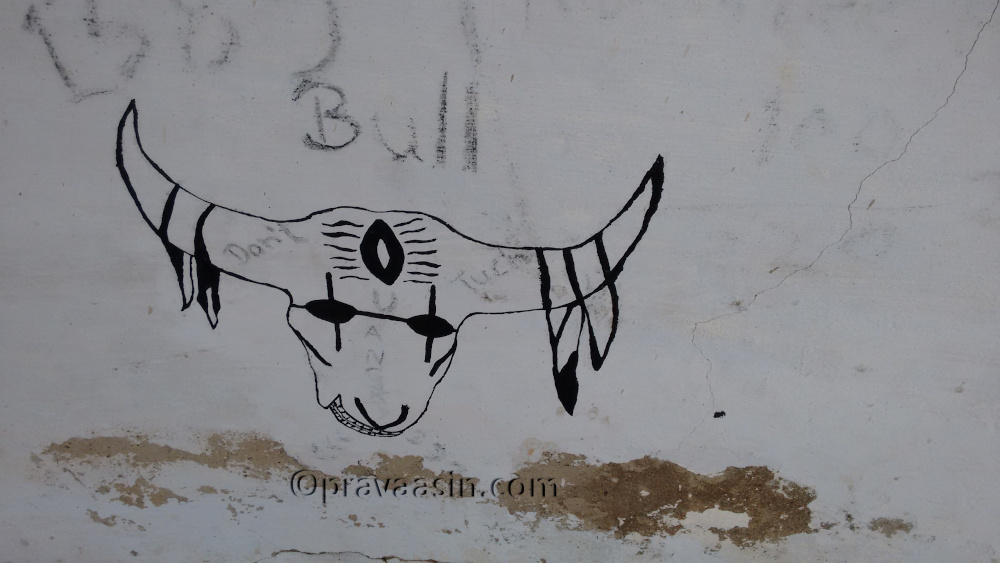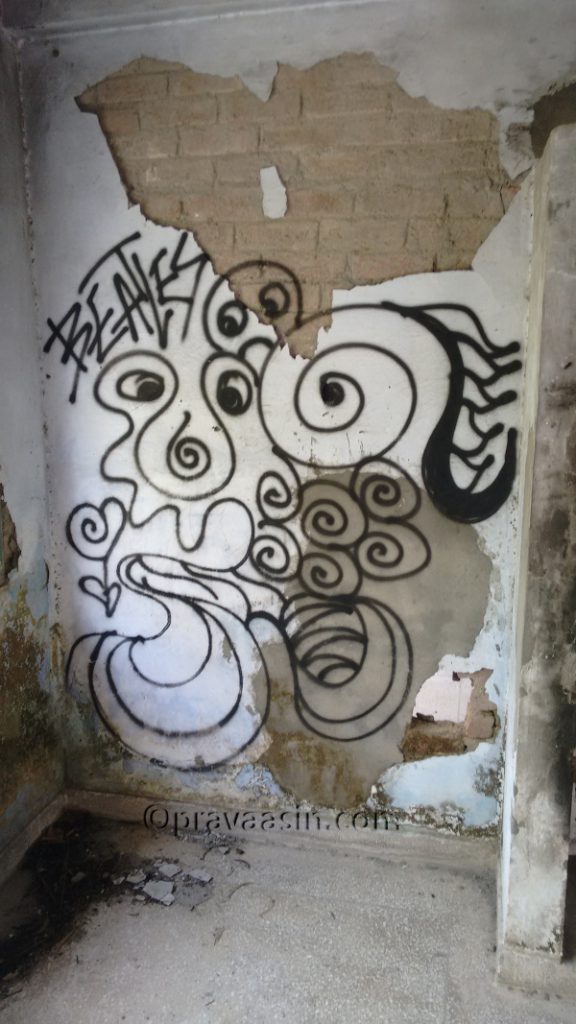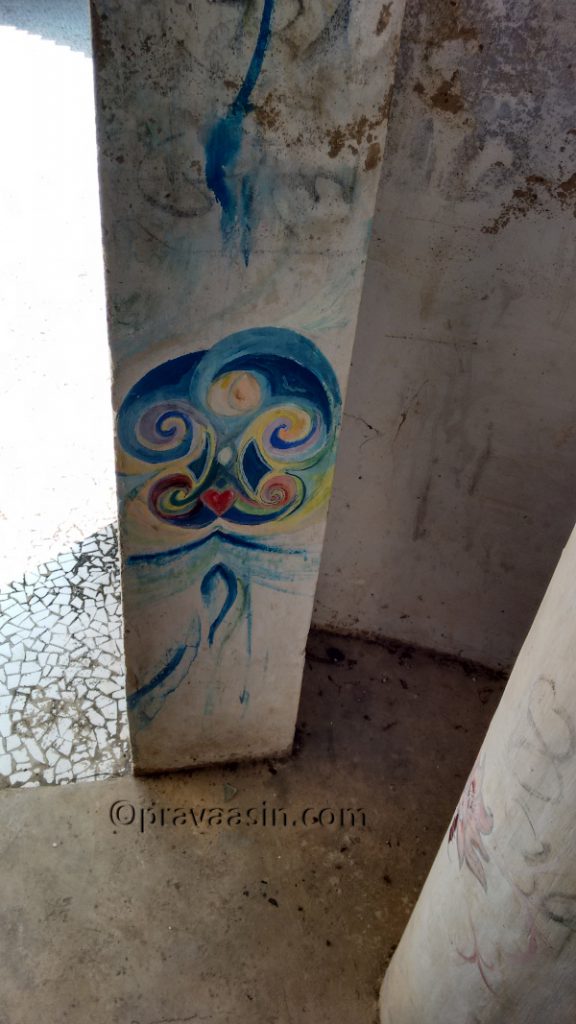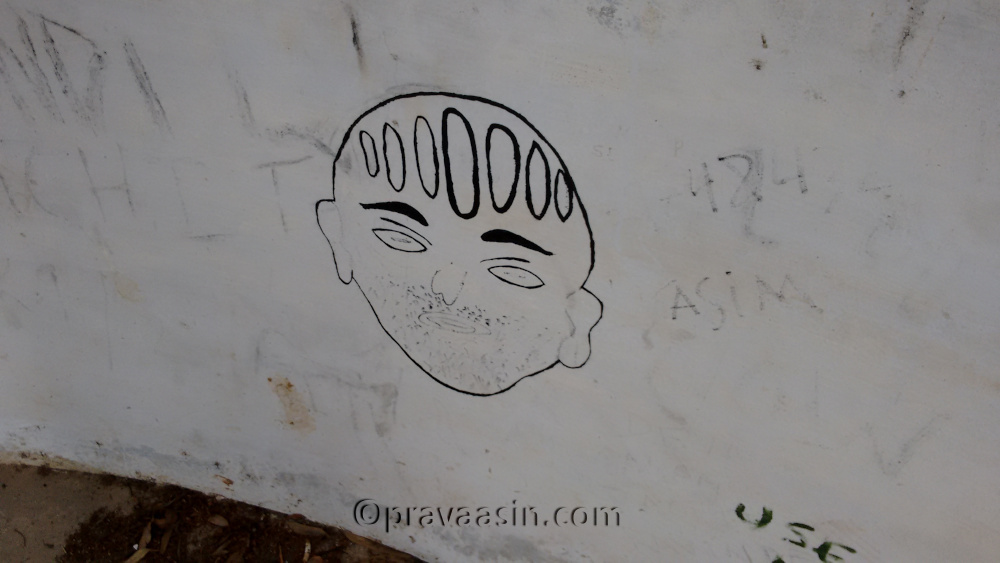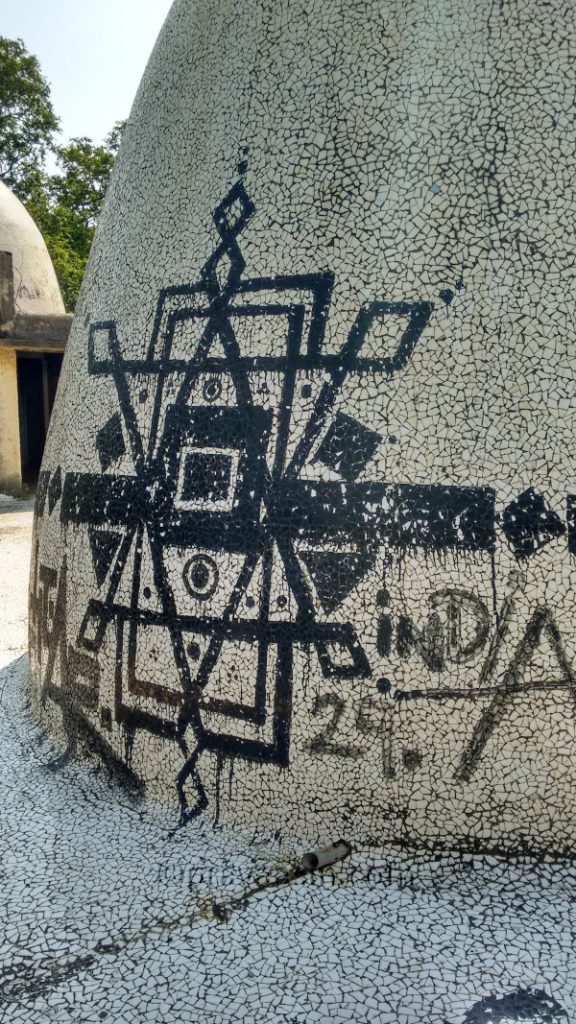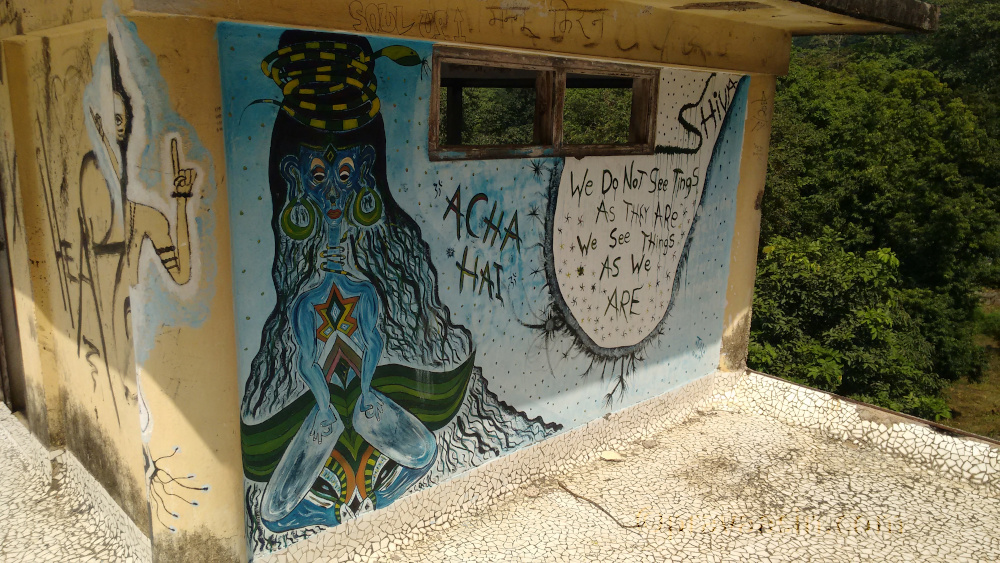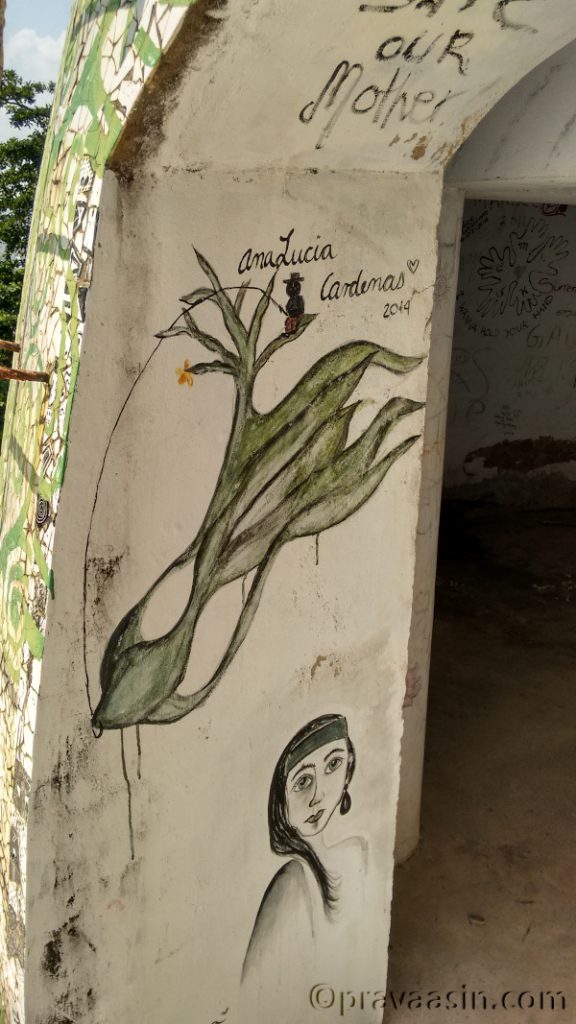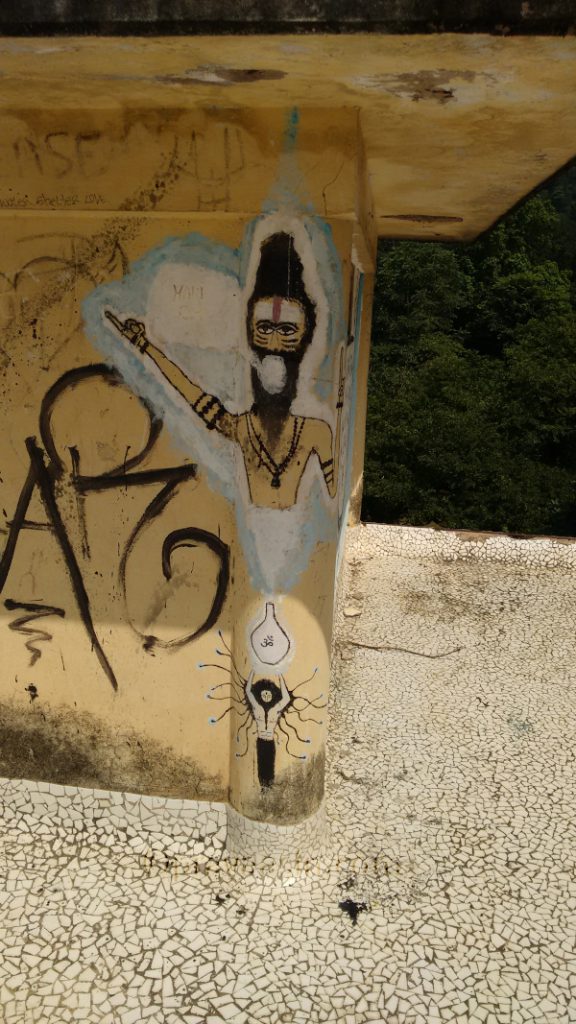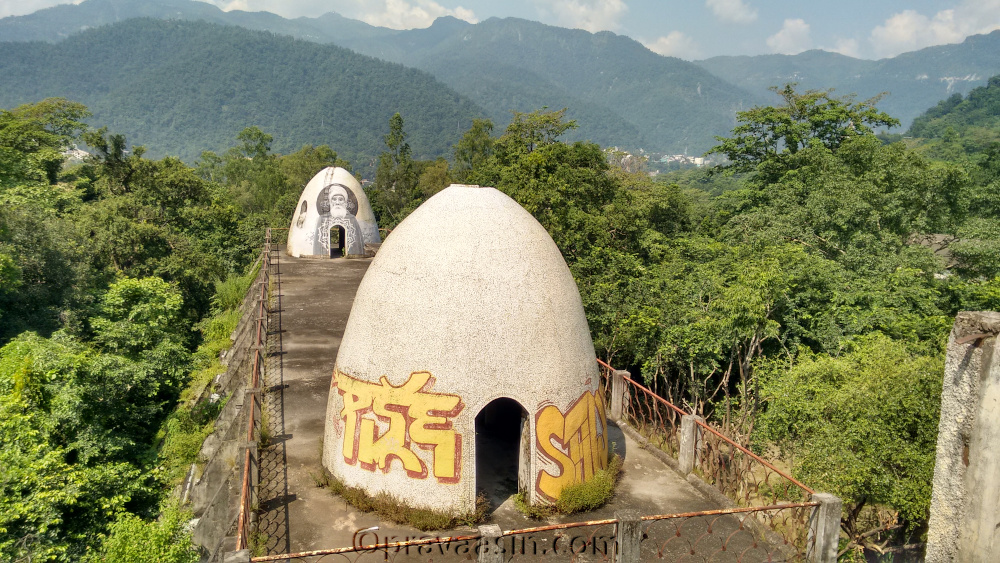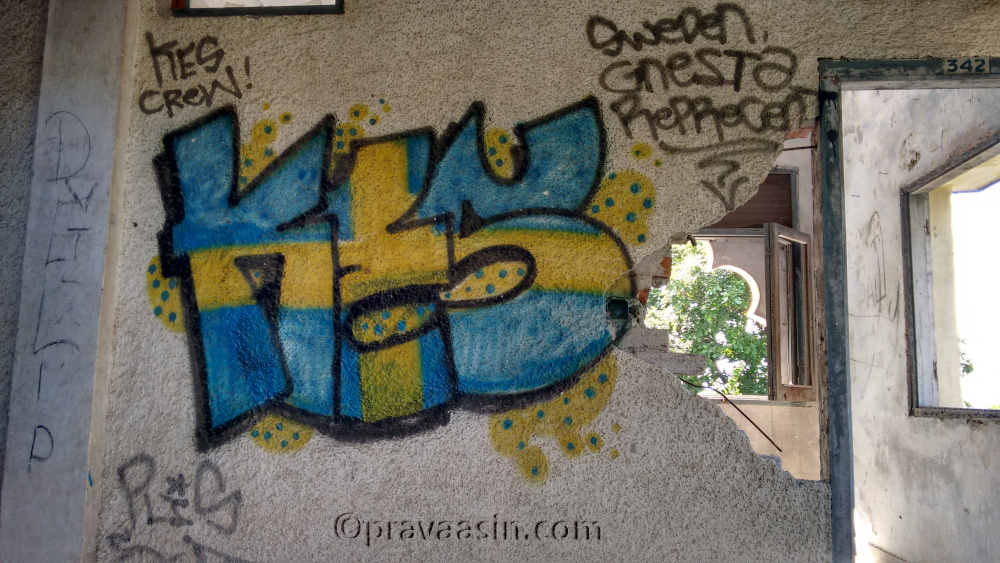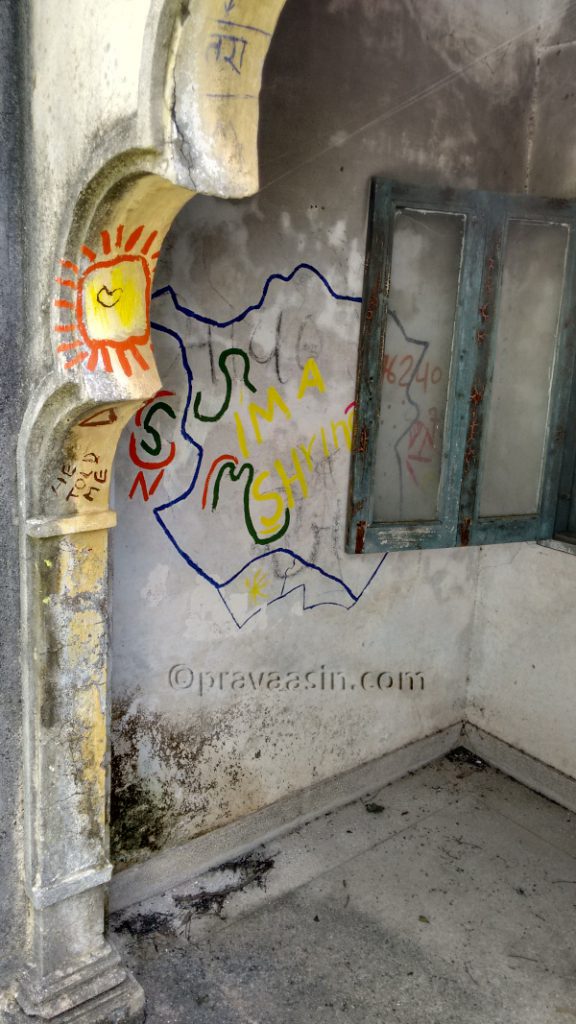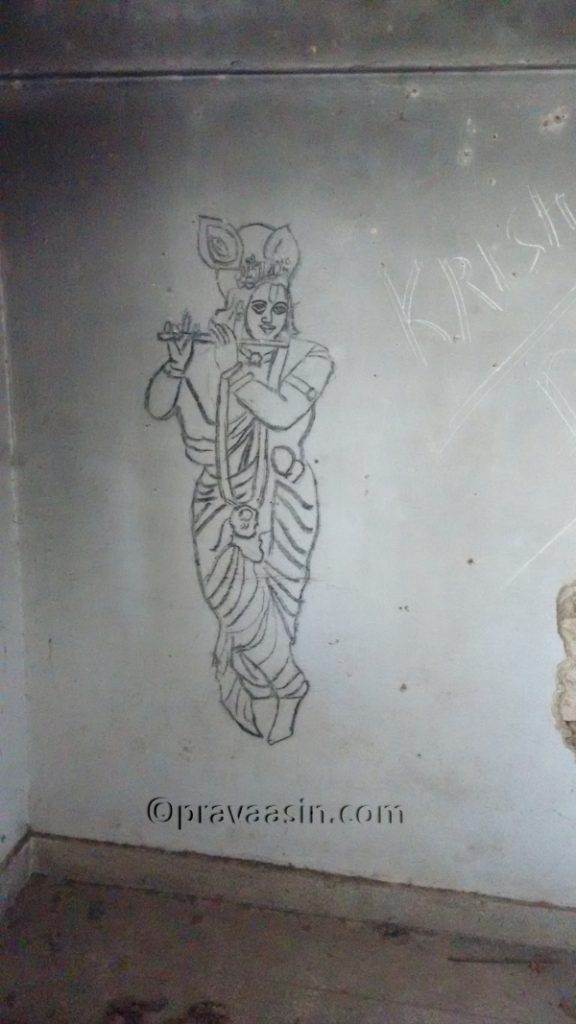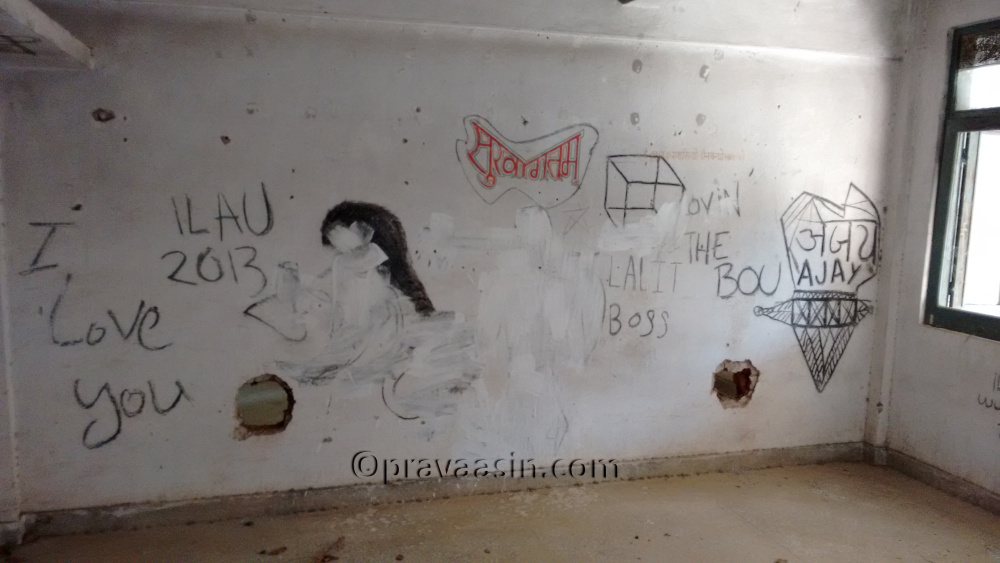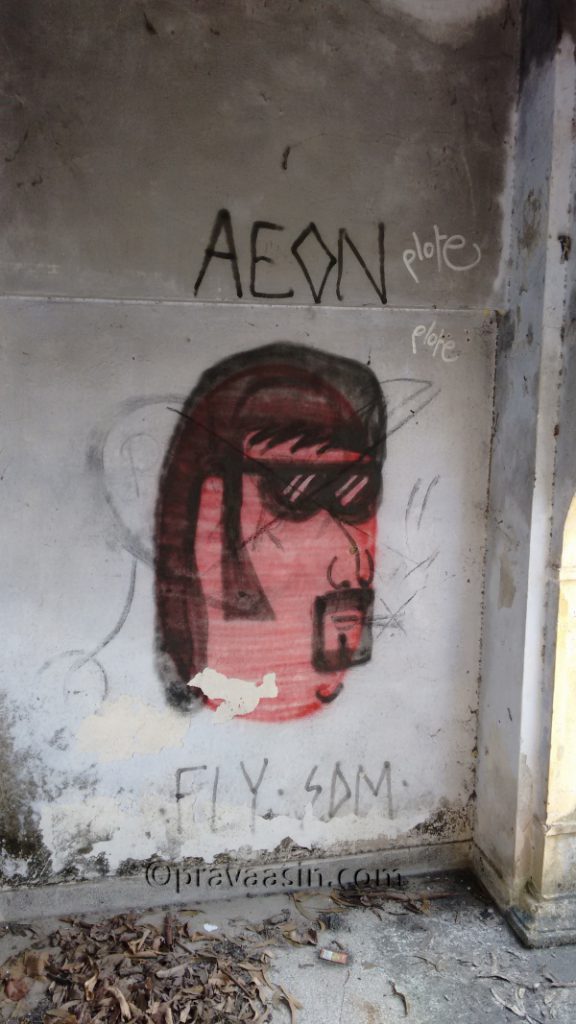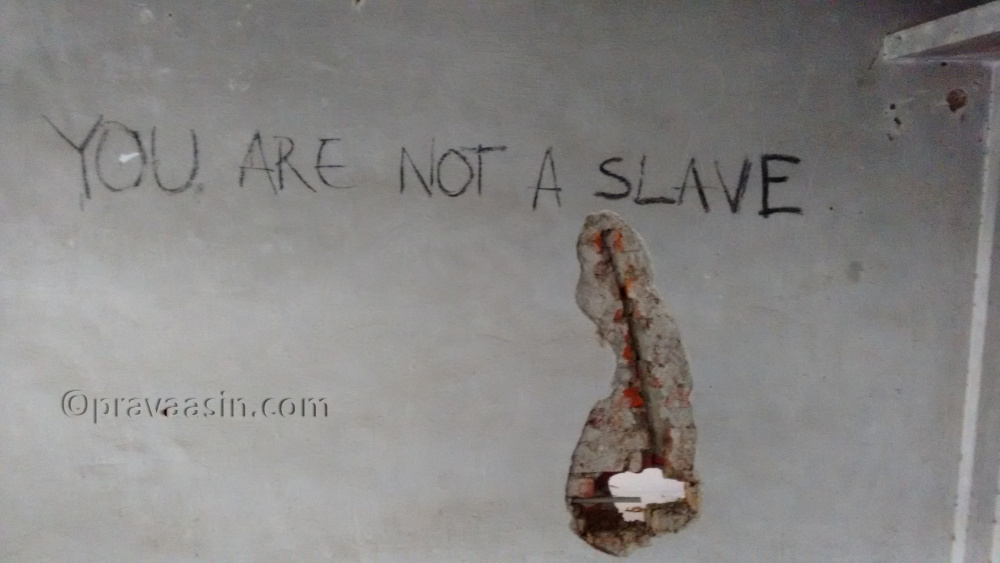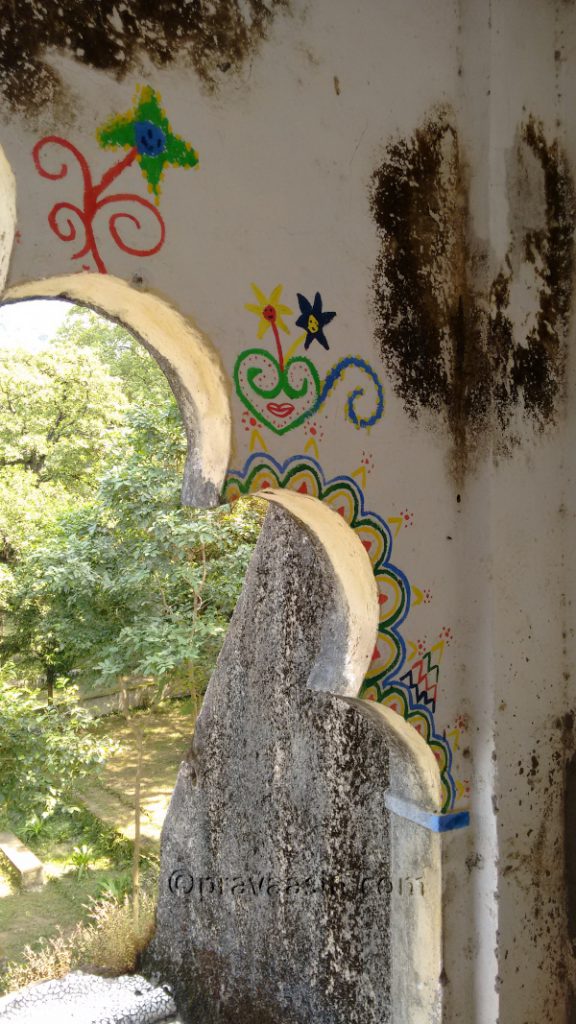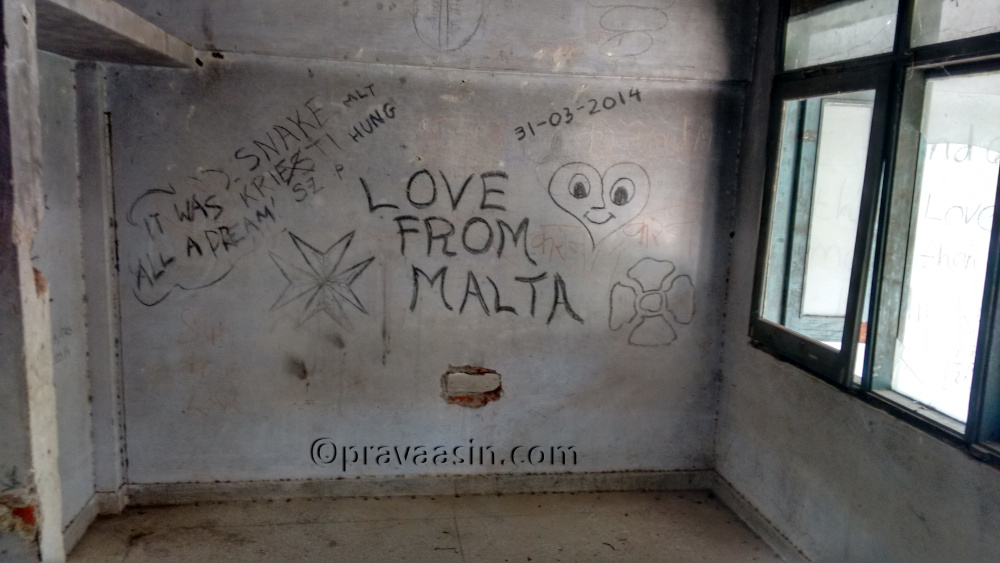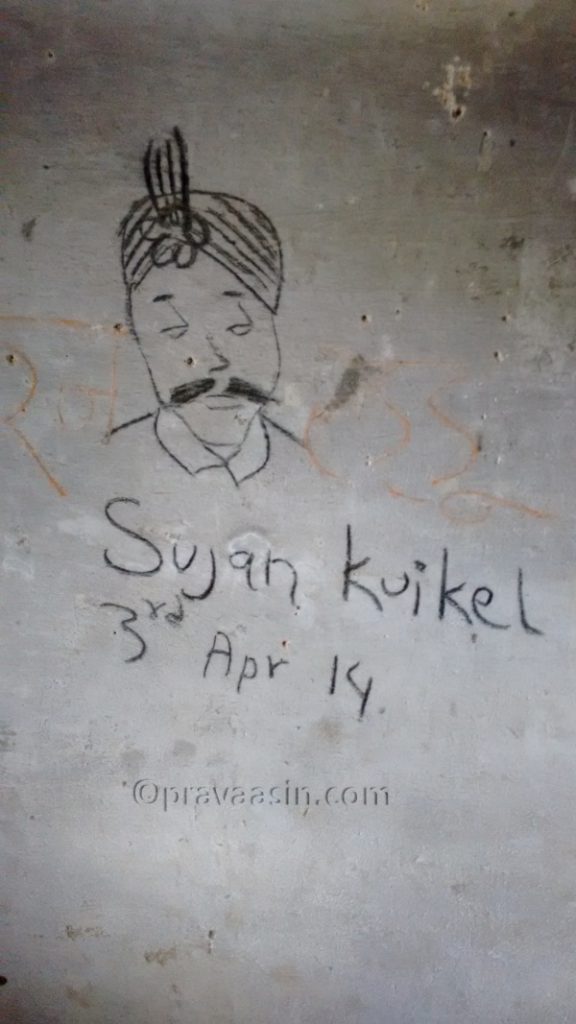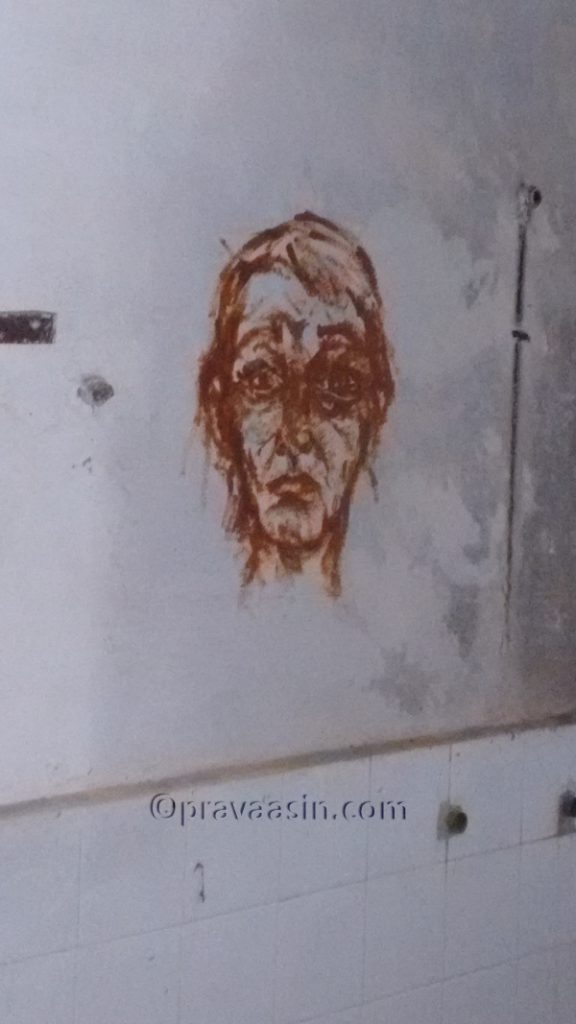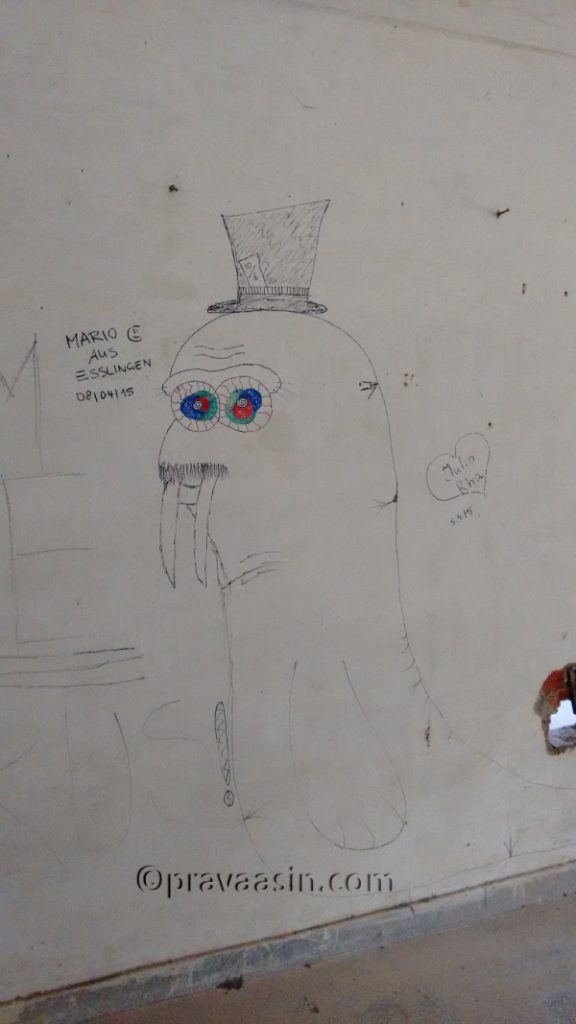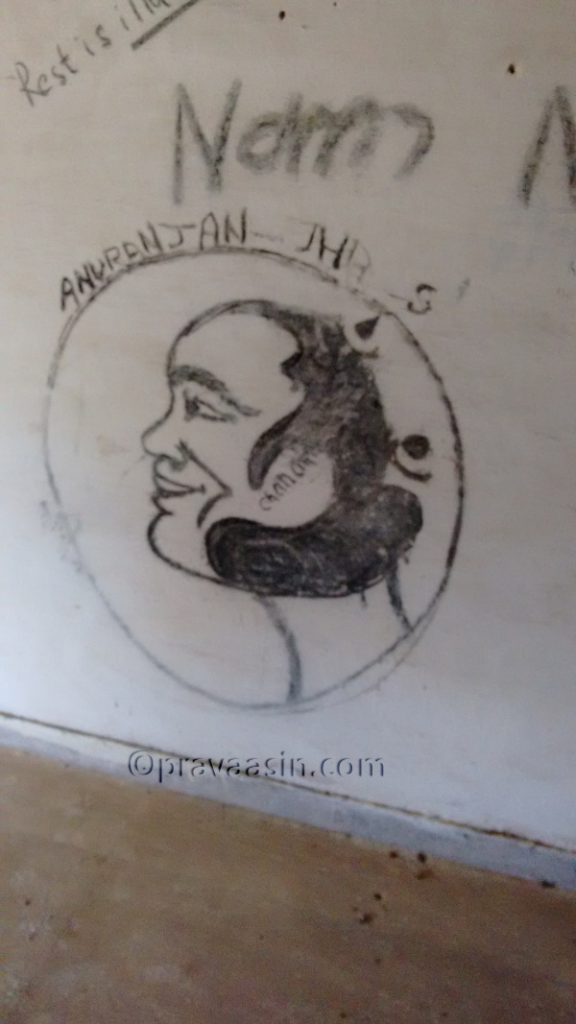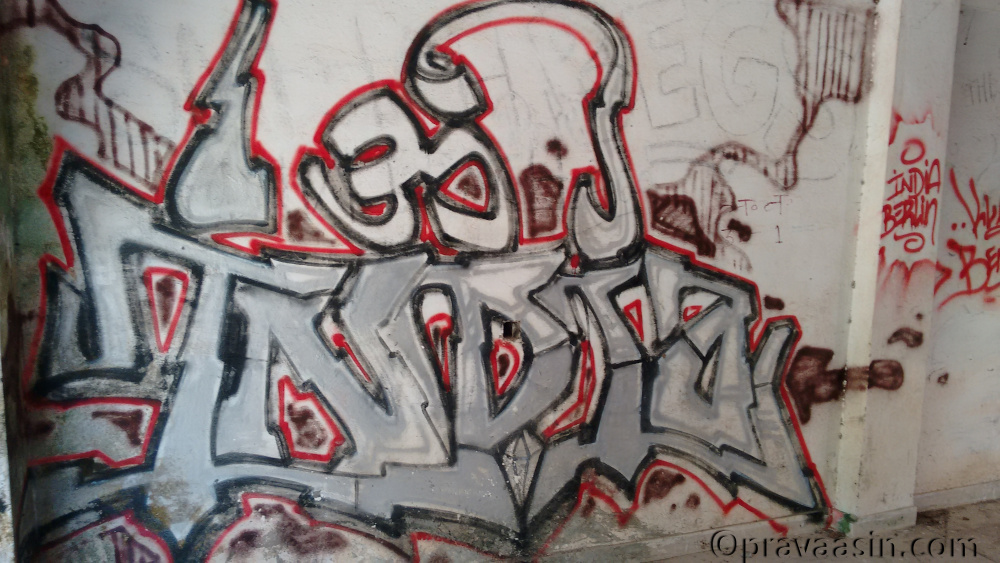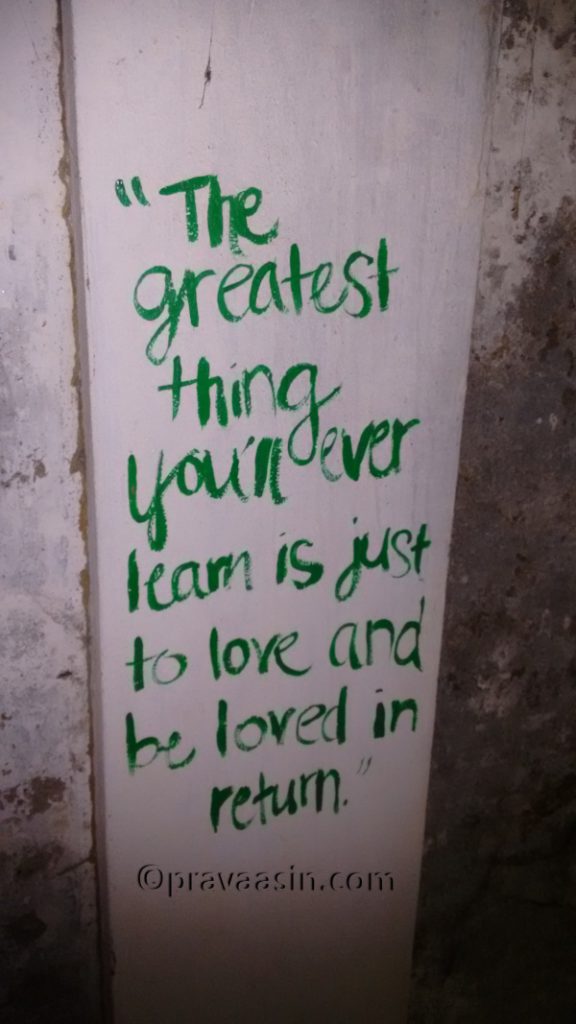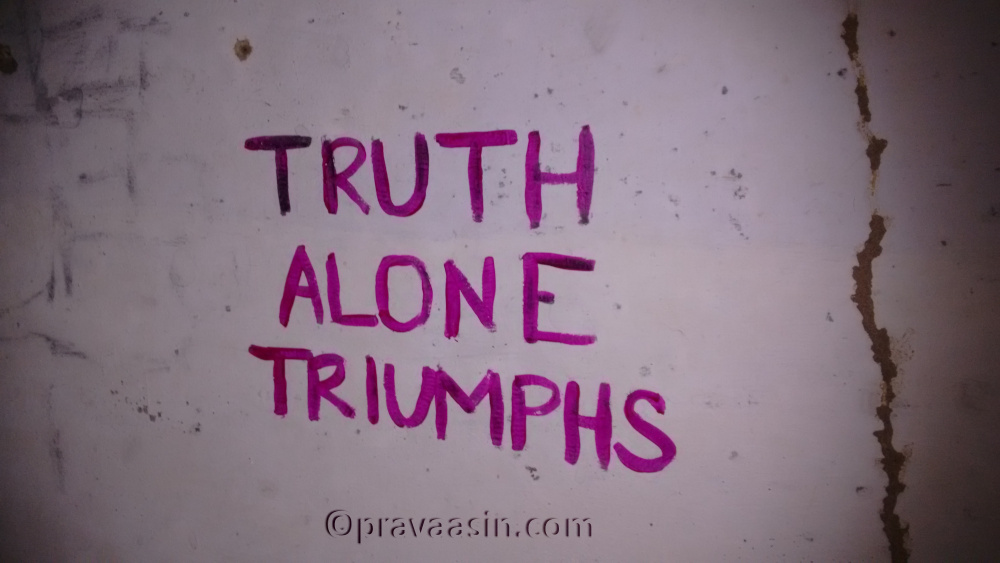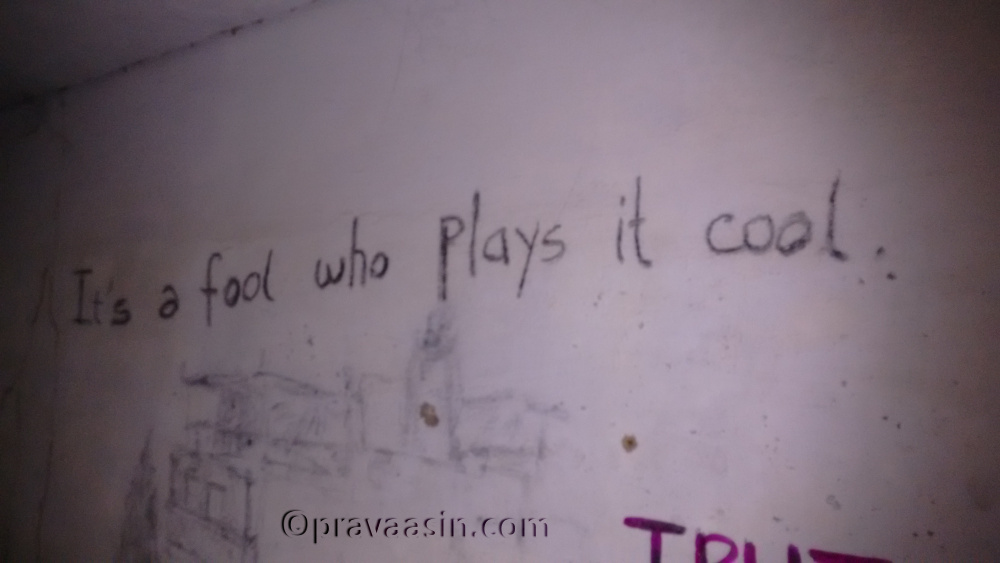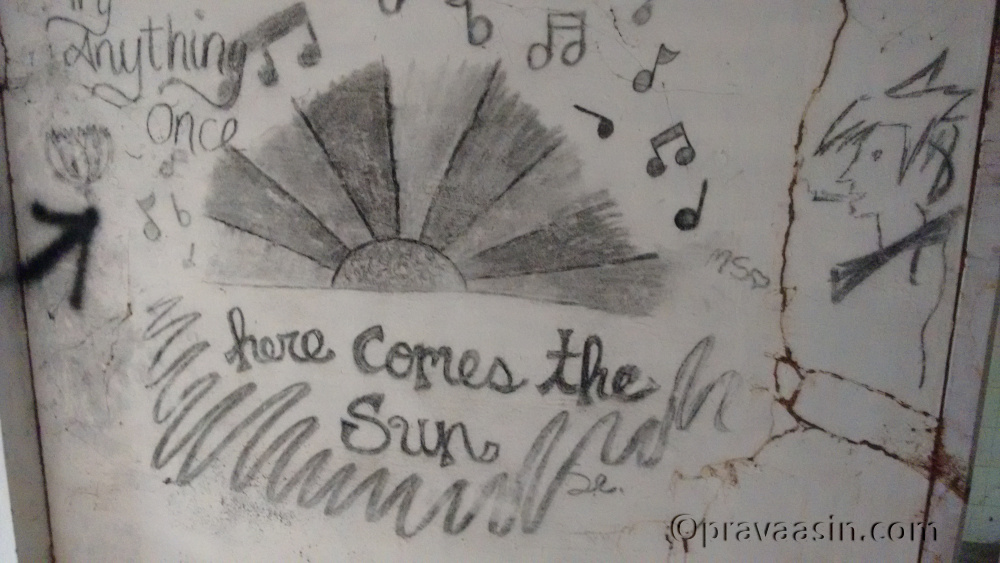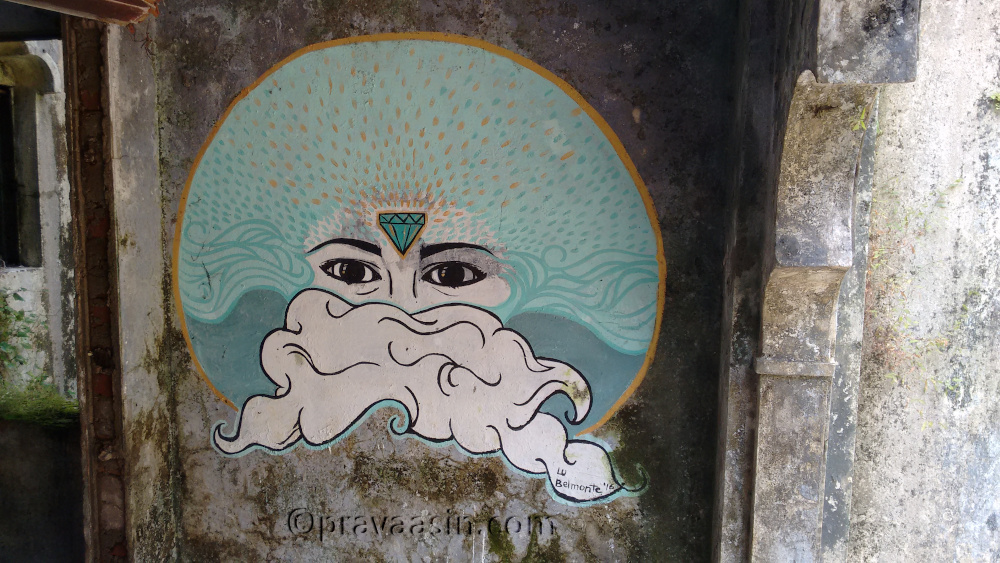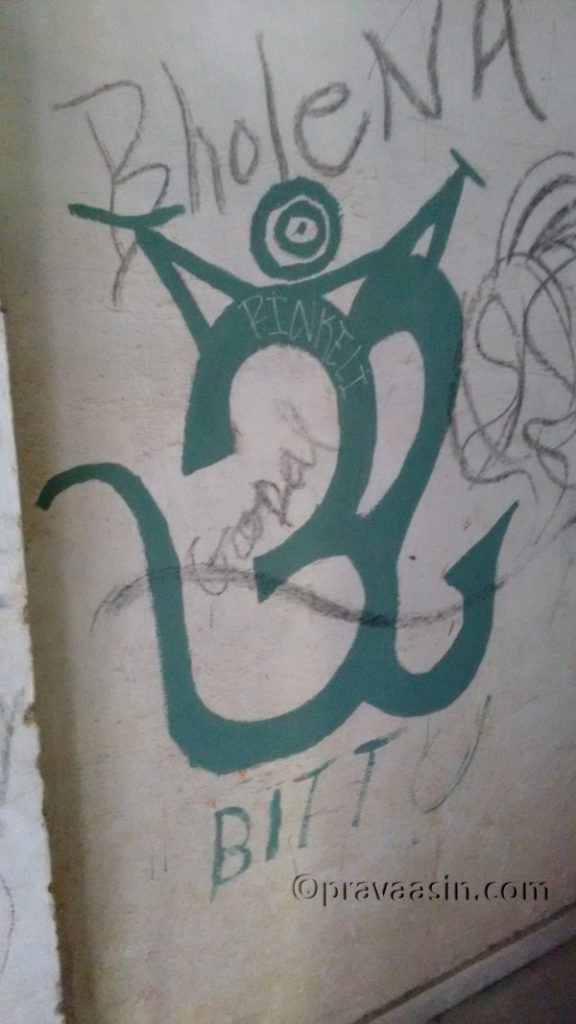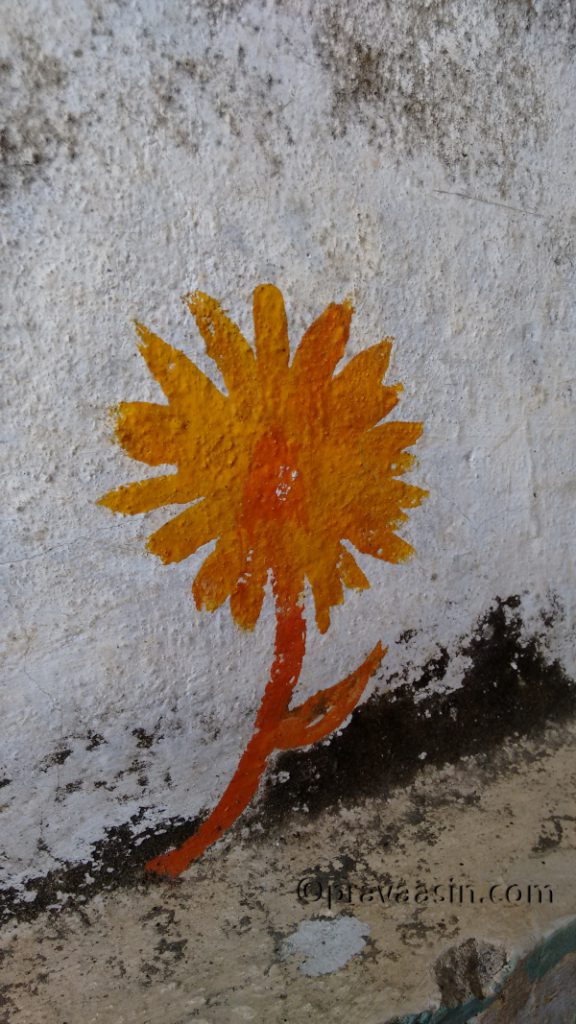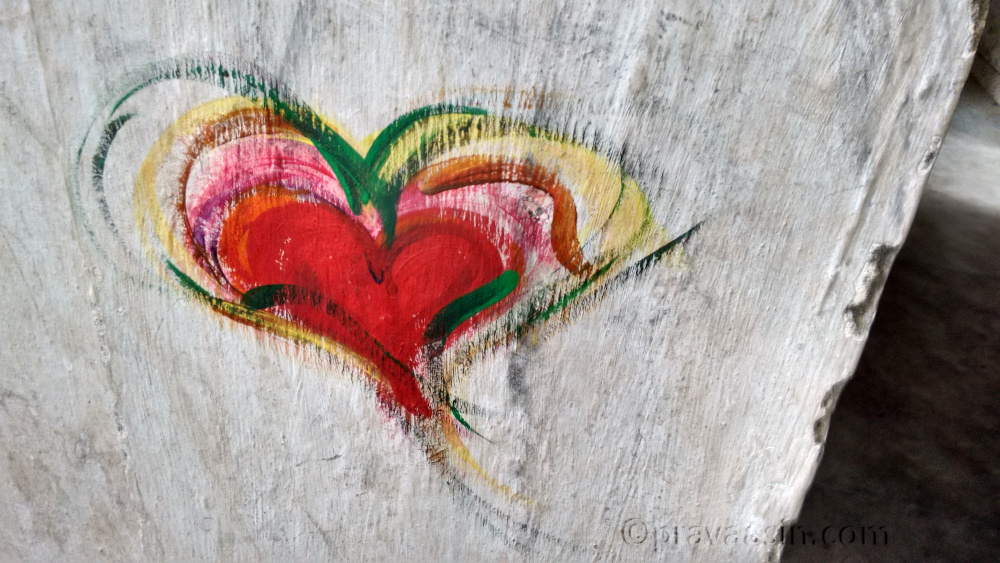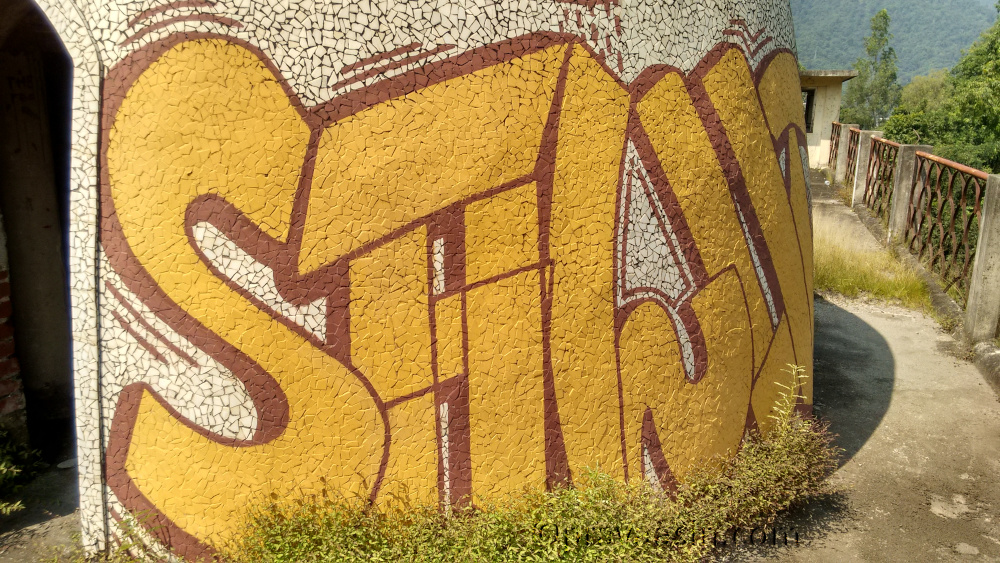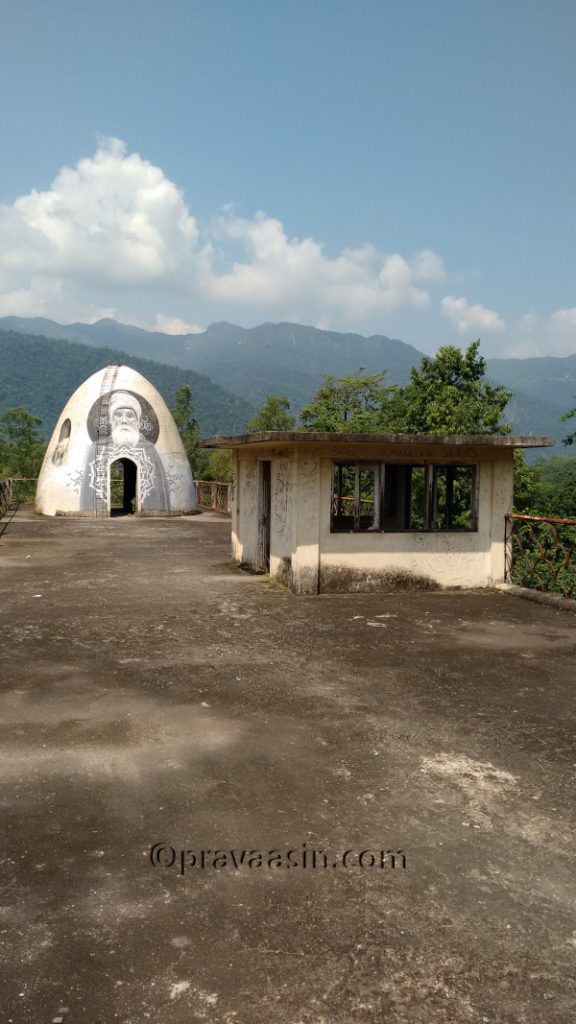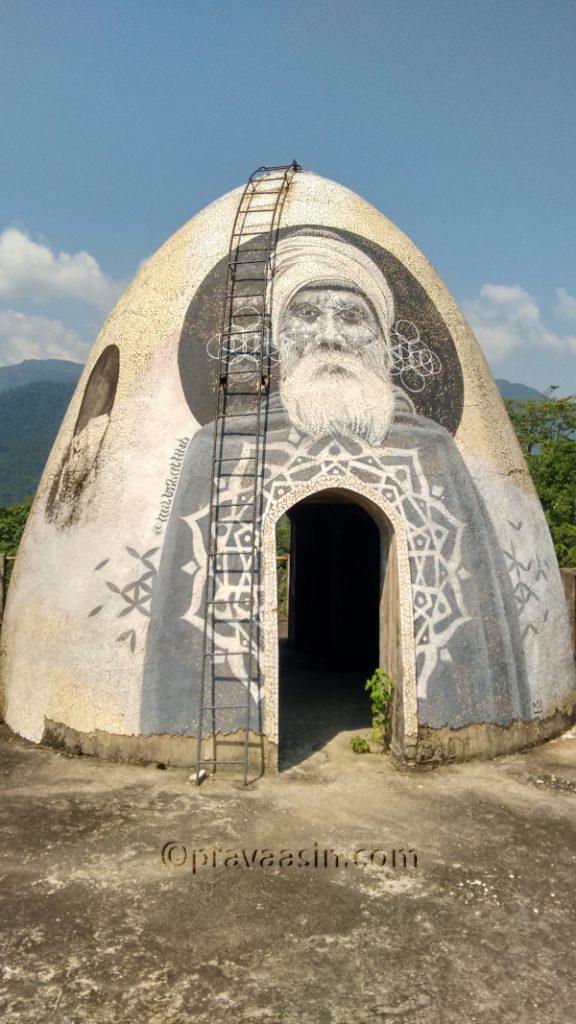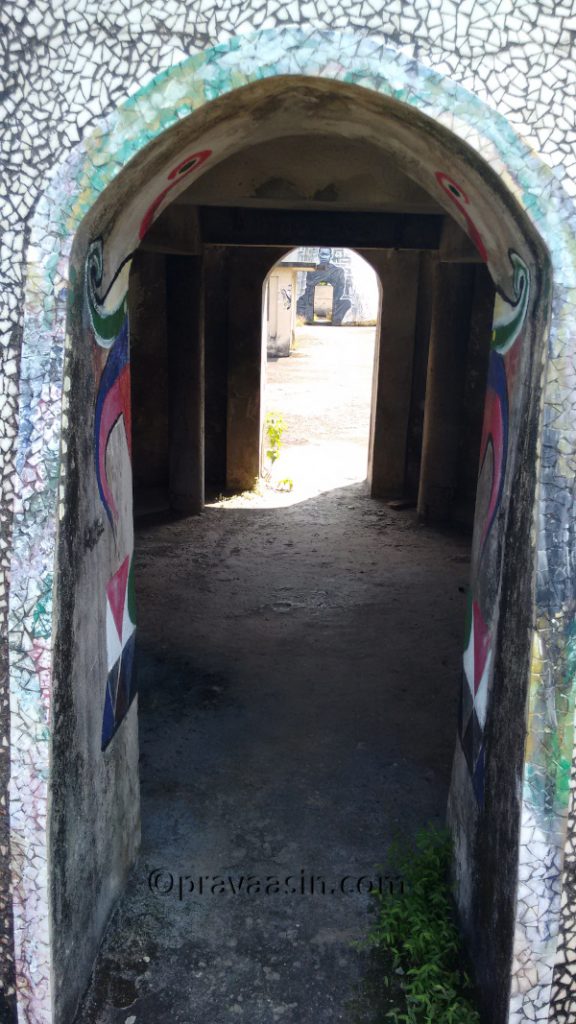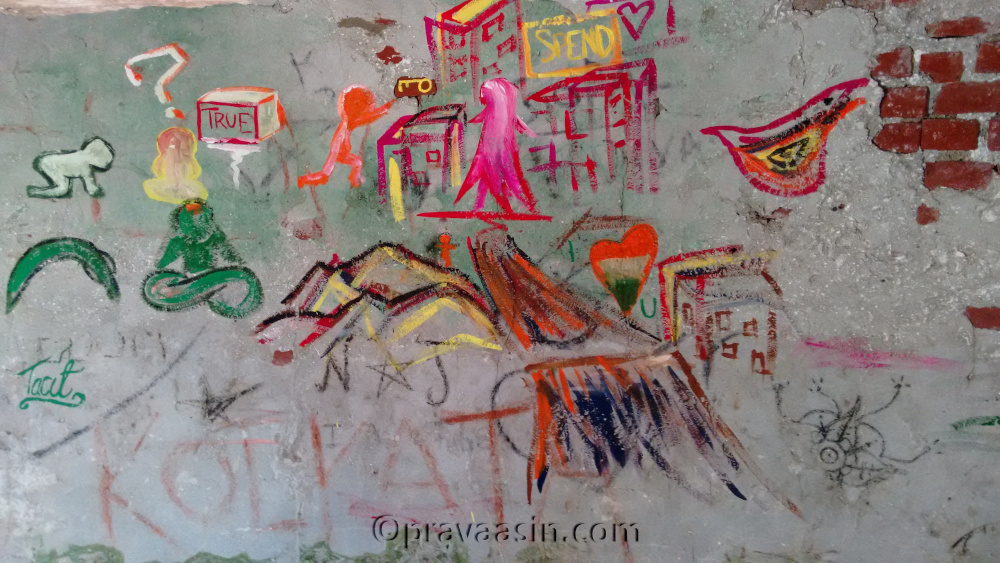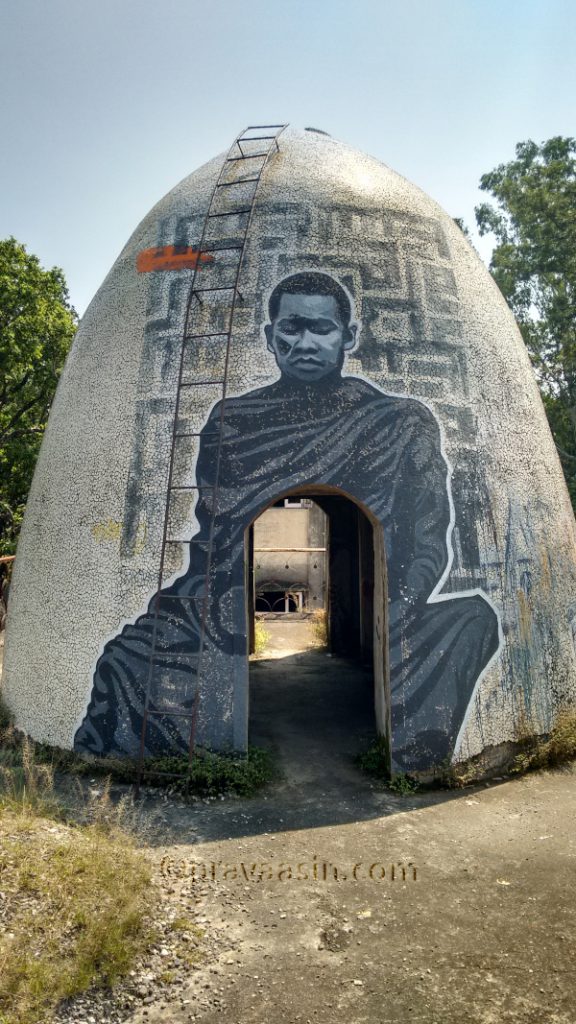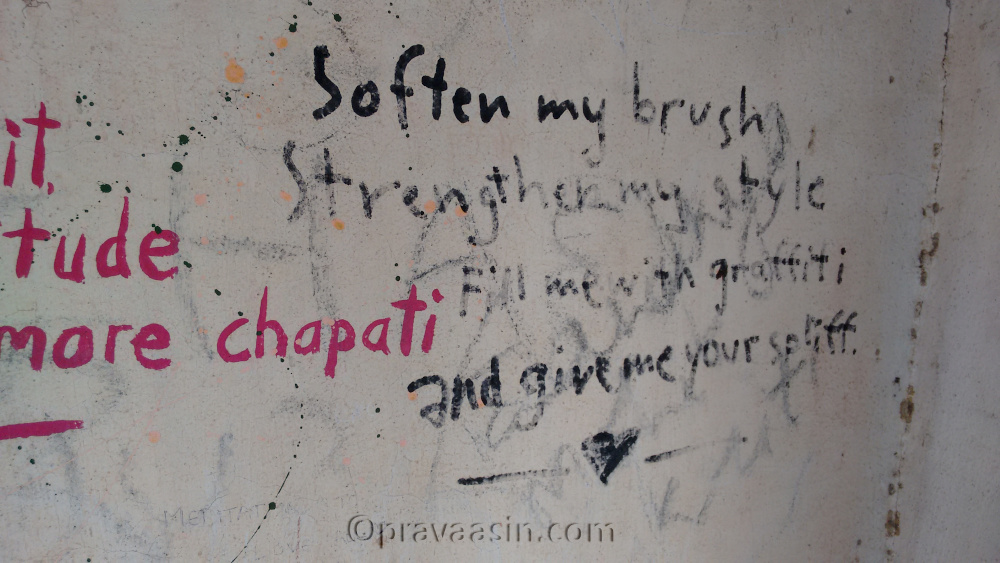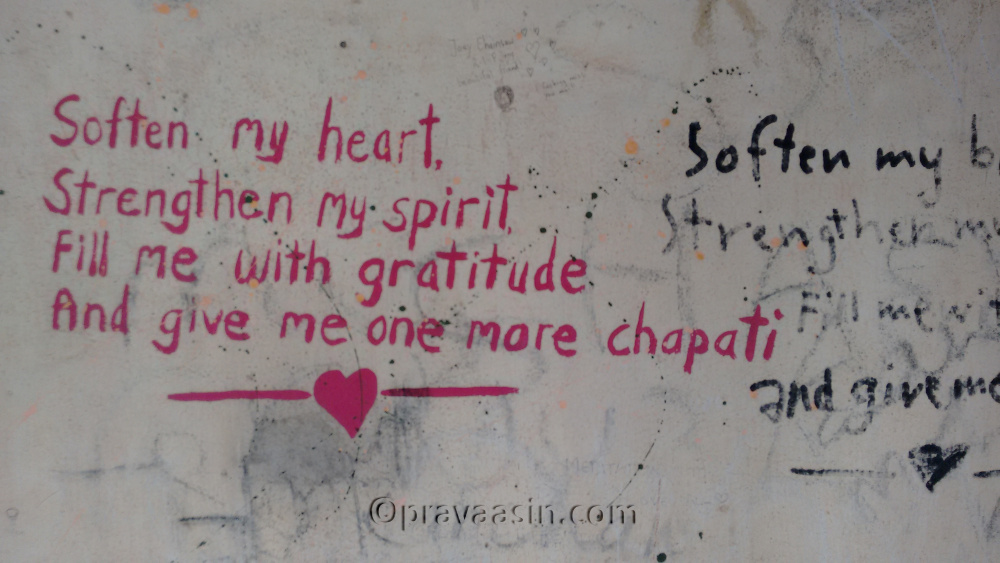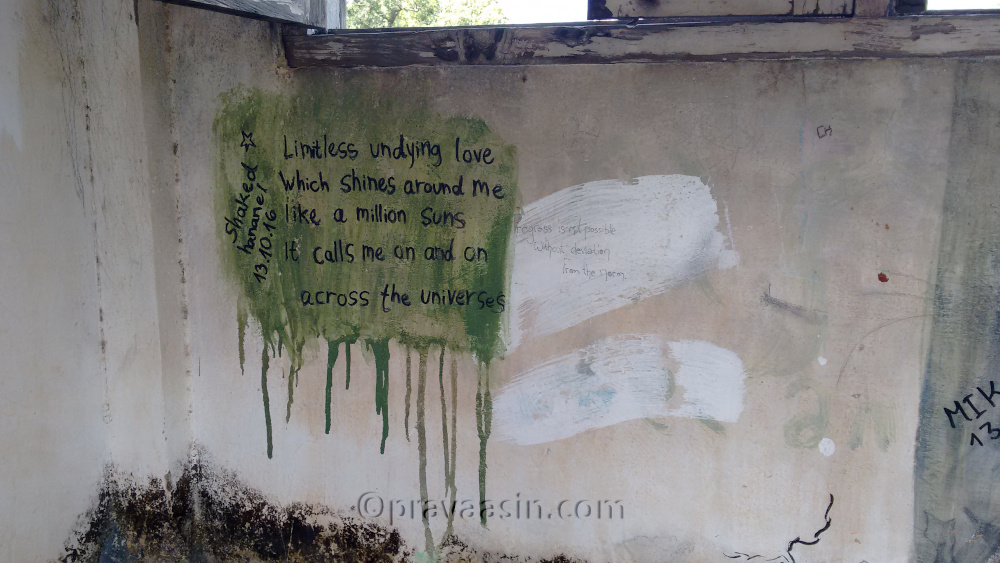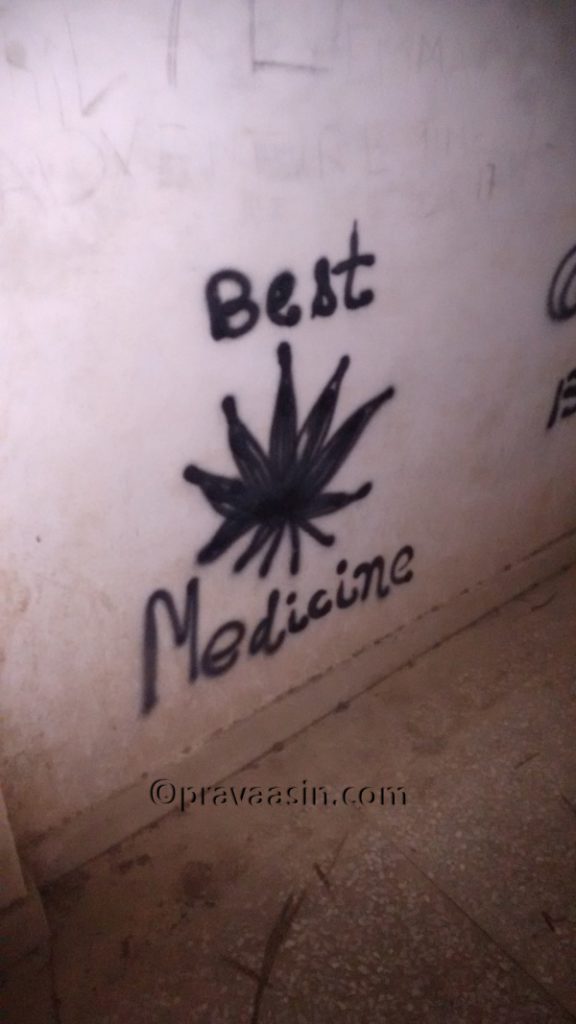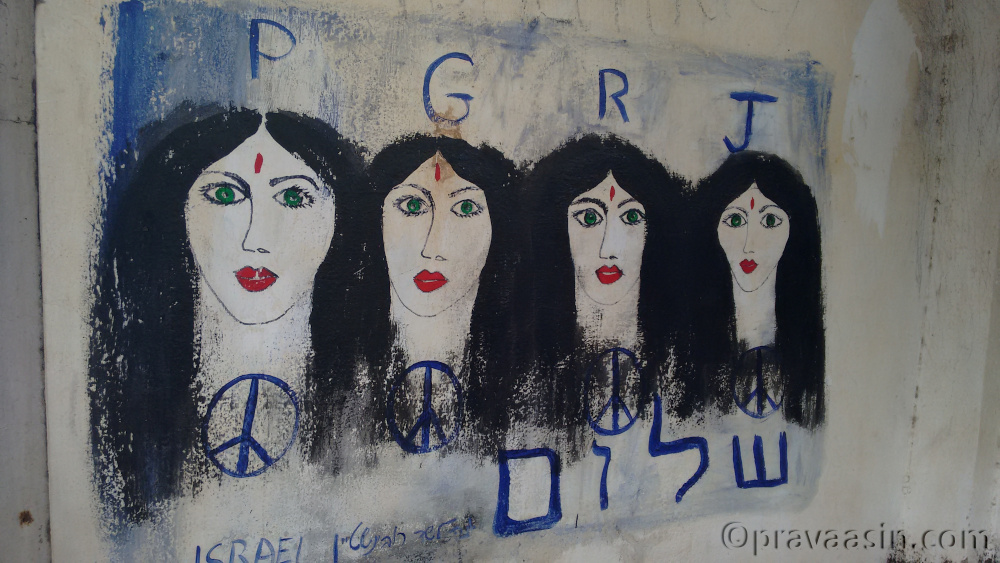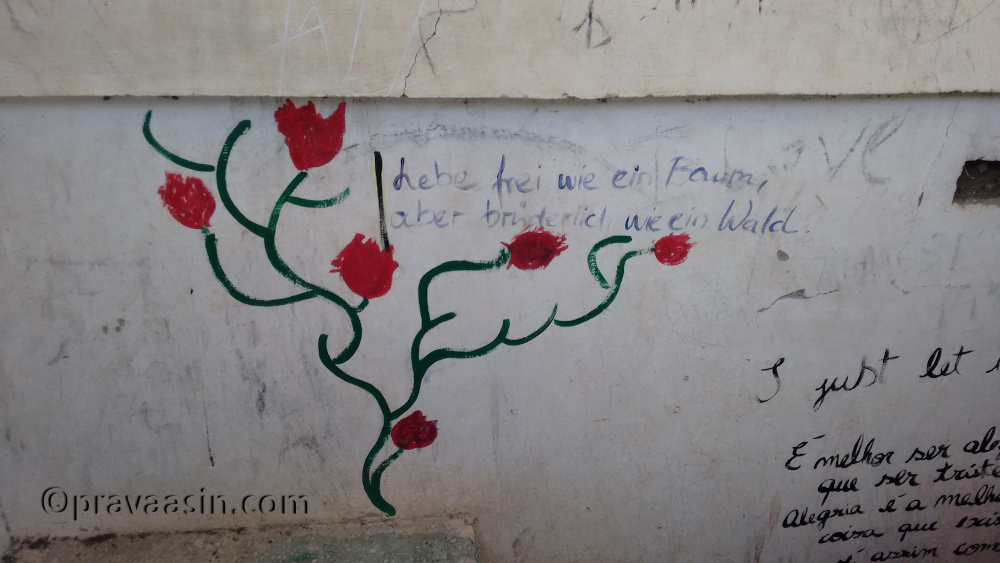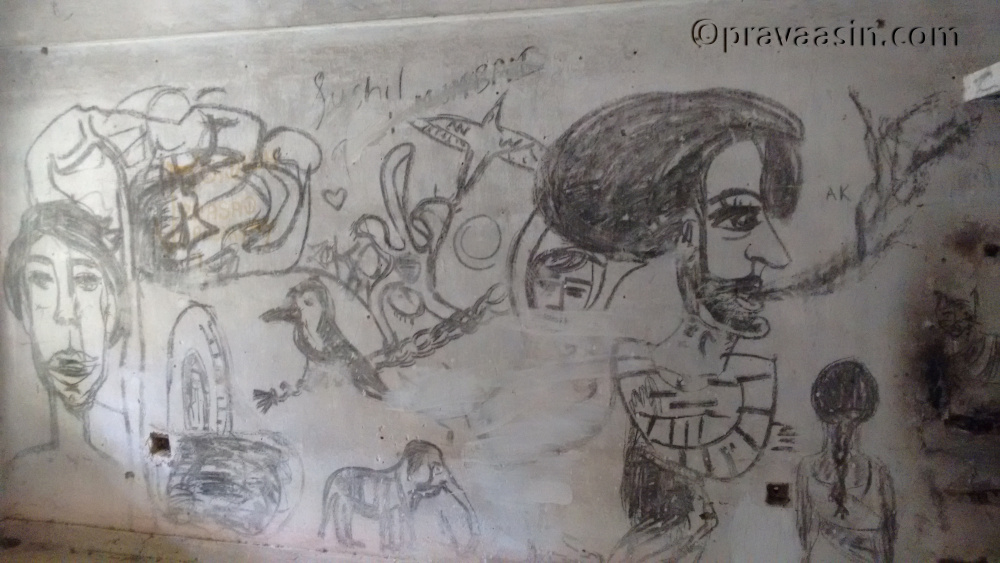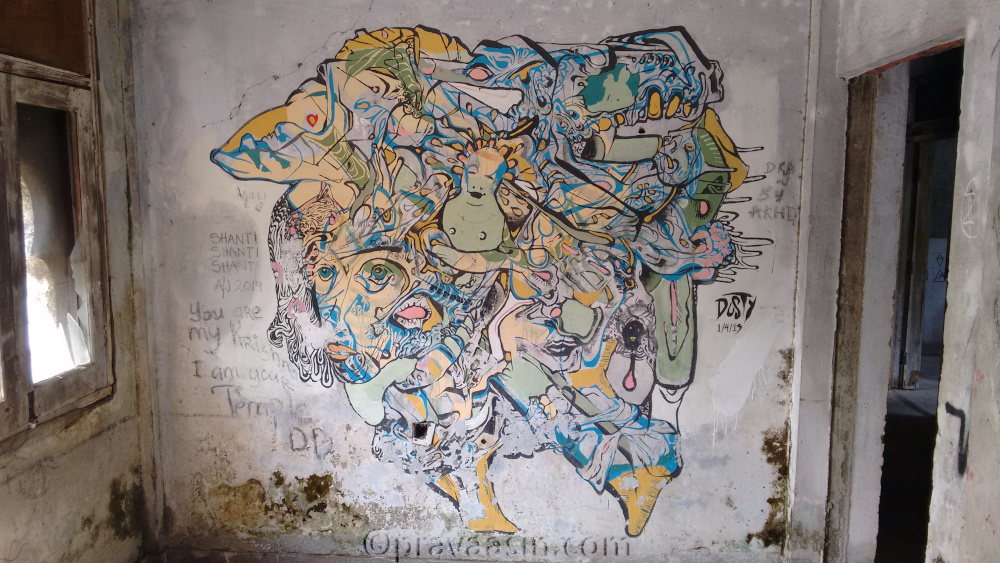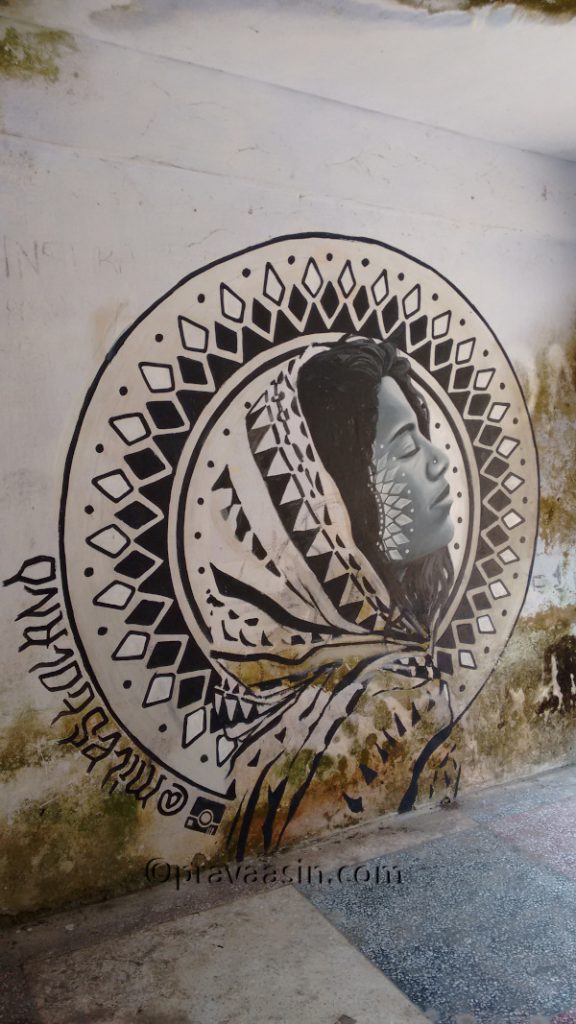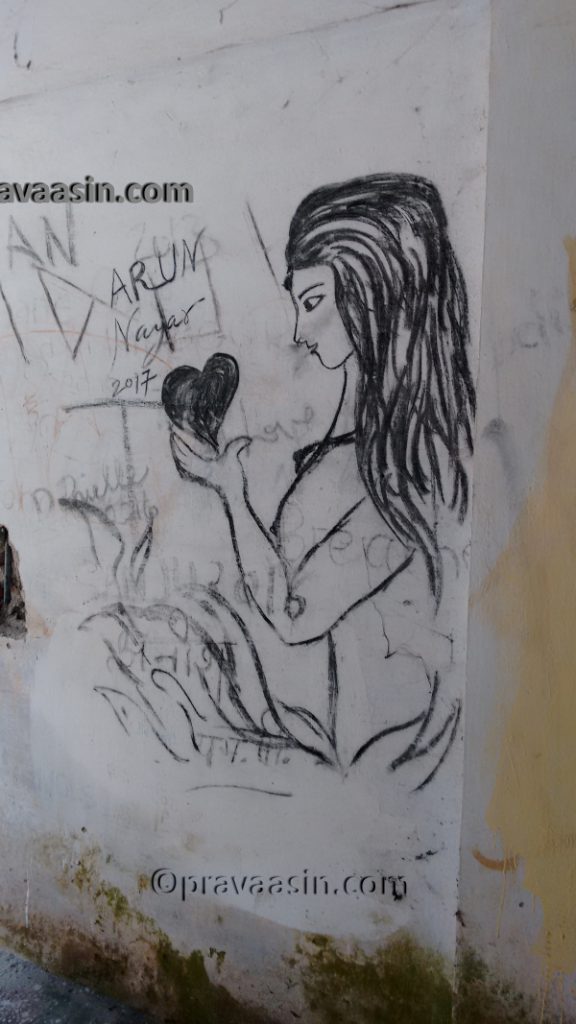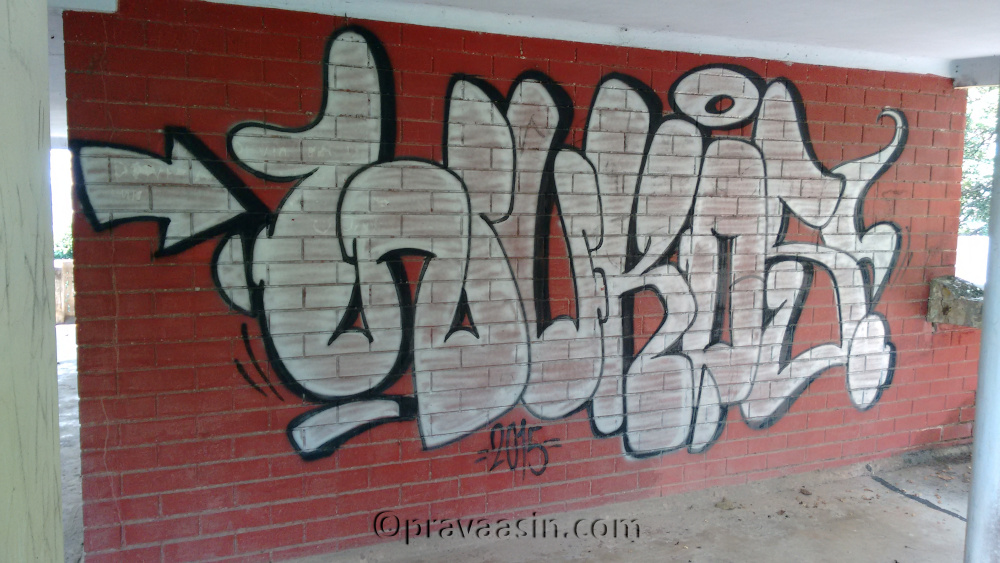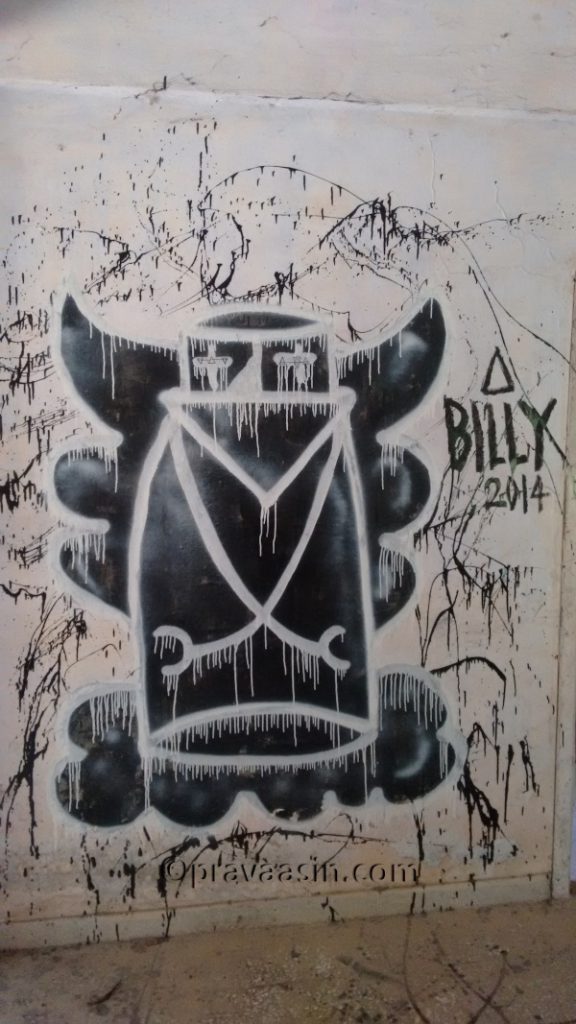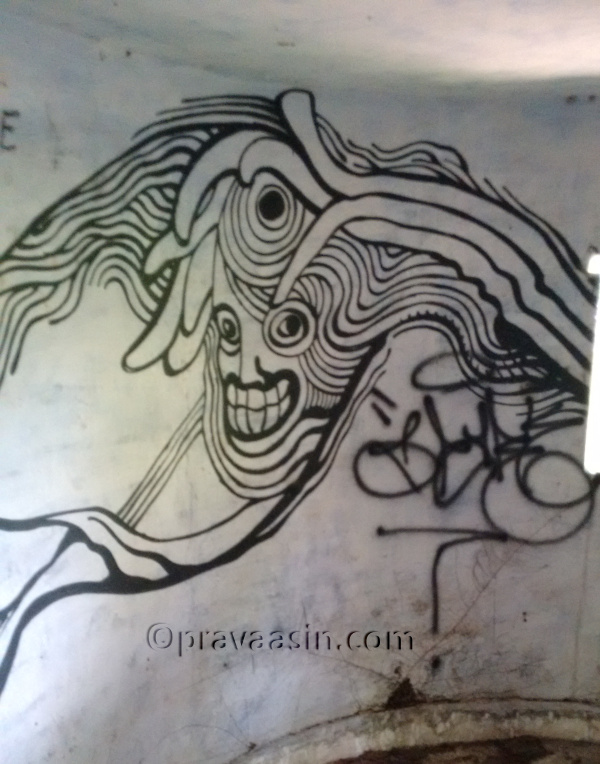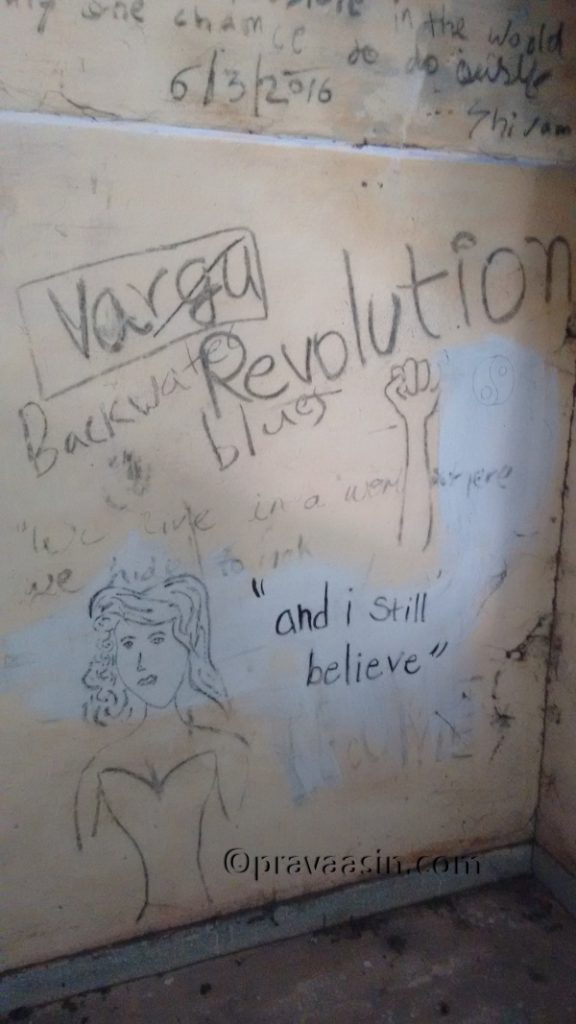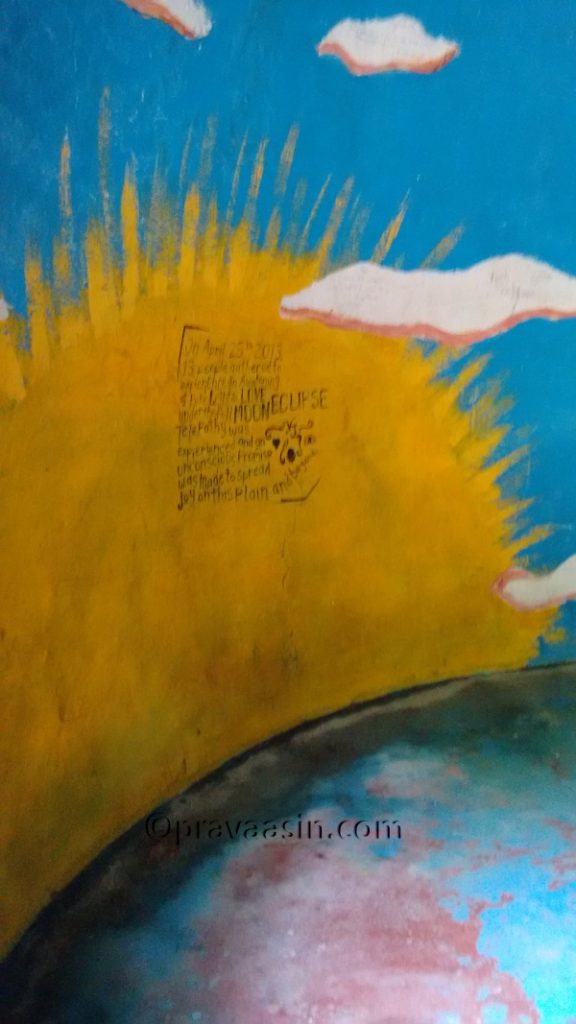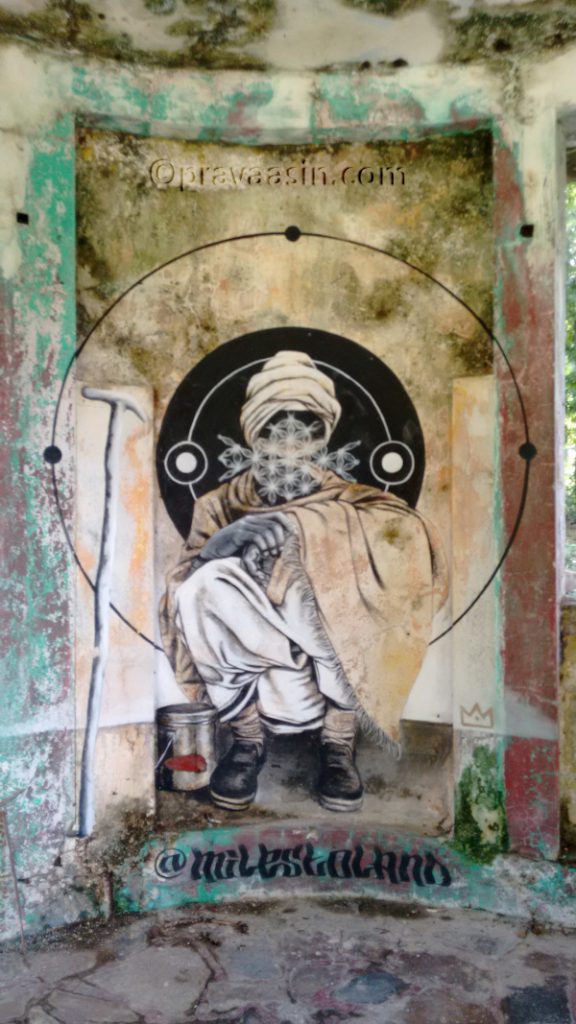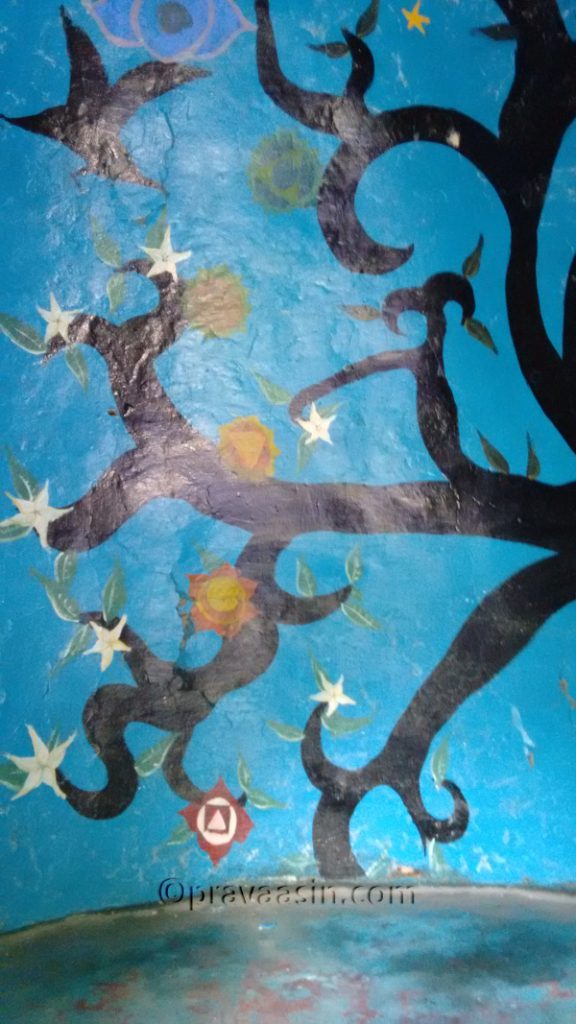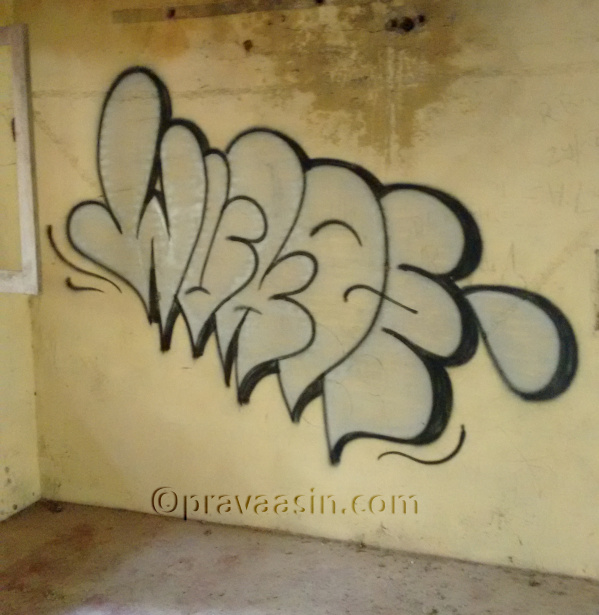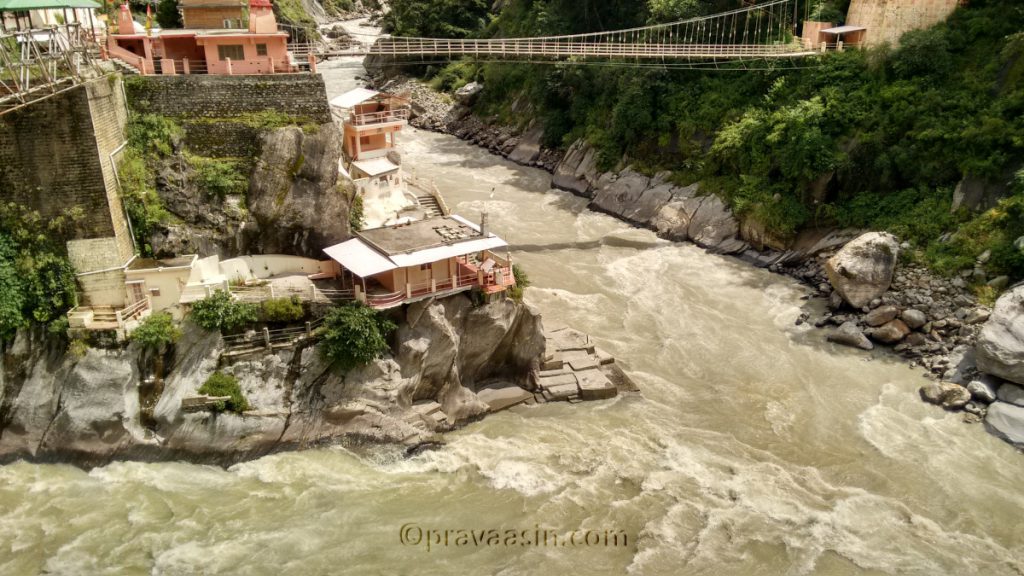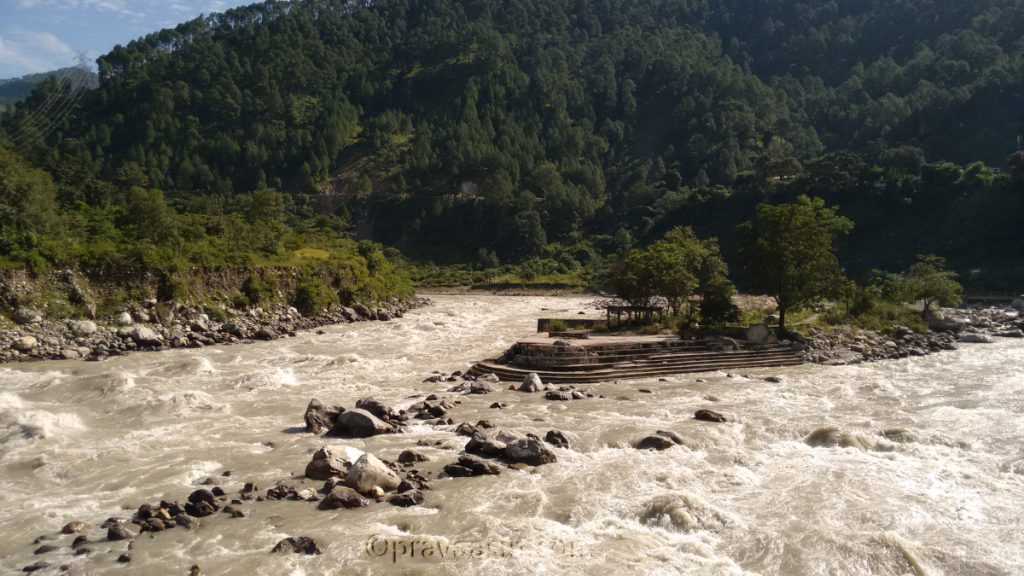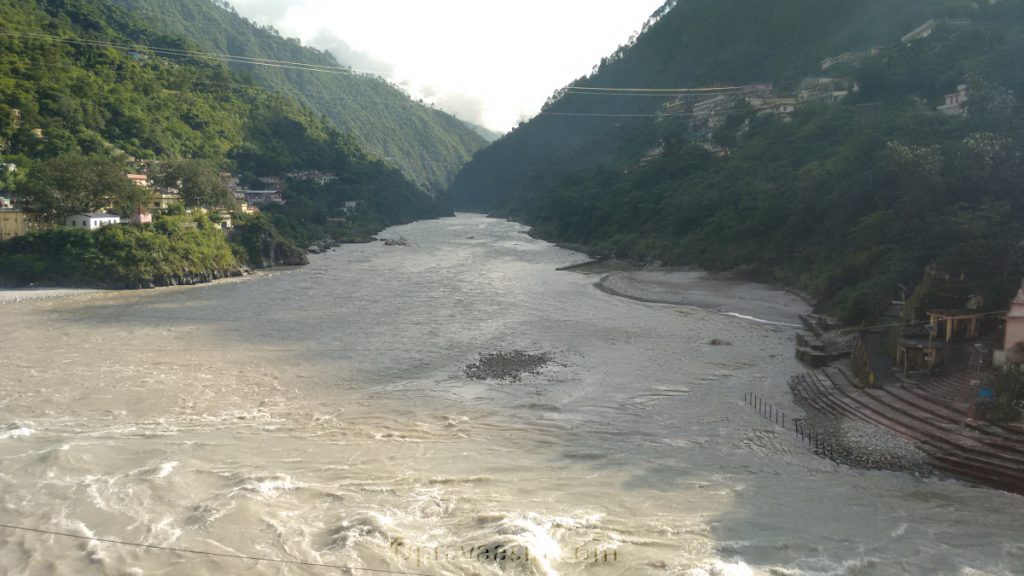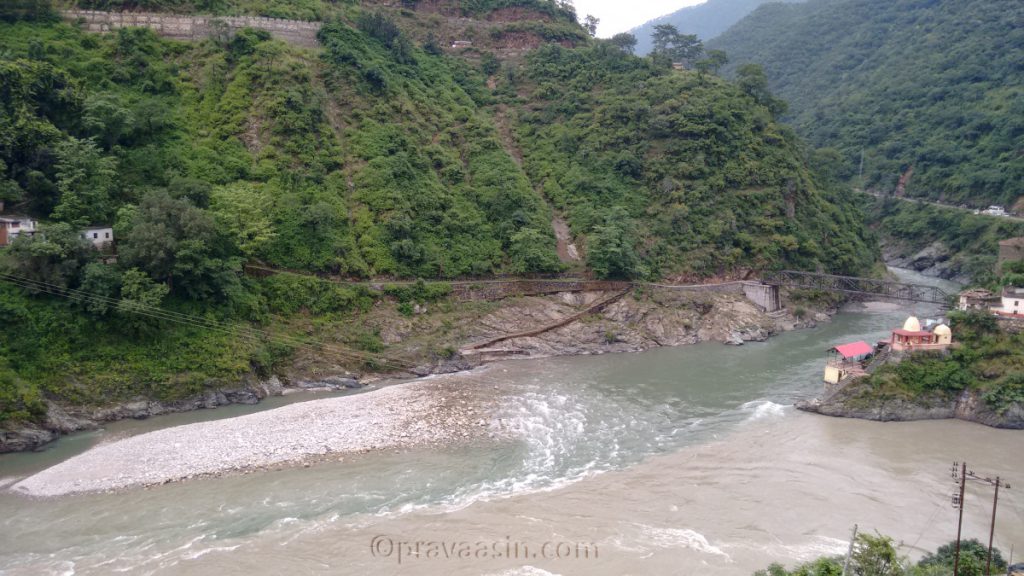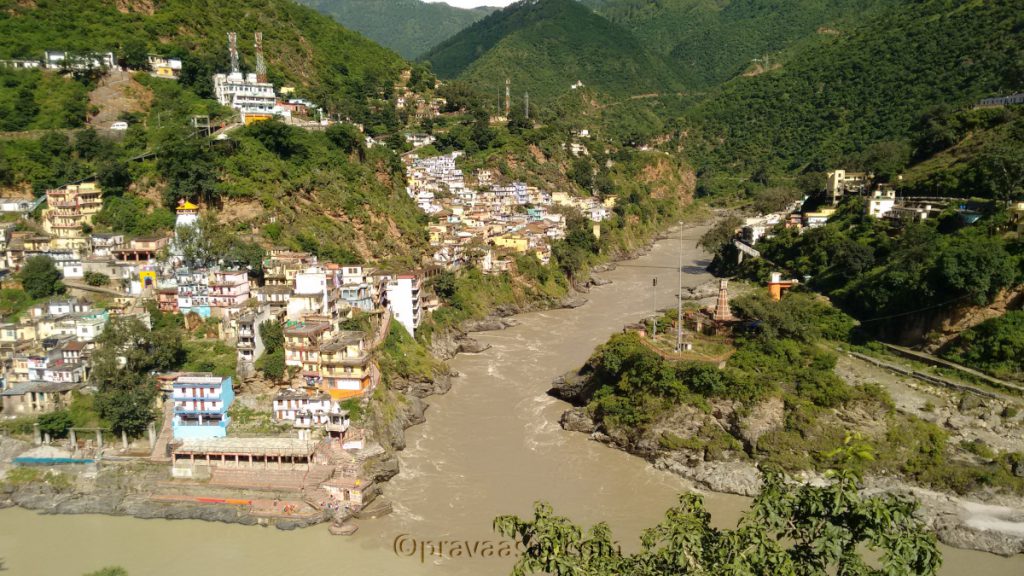This post will not have any images because I took none. I did not take any because you are not allowed to take any equipment with you on this tour. That is what makes this place and tour unique and an amazing experience I ever had.
I landed in San Pedro after the Lamanai Tour in the evening. I just wanted to take a break for a day, do the laundry, and maybe go visit Xunantich and head to Guatemala the next day. I had already done two tours, which I don’t usually do, in Belize. One was Lamanai and the other one in Caye Caulker. I didn’t want to spend on another one. So many rave reviews from co-hostellers about ATM caves, I had to extend my trip. I booked the tour the next thing. Good decision.
The tours happen in two batches, one in the morning and the other in the afternoon. I was in the afternoon batch. We were told to wear crocs for the tour. We could borrow from the tour agency itself. We left for the tour in a small bus. We arrived at the base camp at around 2 PM. First, we had lunch. I had frijoles con Arroz. We were told to get dressed in swimwear and wear life jackets. We also got helmets and a headlight. We were further divided into groups of eight and were assigned a guide. Our guide was a knowledgeable person. He has worked with archaeologists.
We soon started walking and within 100 meters, we had to cross a stream. The water was waist-deep and there was a rope hanging across the stream to help us cross. I realized why no equipment on this tour. After walking about 10-15 mins more in the tropical forests, we get to cross another stream but this was a shallow one. Another stream after a 20 min walk. This one is again waist-deep.
After 15 mins of walk, we get to a picnic area. We need to keep our water bottles here, take a restroom break if needed. This is also the spot where we check our headlights before we head into the cave. The entrance to the cave is not far from here. The entrance to the cave is also the outlet for the stream coming from inside of the cave. The stream creates a pool of water 15ft in length and depth. We need to swim across this pool to get into the cave. We swim across one by one. I was the last one to cross, I swam carefully so as to not lose my loosely held crocs.
Now we are inside the cave, we start walking in the stream. As we are walking, our guide shows us dead crystals, some crystals which are coming back to life with a fresh coating of calcium. We move on from there and see live crystals glistening.
We come to the point where it is the last point of the light zone. After this place, there is no light in the cave. To demonstrate how dark it is, the guide asked all of us to switch off our headlights. It was pitch dark. Never seen anything so dark, rather did not see anything, not even the person next to me.
We turn our lights back on and wade through the water. We get to a rock wall to climb at which point we leave the stream and climb onto the higher regions of the cave. After the climb, we get to an open space that used to be a ritual place for the Mayans. They call it a ‘cathedral’ now. Till now it has been only a narrow passage between rocks. But this is a wider hall. We had to remove our shoes at the entrance and walk in our socks. (I realized then why tour agents insisted on socks)
The path has been clearly marked for the visitors. The place is full of pots and pot shards and skeletal remains. Mayans break the ritual pots as they believe the pot to have a soul and should not be tormented by evil forces.
Before the drought that seemed to have occurred between 820-900AD, Mayans would venture as far as the last light zone but never venture beyond that. Due to the desperation caused by the prolonged drought, they reached higher up the cave in the hope that it would please the gods.
We take in all the artifacts at a slow pace. We see a couple of skulls. The pots have calcified at some places. As we walk further into the hall, we see the rain goddess figurine in the rocks. Right in front of it are three round pots almost intact. One is inverted. One is on the side. The third is filled with stones. The belief is that the rain goddess is very powerful and there is no need to protect the soul of the pots, hence the pots are not broken.
We leave the hall and climb further up. The entire place is dry but there is evidence of water flow. There are calcification marks, the flowstone, and puddles at some places. When there are rains, water seeps into the cave. The flowing water then moves artifacts. Archaeologists and guides keep discovering new artifacts after a rainfall.
Now on to the final leg before we turn back. We climb a modern ladder and reach a small chamber. At the entrance is a skeleton. Just before the skeleton, there is a huge rock that acts as a dam. The dam has helped preserve the crystal maiden at the same place for ages. The skeleton is believed to be of a teenager sacrificed for a ritual.
We turn around and take the same route back almost to the entrance of the cave. We take an alternate route before the swimming pool at the entrance of the cave. This route is a bit difficult as it passes through a very narrow passage filled with water. I could not land my feet so I imagine it to be very deep. I just held the two walls and kept my legs one on each wall and moved forward. After crossing the swimming pool, we are out of the cave and head to the basecamp.
I am very glad to have done the ATM Caves tour. Especially now that we are locked up because of Covid-19. Very lucky to have done it in Jan 2020. This tour is very special because I only have memories of it and no photographs. Perhaps that helped me be present in the tour and enjoy every moment of it.

